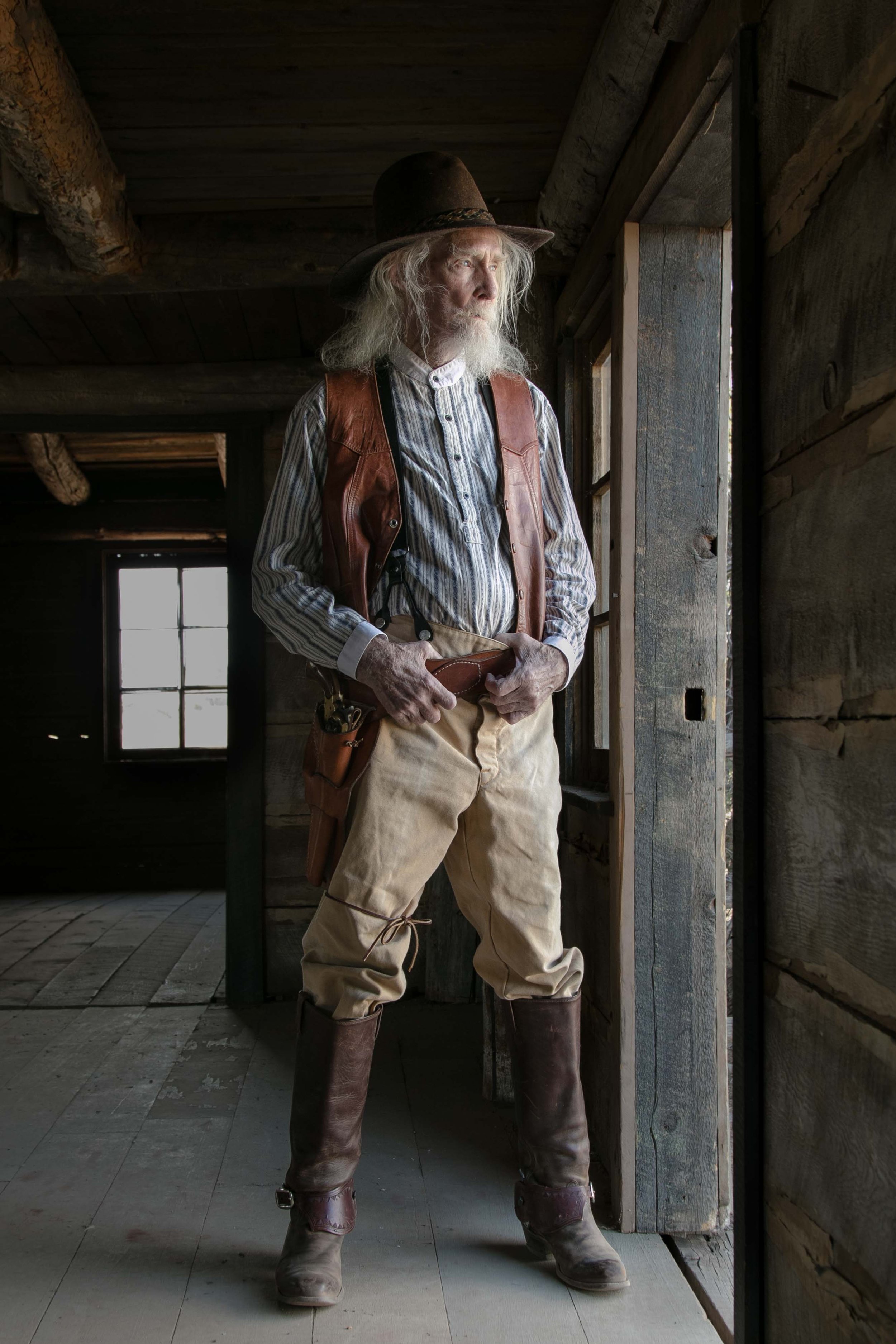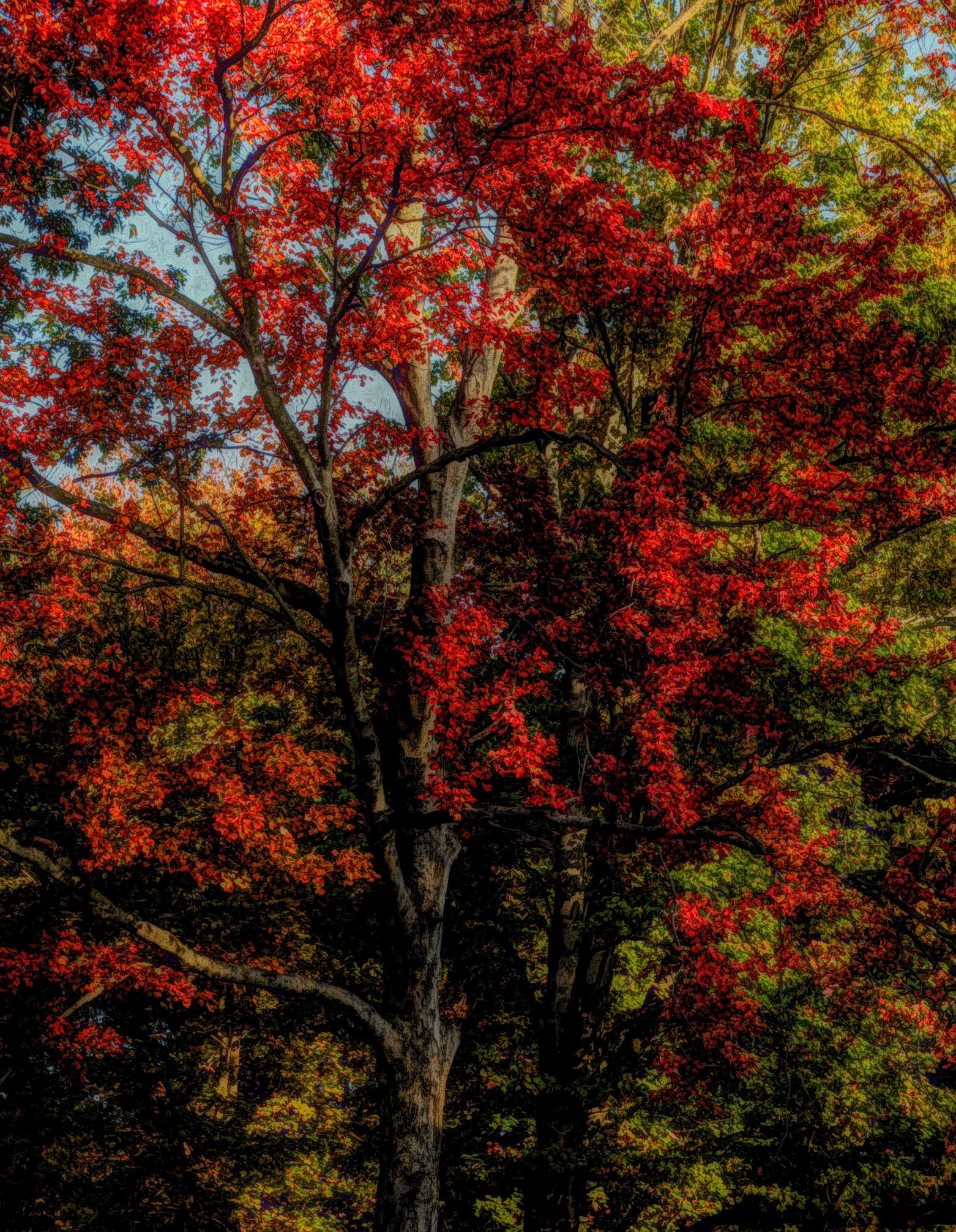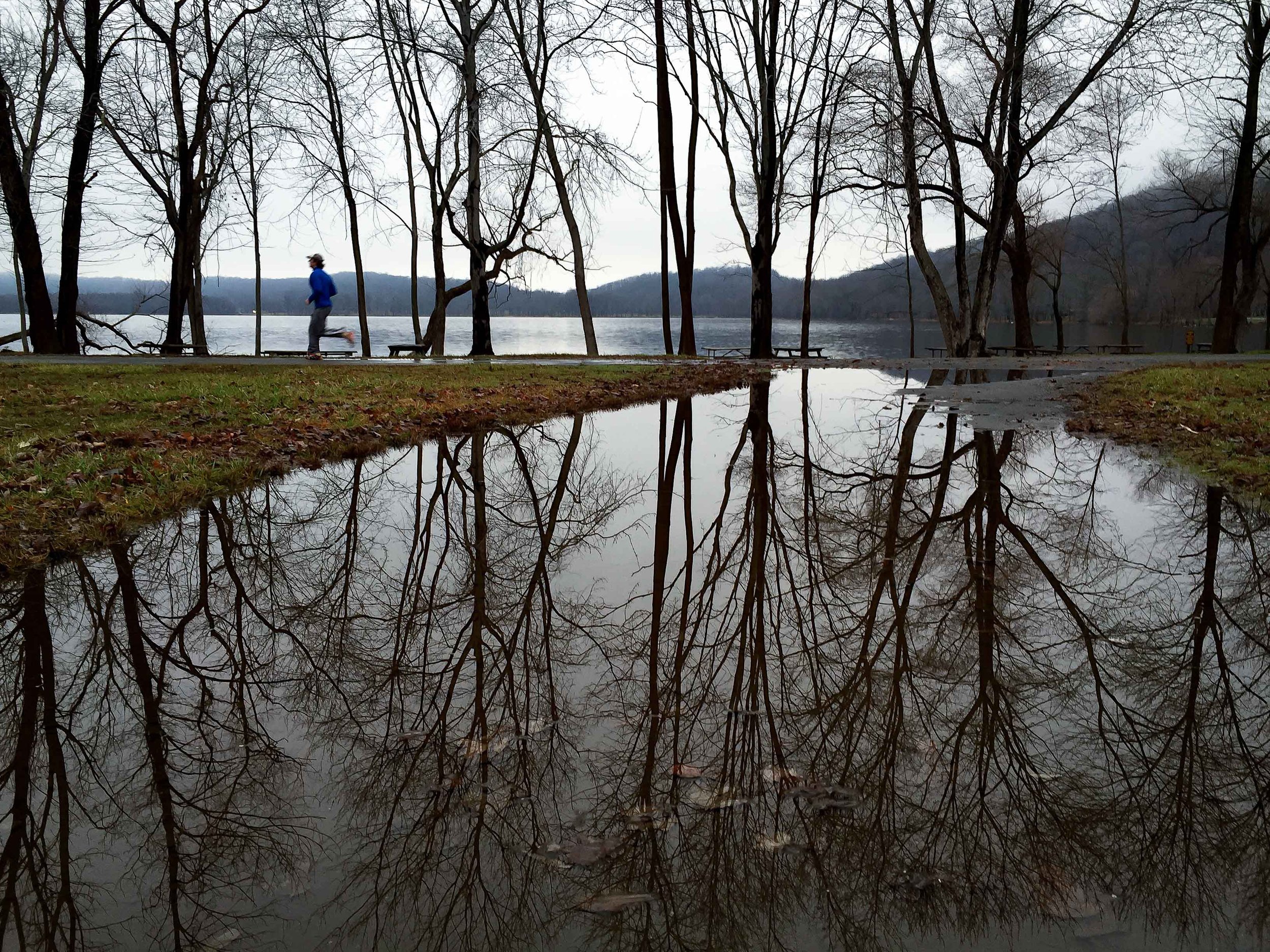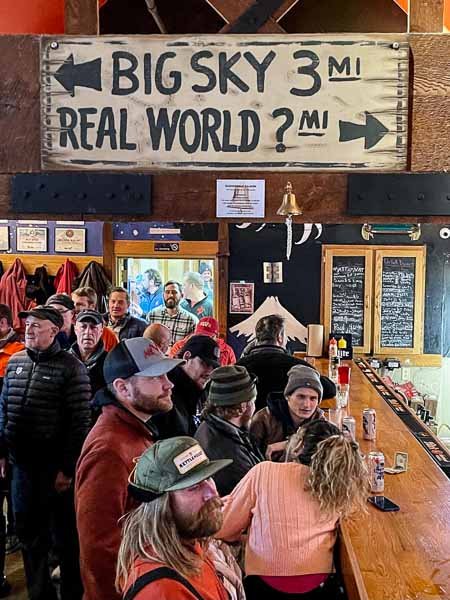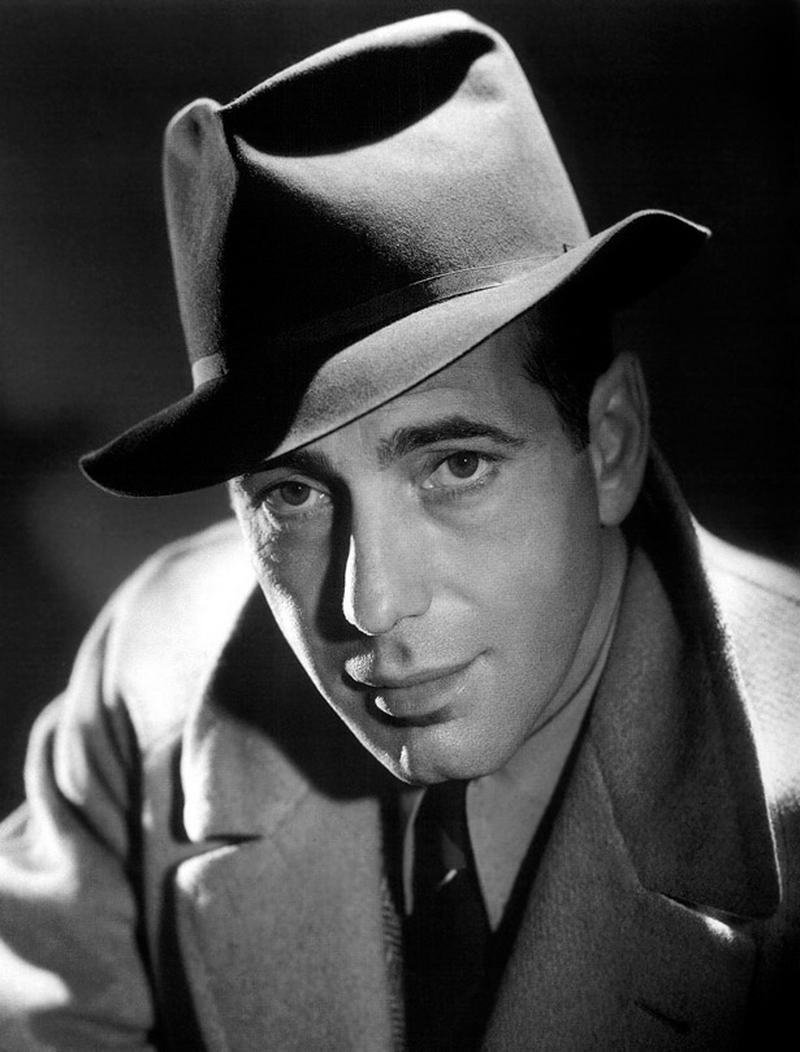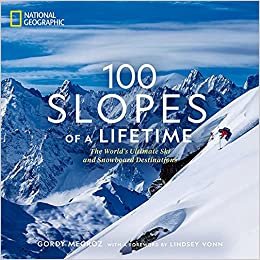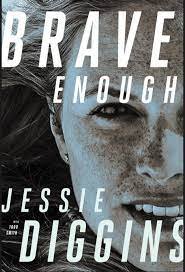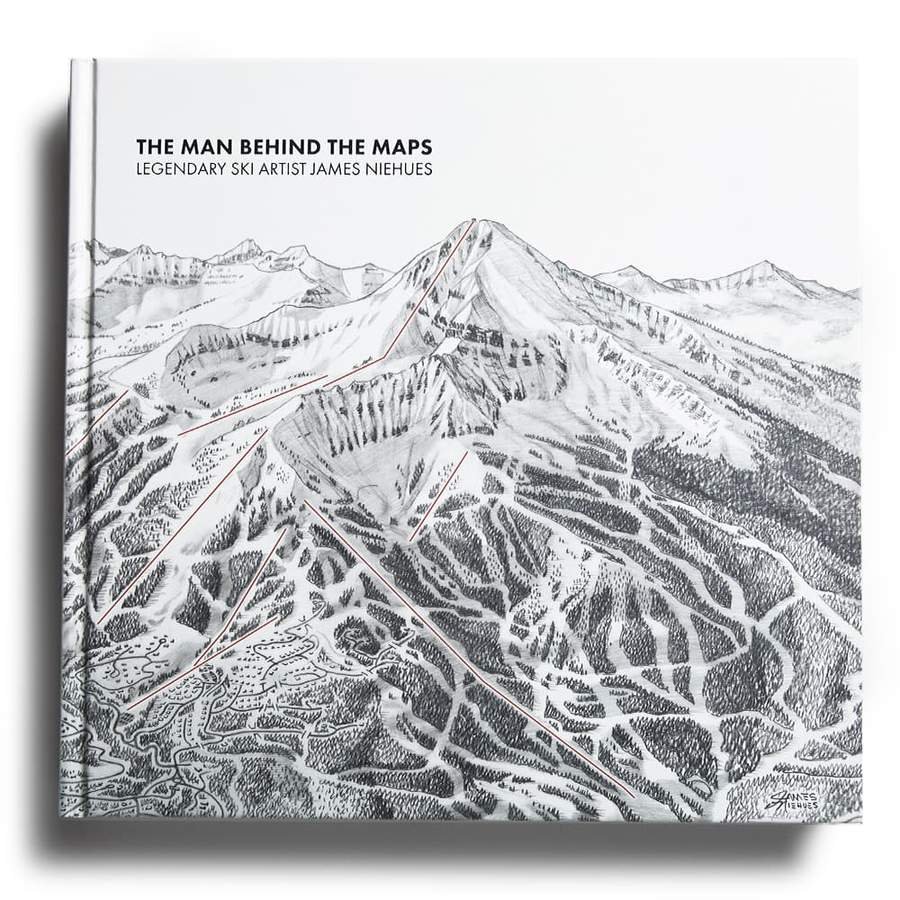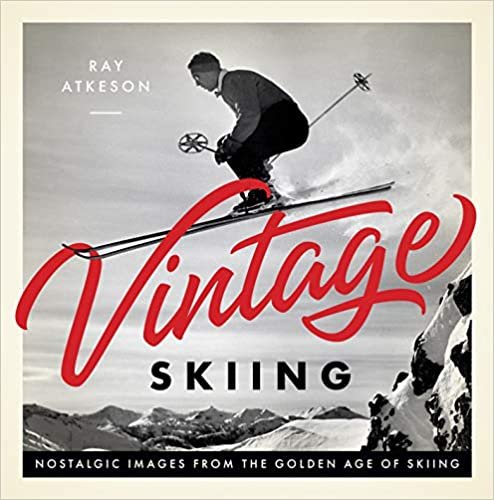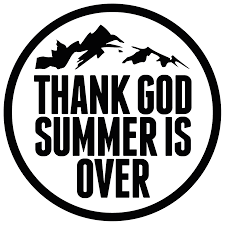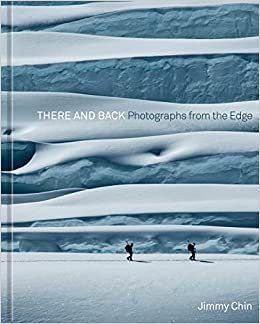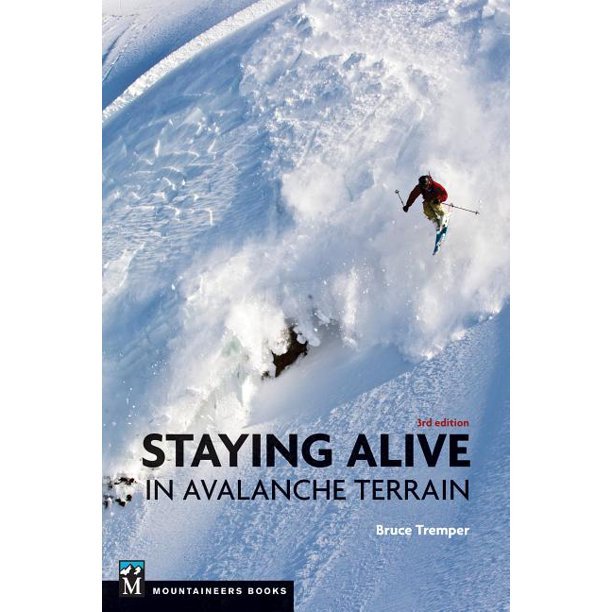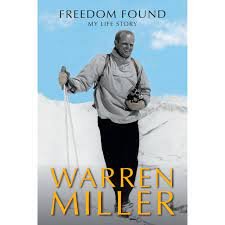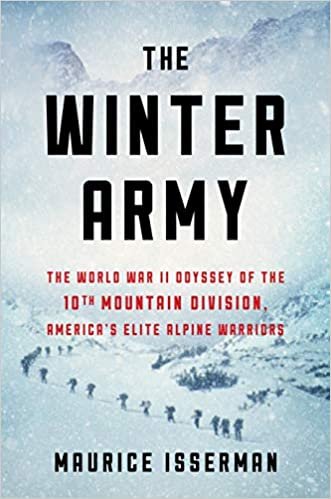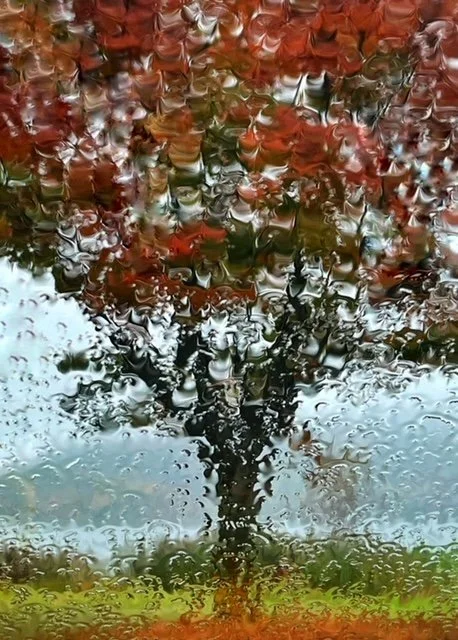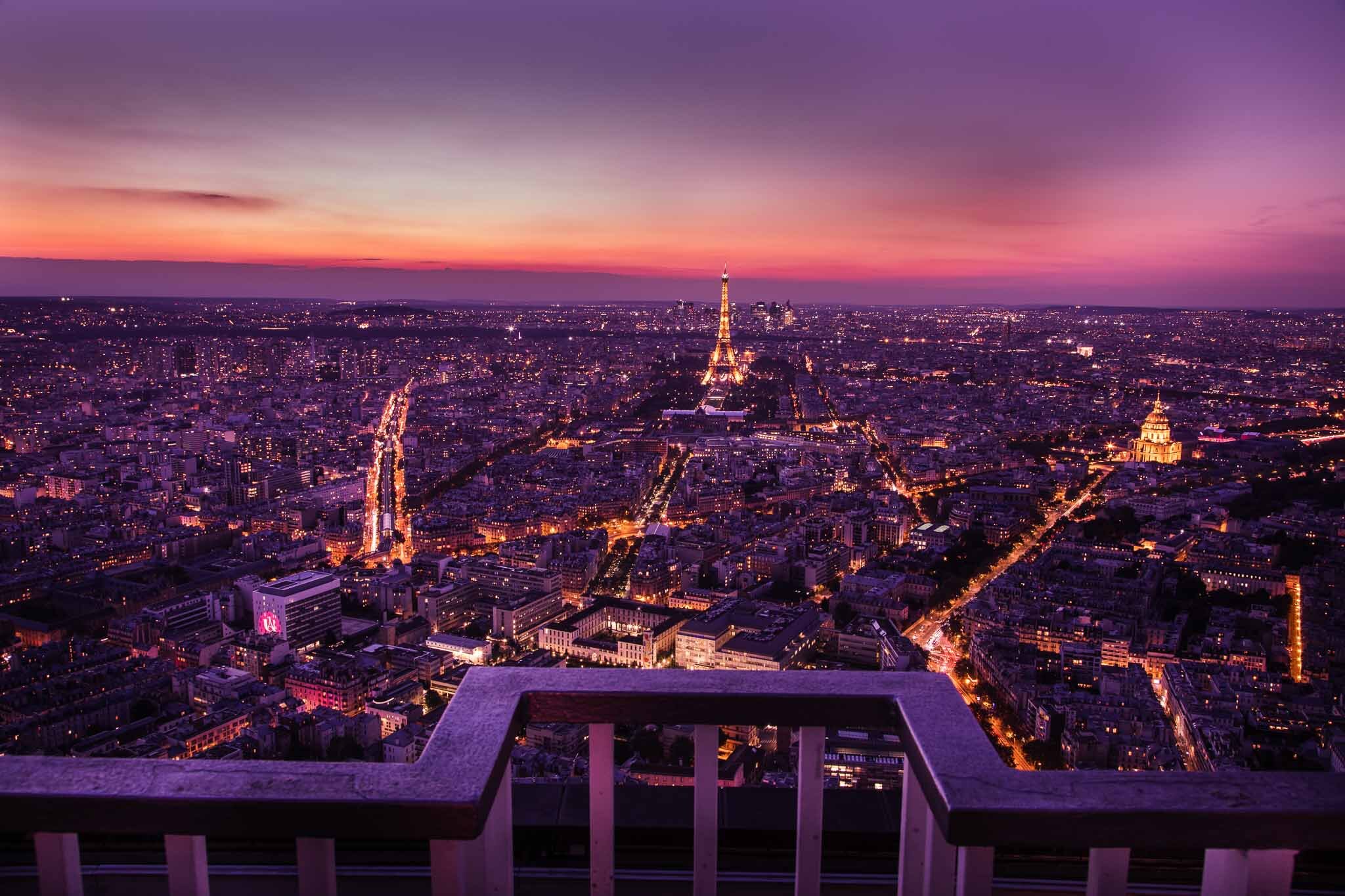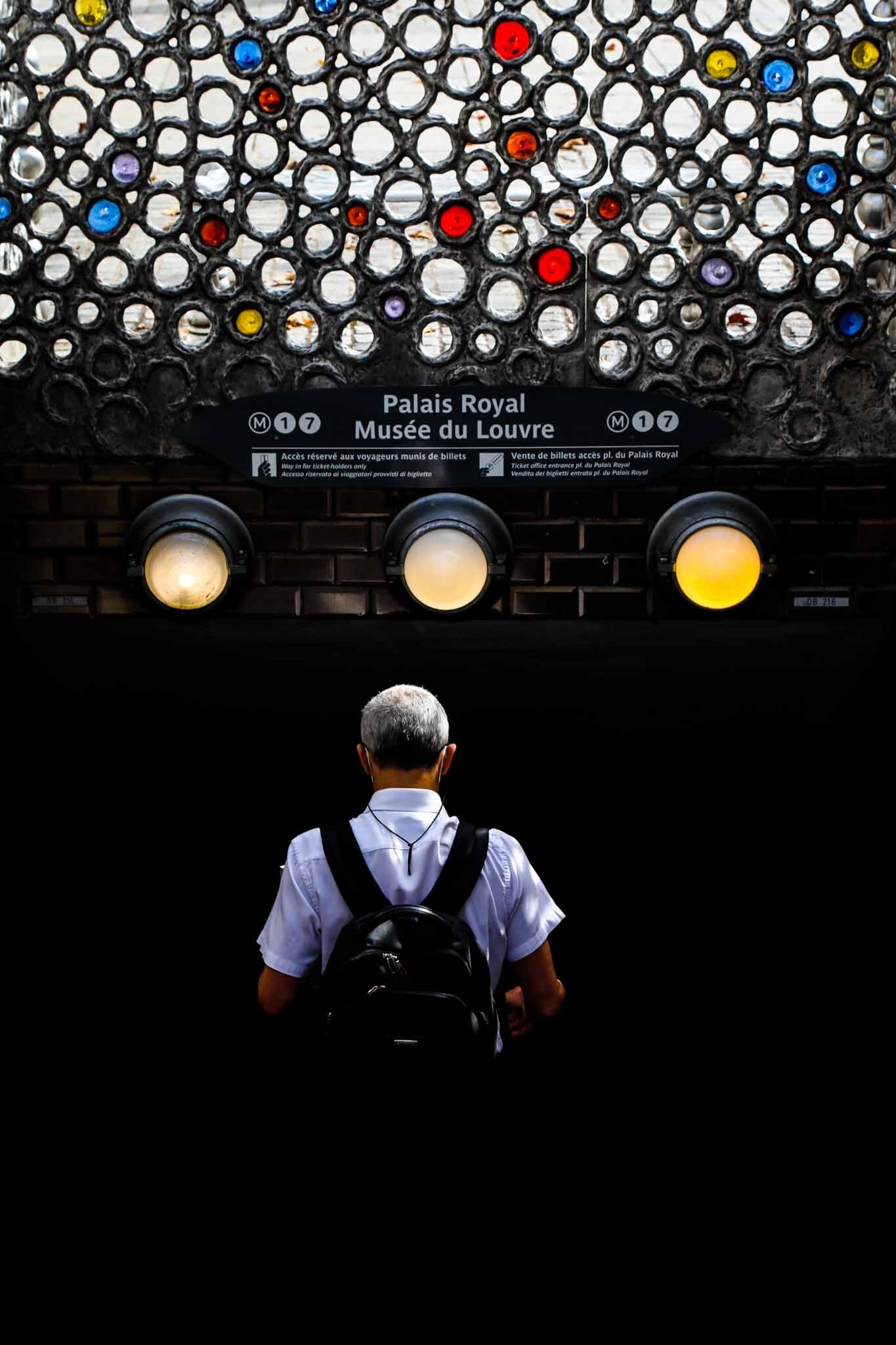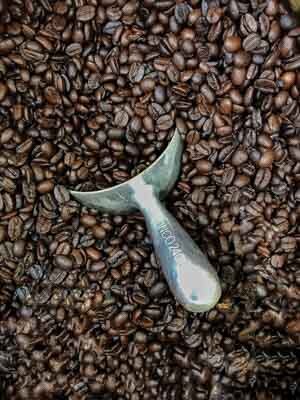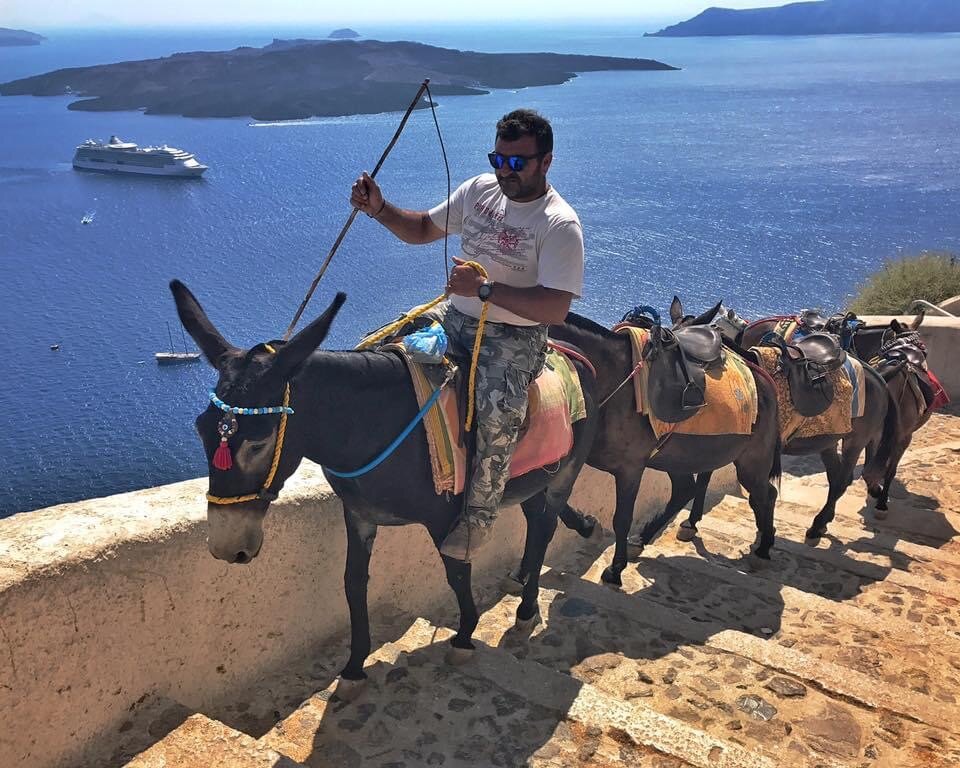Fear of Failure...
“Life Is Like a box of chocolates, you never
know what you’re going to get.”
~ Forrest Gump ~
Kinzie Street Bridge - Chicago, IL
One of the more notable memories… “Hey kid… don’t come back without a picture!” I remember it like it was yesterday… the good old days of photojournalism.
The crusty, old guard at Gannett Newspapers in the early ‘90’s relished the opportunity to let you know who was in charge. Working as a Stringer (industry name for freelance or part time photographer) didn’t place you high on the food chain among staff and lifers (as I like to call them). You simply hoped to get work each day and in my case, a bias towards sporting events. There was no way of controlling what assignment(s) came your way though, you just picked up what was being offered and went on your way.
Multiple assignment days were a bonus. Because there was a plethora of photographers on staff at the time, I was looking for crumbs. Anything to prove my worth and ability to satisfy… or exceed… the Editor’s request.
Each assignment paid $50 back in 1990 and required you to drive anywhere in the NYC region. Rand McNally maps were imperative as GPS didn’t exist. Allowing for extra time was always smart as getting lost was fairly common. Some of my maps were new, crisp, and full of life while others had signs of wear & tear and coffee stains. These were the experienced maps! Whether old or new, they were the lifeline for schlepping around the NYC region.
When I had to spend time in the office, the one shining star was photographer Warren Inglese. He was the oldest & best shooter on the staff… bar none. His accolades in the Press world were legendary as he was even nominated for the Pulitzer Prize on two occasions. Someone once said, “He shot Heroes (astronauts) and Zeros (brinks robbers)” during his 42 year career. Always willing to help young photographers, he was gentle in offering advice, willing to lend an ear and always good natured in everything he did. In short… a good apple to the core.
It was only after his passing in 2012 at the age of 87 did I learn about his military service in World War II. As a member of the 361st infantry division, he received a Purple Heart and two Bronze Stars for meritorious achievement while fighting in Italy. He was already a legend as a photojournalist, his service to his country elevated him to hero in my eyes.
Garden of the Gods - Colorado Springs, CO
Everything was a challenge in my early newspaper days. Nothing was easy. Henri Cartier-Bresson famously said, “The first 10,000 images are your worst.” Unlike the digital world we live in now, you didn’t burn through film at the same rate and then delete the rubbish. Sharp shooting was an art form and you made every frame count. Getting to 10,000 images was going to take time. Sure… I took pictures as a kid, but shooting at this level where compensation was involved was a different story. If you assume 36 frames per roll of film, it was going to take 278 rolls to get to the obligatory ‘10,000’ images. This seemed like a forever proposition.
I wasn’t exactly sure what happened when you reached 10,001 images, but some type of celebration was certainly in order. If nothing else, you graduated from clueless to novice… and maybe even had a silver bullet next to your name.
In hindsight, I can safely say, none of this transpired. Zero. To this day, I still strive to complete every assignment better than the last one. I compete against myself and push the creativity to make better images. As such, the fear of failure always exists. What if this? What it that? Will the light be right? It never ends. While it can be annoying to think this way, I believe it also makes you a better shooter in the end as you relentlessly try and capture the perfect image.
Tomb of the Unknown Soldier - Washington, DC
I’ve come to realize… and accept… learning is a life long endeavor. It never ends. You have to continuously strive to improve and stay sharp. It’s part of the game. Former Intel CEO, Andy Grove, once said, “Only the paranoid survive.” Although he was referencing he chip industry, I think the same can be said of photographers.
Personally, I’ve always struggled, floundered, stumbled (choose your wording… they all apply) with black & white photography. Sure, I’ve taken my fair share of newspaper images early on. But, everything was in b&w back then so you didn’t analyze the various shades of gray. You simply defaulted to the film of choice and tried to capture the moment. Recording an image was more an end product than art form.
Today, I challenge myself to envision or see the image before it happens. Perhaps a bit idealistic, but proactive just the same. The adage of creating images vs taking pictures is the goal. The latter is easy and I still make this mistake… a lot. But, trying to see in b&w takes patience. Every image can be enhanced in Lightroom after the fact. I’m hoping to capture the essence of the what I’m yearning for in camera and then tweak it in post processing. I still have a long way to go, but signs of progress are slowly starting to emerge.
Until next time…
Cheers
Nature's Bounty...
“Into the forest I go, to lose my mind and find my soul.”
~ John Muir ~
As the fog rolls in, the ridgeline of Harriman State Park vanishes in the distance. The stillness of Lake Tiorati reflects the morning tranquility while the sound of silence permeates the landscape.
In short… it’s a glorious Spring morning.
The hustle & flow of life can often cloud our daily vision. Rushing to get somewhere often equates to getting nowhere. When you’re in the woods though, nowhere is often the perfect place to be. When is the last time you silently sat by a lake in the middle of nowhere and gathered your thoughts?
My father and I use to walk in the woods when I was a child and he’d ask, “Son, do you hear that?” Naturally, I’d respond, “No” and he’d proceed to tell me, “It’s the blissful sound of silence.” Huh? I’d shake my head and think he was making a funny as he use to call it. It took me years to realize, he was sharing the simplicity of nature… and perhaps life. Sometimes we have to turn off the noise and dial into nature. It takes some practice, but If you do it correctly, there’s plenty to hear.
John Muir once said, “When one tugs at a single thing in nature, he finds it attached to the rest of the world.” How profound a statesman was he? We’re all connected in one universal manner.
In Buddhism, trees are recognized as living things worthy of recognition & protection. I’ll admit to not knowing a great deal about the religion, but I tend to agree with this philosophy.
So, the next time you venture into the woods, take the time to absorb everything before you. It’s not easy to change your workday pace to the serene rhythm of nature. It may take a while and perhaps a few deep breaths will be in order. However, once you get in the zone, it’s a heavenly existence where you can hear nothing and everything at the same time.
Until next time…
Cheers.
The Ski Bum Life...
“Every skier is a morning person on a powder day.”
~ Mark Carruthers ~
After returning from Big Sky a few weeks ago, I can safely say… the ski bum life is alive & well in Montana. Sure, there’s been plenty of changes since I ventured down this road some 30 years ago in Lake Tahoe. Things like affordability, labor shortages and immigration are creating unique challenges and changing the mountain lifestyle.
Let’s step back a moment and clarify a few items before we proceed. I was never fond of the expression ski bum as I was often asked by friends and family when I was going to return to the real world and get a real job? I think a more appropriate title for my western excursion was Adventure Seeker. And, I had plenty of jobs… thank you very much. I was a ski instructor at Alpine Meadows (now Palisades Tahoe), worked as a short order cook at the River Ranch on weekends & holidays, spun records at Emma Murphy’s (DJ Markie Mark in the house) and worked as a stringer for the local newspaper.
In short… I was one busy dude.
In her wonderful book “Powder Days”, author Heather Hansman goes back to relive her glory days as a ski bum... sorry, Adventure Seeker! She ventures back to explore the cold weather lifestyle and how the subculture has changed with the passing of time and the strain of climate change. Many can argue the facts on global warming, but the statistics paint a sad tale. There is less snowfall on an annual basis and the ski season is roughly 30 days shorter than it was in the 80’s. Sad, but oh so true.
The sport of skiing is young by modern standards. Members of the elite 10th Mountain Division returning from WWII, wanted to utilize their mountains skills in the civilian world. Considering these elite Army soldiers trained in Camp Hale, CO, it was logical they returned to CO to develop ski areas - Arapahoe Basin, Vail and Aspen to name three.
Although I never had the privilege of serving in our armed forces, I had a father who worshiped the efforts of the 10th Mountain Division (and wrote extensively about them). Perhaps in a round-about-manner, skiing became a passion & lifestyle in my family.
With parents who met one another at a ski convention… I was doomed. It was inevitable I was going to be a skier at a young age. As I started waking… or wobbling… around the age of two, Red & Marge decided I had mastered the art of balance and it was time time to put Baby Mark on skis. One turn led to another and a child of winter was born. A few short years later, I found myself on the cover of the Ski Bromley brochure. Some 30 years later while living in Lake Tahoe, a group of skiers (including myself) appeared on the cover of the Alpine Meadows brochure. Call it the circle of life.
Gone are my days of skiing 100+ days per season (personal best was 150). Now I’m excited to simply get to the mountains on a regular basis. Making turns at a local ski hill in the tri-state area of NY is just as enjoyable as the big mountains of Colorado, Utah or Montana. The powder may not be the same, but I think you get my point!
We never know what the future holds; but rest assured, if I stay healthy for the next 50 years (insert smile), you’ll find me making turns somewhere on planet earth.
Until next time…
Cheers
Photographic Comfort Zone
“The comfort zone is nothing but a graveyard for your dreams & ideas.”
~ Anonymous ~
Psychologists recommend we step outside our comfort zone to increase personal growth & productivity. It’s the concept of ‘once a mind is stretched, it doesn’t go back to its original form’. Makes sense to me; it’s easy enough to understand, but more difficult to implement.
Fear of the unknown, or the discomfort of getting outside your comfort zone is the culprit. Humans are creatures of habit and like water flowing downhill, we too follow the path of least resistance. It’s the rare moment our rebellious or bad self emerges and we dare to be different in our daily lives.
A quick exercise in reality: When was the last time you took an alternate route to work? Or, bought different vegetables at the super market? Or read a book outside your favorite subject (i.e. fiction instead of non-fiction… or vice versa)? Fair to say… it’s probably been a while. And, guess what… you’re normal.
This same concept applies to photography; and in my case, my lack of portraiture. Sure, I’ll take images of people, but it’s rarely a formal portrait. It may be an image of an athlete after a game or a casual photo of a friend. It’s hardly ever a planned portrait though in the conventional sense.
This isn’t necessarily a bad thing mind you… but, I do need to expand my repertoire in this genre. Working for a high school portrait company decades ago (circa 1990) may have tainted my thoughts on the subject. Lining kids up and shooting 30 or 40 a day is simply a numbers game with no creativity. The consistency of your main & fill light (2:1 ratio) complemented with a hair and back light was the secret sauce. The more consistent you were in the posing and lighting, the quicker the lab could print your images without adjustments. Less time in the darkroom equated to more sales for the company.
The process was an industry standard at the time that any ‘photographer’ could learn. Ironically, I’ve seen a few Senior portraits in recent years and times have changed. They’ve broken away from the indoor cookie cutter image(s) and took on a whole new look. Many kids are now photographed outside with nature, old cars, sports equipment, etc. Perhaps I was ahead of my time?
As I go back and review/study classic portraits by George Hurrell, Annie Leibovitz and Yousef Karsh, they all have one thing in common. Nothing. Sure, you could argue there’s a person in the picture and the images are B&W. Upon further study, each one is truly unique and beautiful. The subjects soul isn’t compromised or stolen, but rather a masterful interpretation is created.
Humphrey Bogart… Photo: George Hurrell
Winston Churchill… Photo: Yousef Karsh
Arnold Schwarzenegger… Photo: Annie Leibovitz
In any event… or portrait… I still tend to migrate to non-conventional portraits. Something with an action and/or sports orientation. Maybe a thought provoking ocean scene from the subjects point-of-view. Or simply a beautiful moment in time. All of these fall within my comfort zone, but aren’t your typical portraits.
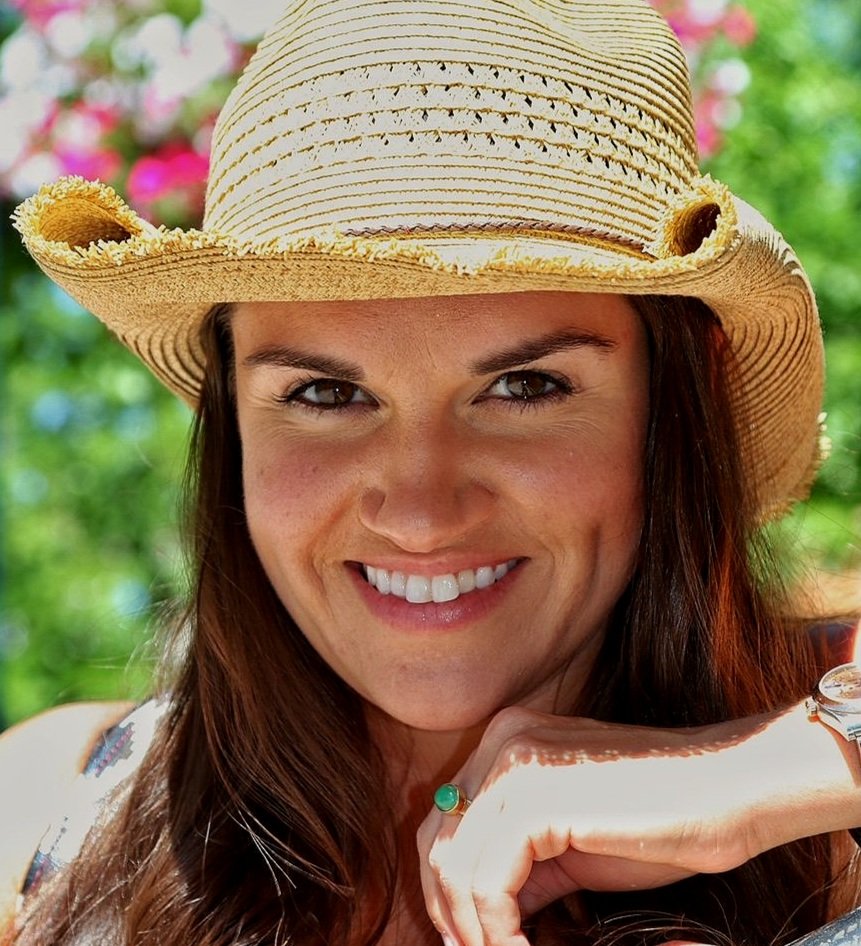
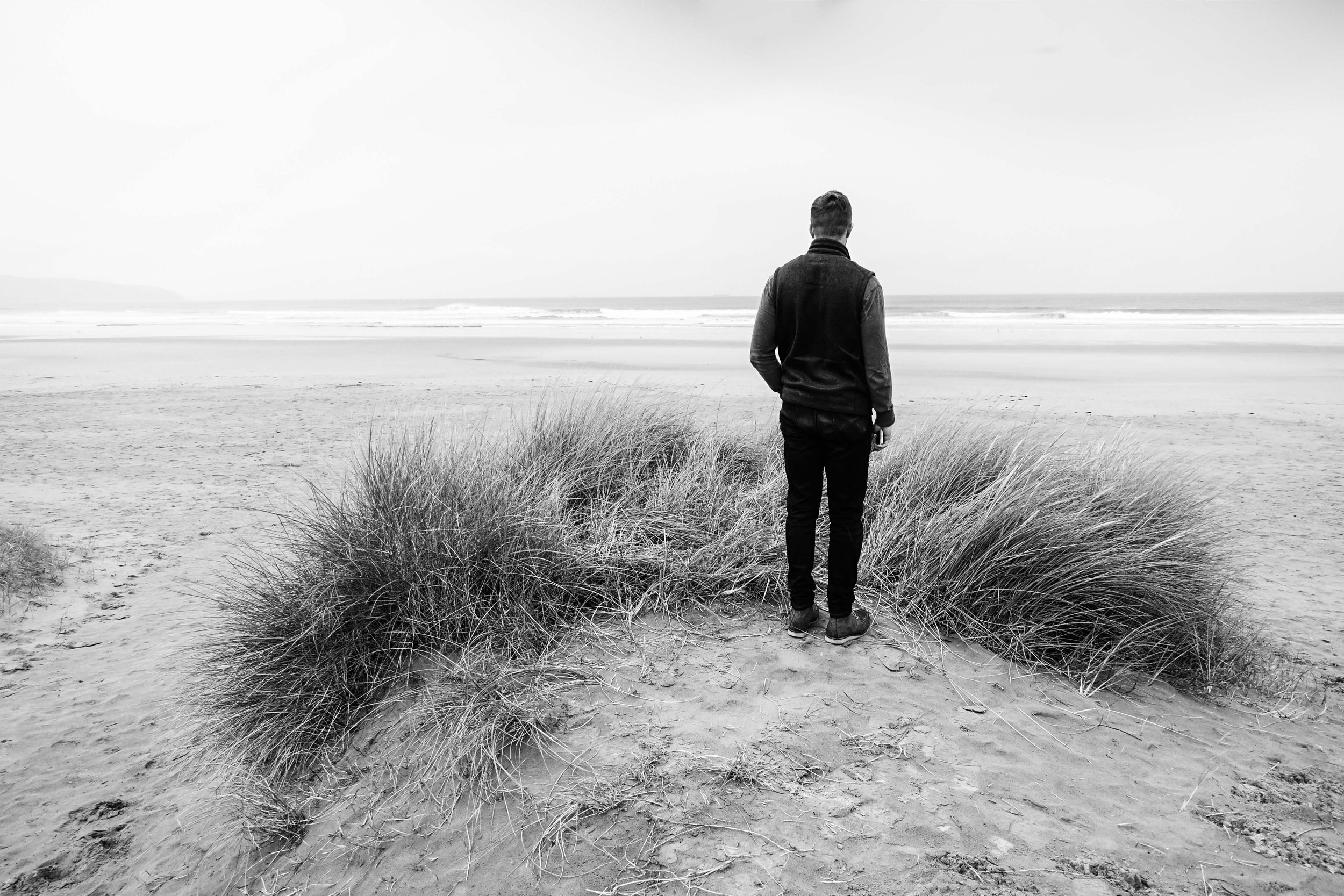
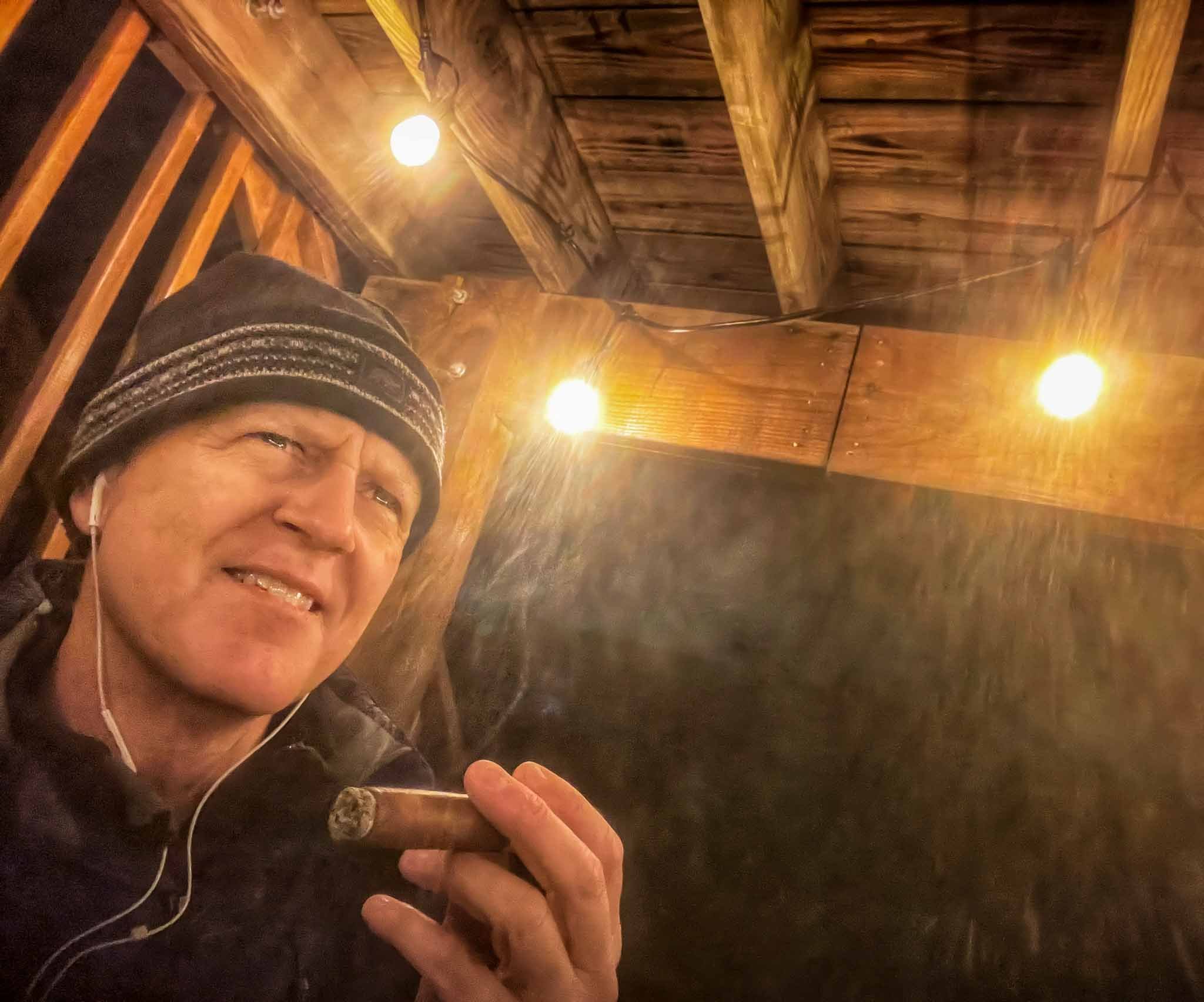
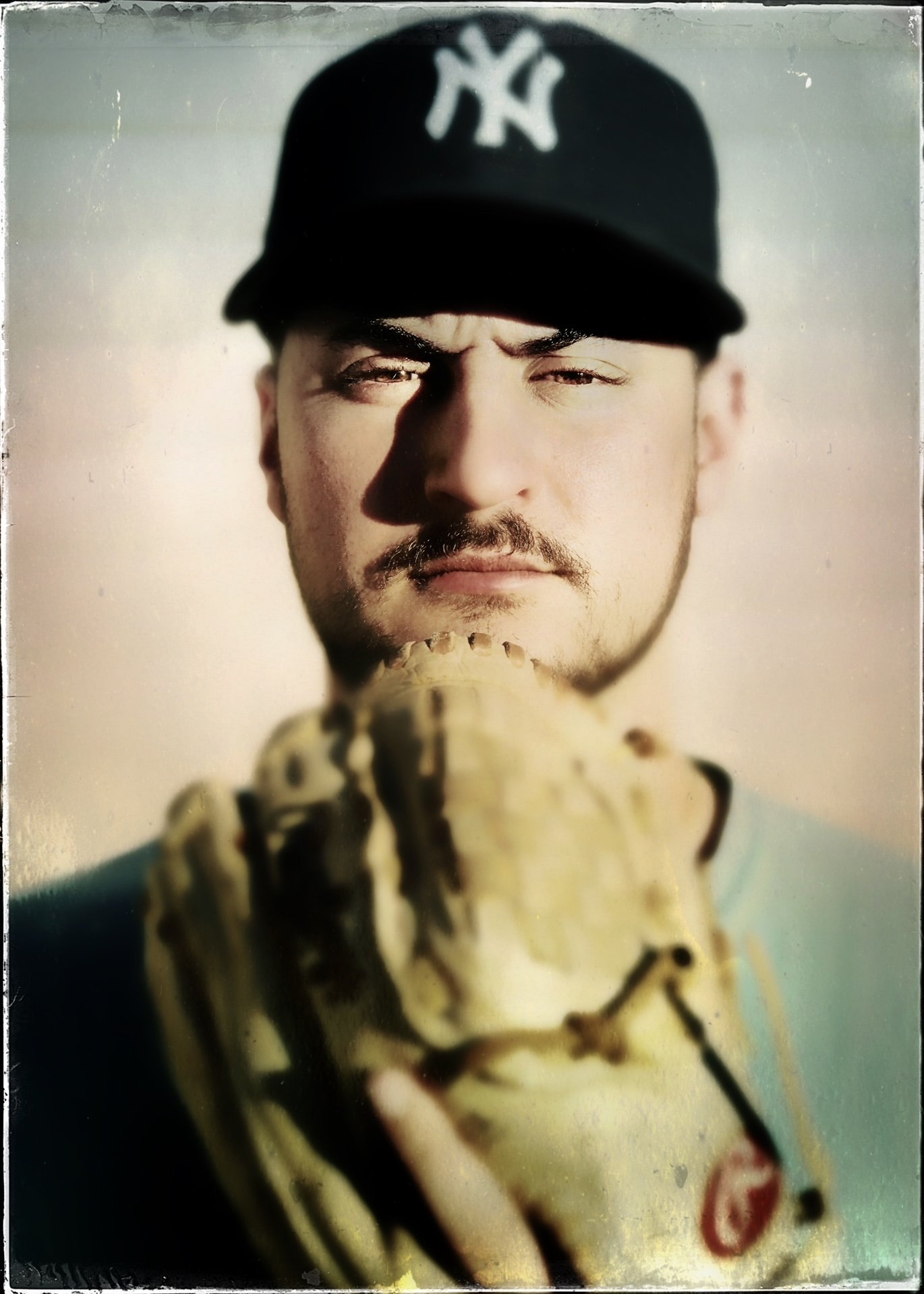
Natural light is also something I’m fond of. This isn’t to say artificial lighting doesn’t have a purpose… it most certainly does… I simply prefer to manipulate the natural light through diffusing, bouncing or reflecting.
That being said… I think it’s time to get back to more formal portraiture and expanding my comfort zone. Maybe I’ll even try some of the new fangled virtual photography portraiture I’ve been reading about for extra credit.
Until next time…
Cheers
Fruit of the Loom & 2022
“Every moment is a fresh beginning.”
~ T.S. Eliot ~
Here we go again… out with old, in with the new. I’m not sure of the origin of New Year’s Eve celebrations, but I’ve graduated to the stay at home guy over the years. Boring, but oh so true. I tend to create my own peaceful fun. Call me old fashioned… or just old… but I’ve earned the right sit near the pellet stove and sometimes fall asleep before the official celebration.
This isn’t to say, I haven’t participated in my fair share of New Year’s Eve parties. Quite the contrary. I’ve kissed at the stroke of midnight, danced until the early morning hours and consumed a wee bit of alcohol from Waitsfield, VT to Tahoe City, CA. In the words of Johnny Cash, “I’ve breathed the mountain air, man. Of travel, I’ve had my share, man. I’ve been everywhere.” In short: Been there, done that.
Living in the NYC suburbs these days, affords me the opportunity to sit on the couch and live vicariously through the great TV coverage of festivities from around the world. It’s great to see young America in Times Square braving the elements while wearing Depends or some other sanitary product to allow for 10+ hours of standing inside the security zone (YOLO… I guess?).
Better them than me! I’m more of a Fruit of the Loom and fuzzy slippers kind of guy. Toss in a Guinness and/or Irish Whiskey and I’m good to go… at least for a few hours.
Perhaps this year I’ll even make it to midnight and hear Auld Lang Syne (never really understood this song?) and the collective chorus of “Happy New Year!”
Until next year…
Cheers.
Holiday Books 2021 - Skiing Edition
“A Pair of Skis are the Ultimate Transportation to Freedom.”
~ Warren Miller ~
The “Best of Everything”’ season is upon us! Break out the trumpets and let’s have a drum role for the time of year where the latest & greatest is recommended… best cameras, best movies, best songs, best apps, best HDTV’s and so forth.
Perhaps I’m guilty of this to a certain degree. In prior years, I’ve penned a few thoughts on some of my favorite books during the year (usually photography related). Well have no fear, I won’t bore you with my dribble this year. At least not in the conventional sense… rather I’ll bore you with something near & dear to my heart… skiing.
It shouldn’t come as a surprise; you will never find a skiing related book on the New York Times bestseller list. Sad, but oh so true. It’s too much of a niche industry to attract a large audience.
Here’s where I come in.
There is a gold mine of wonderful ski books if you do a little shoveling… old & new… historic and classic. Two are even two new books and one drops this week. I won’t call it an instant classic, but the sneak previews I’ve read on “100 Slopes of a Lifetime” make it a best seller in my mind. I’ve already requested a copy from Santa and will be sprinting down the hallway at 6:00AM on Christmas morning to see if makes it under the tree.
Here we go… Eight books to peak your interest(s).
100 Slopes of a Lifetime: The World’s Ultimate Ski and Snowboard Destinations by Gordy Megroz
This ultimate skier and snowboarder bucket list, from celebrated runs in Alta, Utah, to the challenge of Switzerland's 4 Vallees races through 100 energizing snowy experiences for all levels. Filled with beautiful National Geographic photography, wisdom from experts, need-to-know travel information, and practical tips, this inspirational guide offers the planet's best ski and snowboarding experiences on breathtaking slopes around the world.
Complete with a foreword from celebrated Olympic alpine skier Lindsey Vonn, 100 Slopes of a Lifetime is divided by interest and skill level: cross-country routes to intermediate downhill moguls to expert-only backcountry terrain, skiers and snowboarders will find the perfect destination for their dream terrain. From dreamy Colorado escapes to Hokkaido, Japan, where Siberian storms dump more than 60 feet of snow every year, you'll find countless slopes to add to your bucket list from the wilds of Alaska to breathtaking Morocco.
Brave Enough by Jessie Diggins
In Brave Enough, Jessie Diggins reveals the true story of her journey from the American Midwest into sports history. With candid charm and characteristic grit, she connects the dots from her free-spirited upbringing in the woods of Minnesota to racing in the bright spotlights of the Olympics. Going far beyond stories of races and ribbons, she describes the challenges and frustrations of becoming a serious athlete; learning how to push through and beyond physical and psychological limits; and the intense pressure of competing at the highest levels. She openly shares her harrowing struggle with bulimia, recounting both the adversity and how she healed from it in order to bring hope and understanding to others experiencing eating disorders.
The Man Behind the Maps by Todd Bennett Ben Farrow and Jason Blevins
Featuring over 200 ski resort trail maps hand-painted by one legendary artist, this beautiful 292-page hardcover coffee table book is the first and definitive compilation of the art created by James Niehues during his 30-year career. Eight geographically themed chapters form the heart of the book, offering you full-page images of the world’s most iconic ski areas including Alta, Arapahoe Basin, Aspen, Breckenridge, Big Sky, Deer Valley, Heavenly, Jackson Hole, Jay Peak, Killington, Kirkwood, Lake Louise, Mammoth, Mont Tremblant, Mt. Bachelor, Park City, Revelstoke, Snowbird, Squaw Valley, Stowe, Sugarloaf, Sun Valley, Taos, Telluride, Whistler Blackcomb and other renowned resorts. In engaging narrative that complements the maps, Niehues reveals his exacting technique, which demands up to six weeks to complete a single painting. He then walks you through the step-by-step process for mapping Breckenridge, sharing everything from aerial photographs, to numerous pencil sketches, to in-progress builds, to the final trail map illustration. The magic of the finished product is captured in both a foreword by pioneering big-mountain skier Chris Davenport and the perspectives of other ski industry insiders. Every detail was taken into consideration: Italian art-quality printing, heavier weight matte coated paper and a lay-flat binding. A pencil sketch of Big Sky, Montana, graces the cover and features anti-scratch protection. The book is 11.5” tall and opens to a spread of 24” wide, the perfect size to showcase the biggest ski mountains in the world.
Vintage Skiing: Nostalgic Images from the Golden Age of Skiing by Ray Atkeson
Bundle up for a visual adventure of vintage skiing featuring images by one of the most famous ski photographers of that era: Ray Atkeson. With more than 75 skiing photographs in stunning black and white, the snowy slopes of yesteryear will call to black diamond and bunny hill skiers alike.
There and Back: Photographs from the Edge by Jimmy Chin
The Academy Award–winning director of Free Solo and National Geographic photographer presents the first collection of his iconic adventure photography, featuring some of the greatest moments of the most accomplished climbers and outdoor athletes in the world, and including more than 200 extraordinary photographs.
Note: While this isn’t a ski book per se, there are enough skiing and winter related images that I’ll include it in the genre.
Staying Alive In Avalanche Terrain by Bruce Temper
The more you know about snow stability, the better your travel and rescue skills. And the sharper your decision making, the better you’ll be able to avoid avalanche danger and have more fun in the winter backcountry. In Staying Alive in Avalanche Terrain, 3rd Edition, acclaimed snow and avalanche expert Bruce Tremper provides easy-to-understand avalanche safety tips and skills, including the latest snow research and techniques for evaluating snowpack, as well how to rescue companions in the event of an avalanche.
Freedom Found - My Life Story by Warren Miller
Warren Miller is known as skiing’s greatest storyteller and as the godfather of action-sports film making. Now, here at last, is the rest of his extraordinary life story―and what happened behind the camera is even more remarkable than what you saw on the big screen. In this soul-searching autobiography, Warren revealed the secrets of his past and the peaks and valleys he navigated in bringing the sport he loves to audiences worldwide. Freedom Found is a must-read for Warren’s legion of fans, ski history enthusiasts, adrenaline junkies and anyone whose interest is piqued by an extraordinary 20th-century success story. This is a heartwarming and at times heart-wrenching account of an American innovator who did it his own way, understood the importance of making people laugh, and never looked back.
The Winter Army: The World War II Odyssey of the 10th Mountain Division by Maurice Isserman
WINNER OF THE INTERNATIONAL SKIING HISTORY ASSOCIATION'S ULLR AWARD | “Compelling and readable . . . I had serious trouble putting this book down.”—John C. McManus, author of Fire and Fortitude and The Dead and Those About to Die
The epic story of the US Army’s 10th Mountain Division, whose elite soldiers broke the last line of German defenses in Italy’s mountains in 1945, spearheading the Allied advance to the Alps and final victory
At the start of World War II, the US Army had two cavalry divisions—and no mountain troops. The German Wehrmacht, in contrast, had many well-trained and battle-hardened mountain divisions, some of whom, by 1943, had blocked the Allied advance in the Italian campaign. Starting from scratch, the US Army developed a unique military fighting force, the 10th Mountain Division, drawn from the ranks of civilian skiers, mountaineers, and others with outdoor experience. The resulting mix of Ivy League students, park rangers, Olympic skiers, and European refugees formed the first specialized alpine fighting force in US history. By the time they deployed to Italy at the beginning of 1945, this ragtag group had coalesced into a tight-knit unit. In the months that followed, at a terrible cost, they spearheaded the Allied drive in Italy to final victory.
Until next time… happy trails!
Cheers.
Living In the Moment...
“Write it on your heart that every day is the best day in the year.”
~ Ralph Waldo Emerson ~
Visions of Red - Valley Cottage, NY
Back in my college days at SUNY Buffalo, I use to bounce out of bed every morning as though I was shot out of a cannon. I was ready to hit the ground running and tackle the world. Safe to say, things are now a wee bit different. As a member of the 50+ club with an AARP membership, I somewhat roll out of bed, stumble to the bathroom and gather my thoughts along the way. One thing that’s worked its way into my morning routine is saying out loud, “It’s a brand new day!” I’ve never quite figured out if I’m thanking the good Lord for another day or accepting the fact a new day affords another chance at greatness; the opportunity to make a difference in someone’s life or simply another day to put my best foot forward.
As we get older, days become weeks, weeks become months and months become years. Time accelerates and its hard to control the speed. It’s an uncontrollable fact of life.
For anyone in my age band, I’m sure you remember Little House on the Prairie and actor Michael Landon. One of his most famous quotes after being diagnosed with cancer was:
“Somebody should tell us, right at the start of our lives that we are dying. Then we might live life to the limit. Every minute of every day. Do it!”
In a strange and perhaps spiritual way, I’m reminded of this fact every fall in my region of New York. The pleasant days of summer give way to the crisp days of autumn as sure as the stars surrender to morning light. And like clock work, a potpourri of colors appear on cue every Sept/Oct/Nov. Sure enough, if you’re not in the moment, they fade into the abyss or the lack of color season (i.e. winter) before you can catch your breath.
As such, I try to stay in the moment and acknowledge the beauty of the season in all its glory. Sometimes I’m in the car and can only gaze at the beauty and smile. Other times, I make it a point to photograph the scenery from both a micro and macro point of view. The wide angle lens approach offers a spectacular ‘scene setter’ view of the landscape while a single leaf or reflection can capture the details of the moment. Also, don’t forget to look up & down as the glory of fall is everywhere (see below).
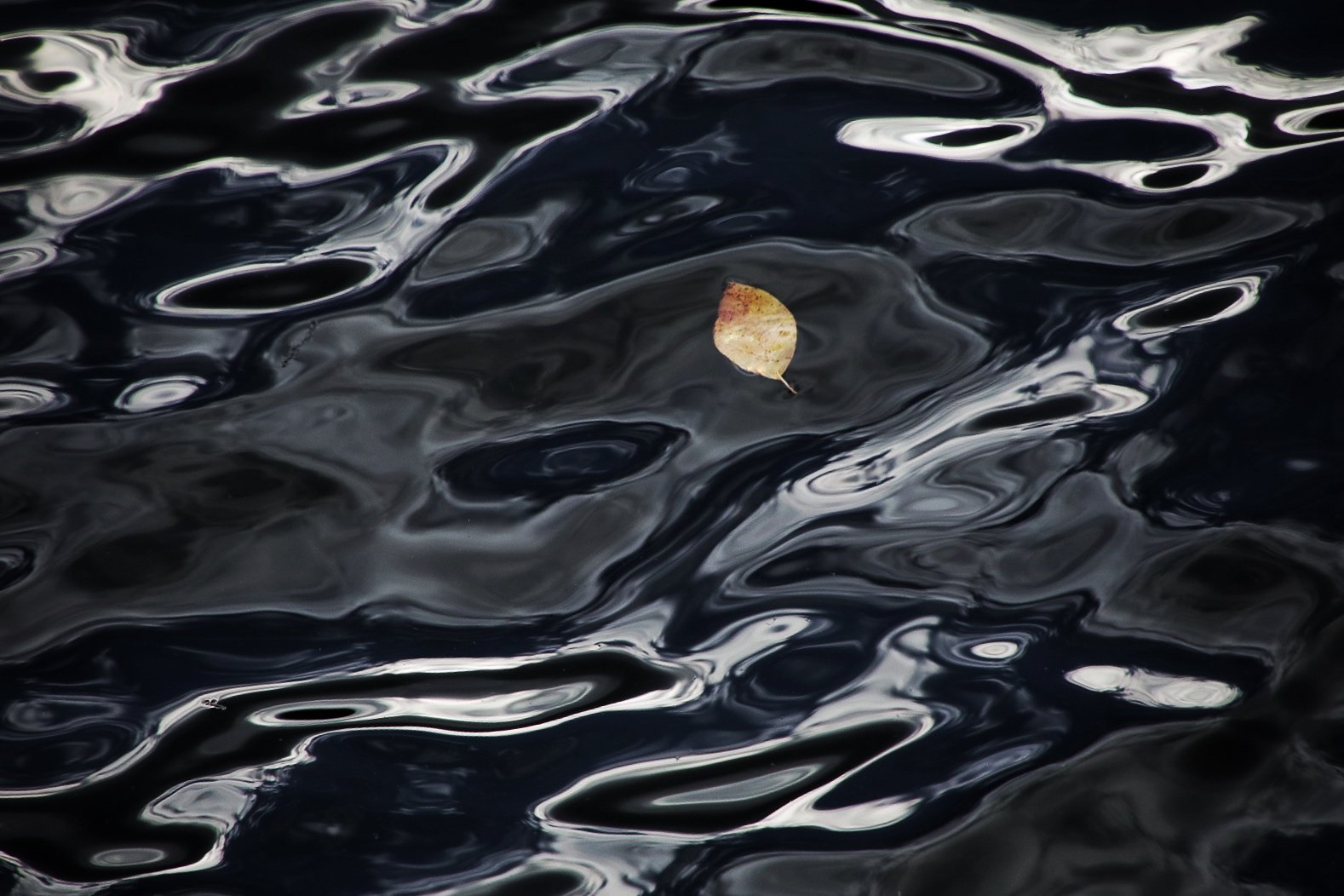
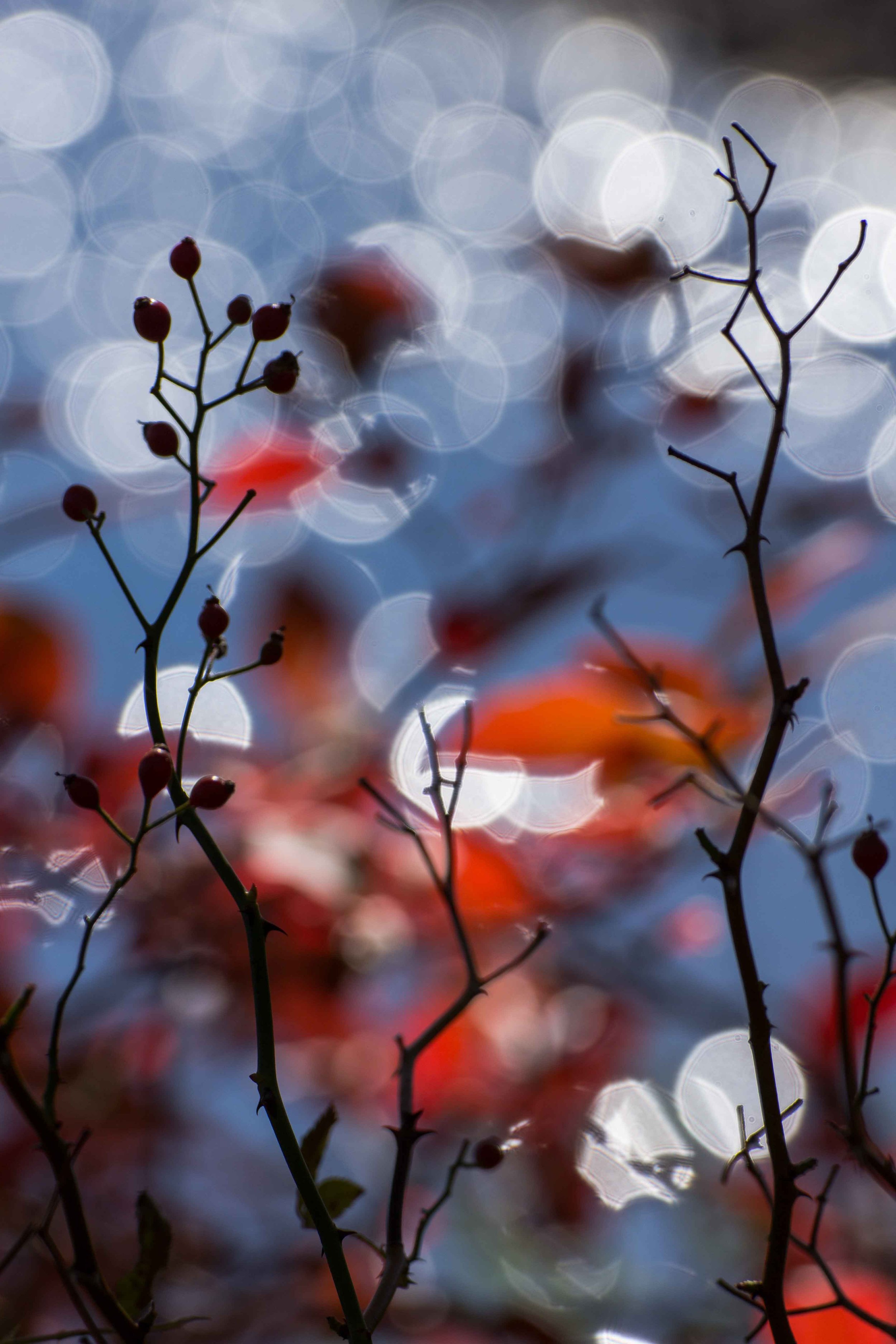
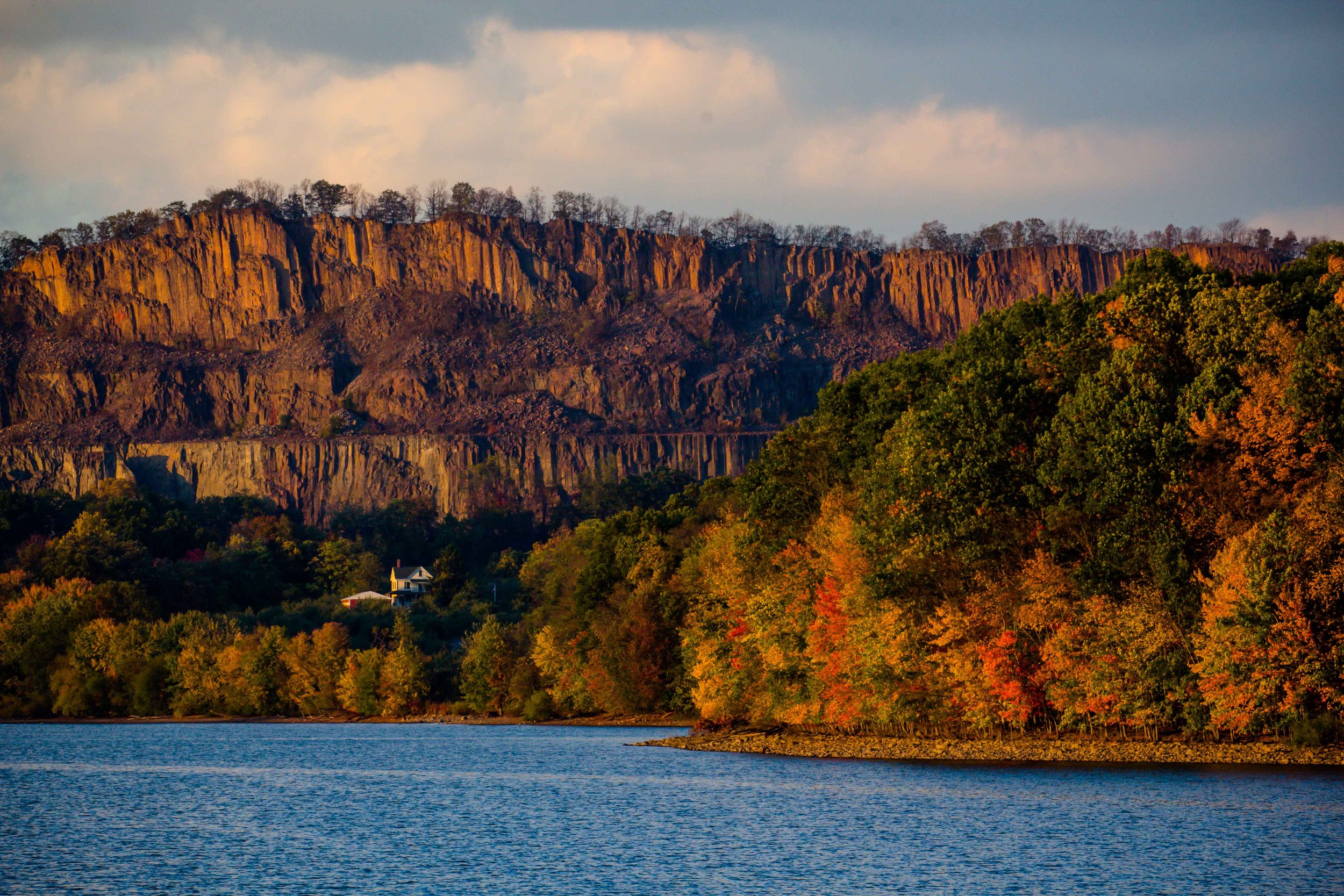
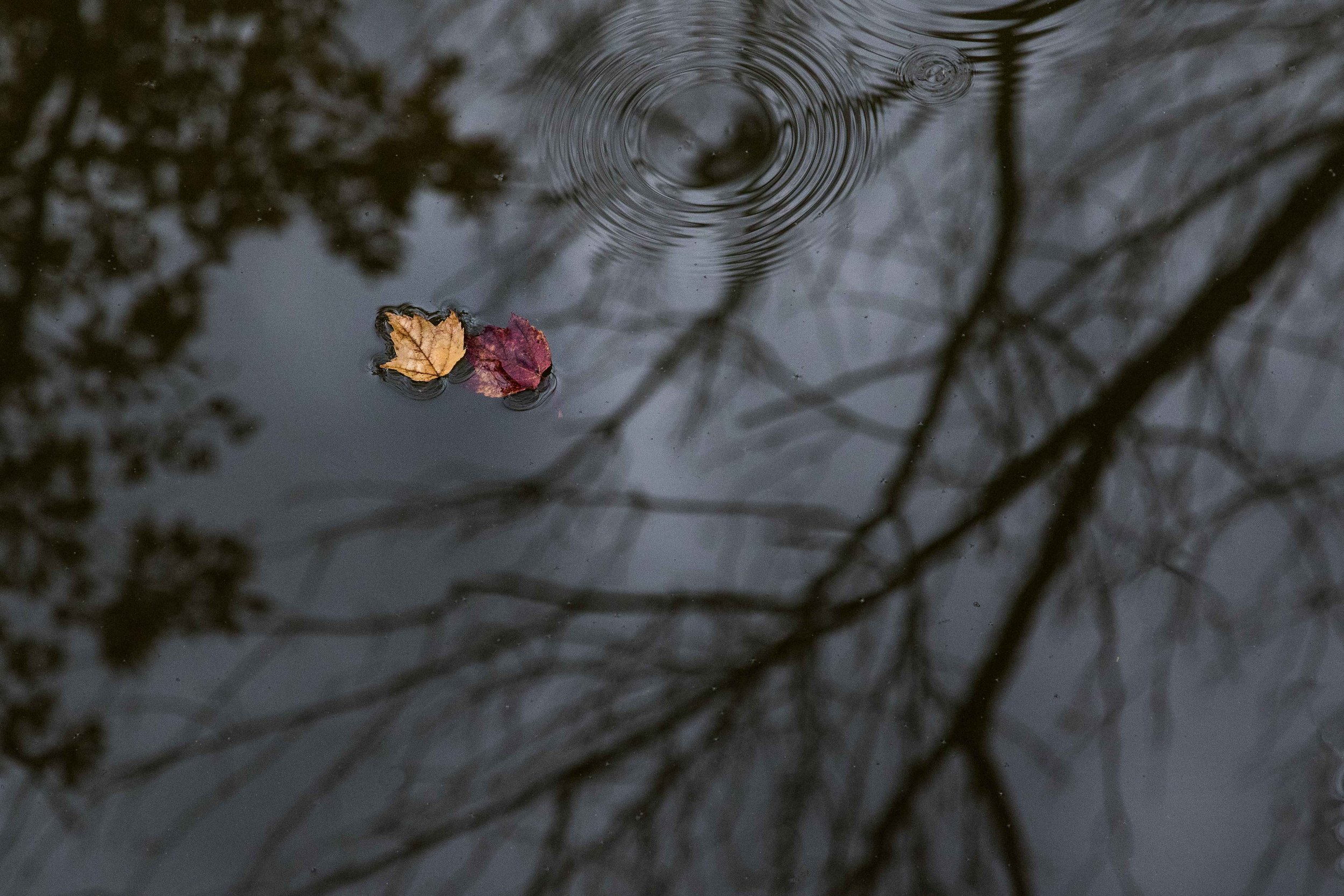
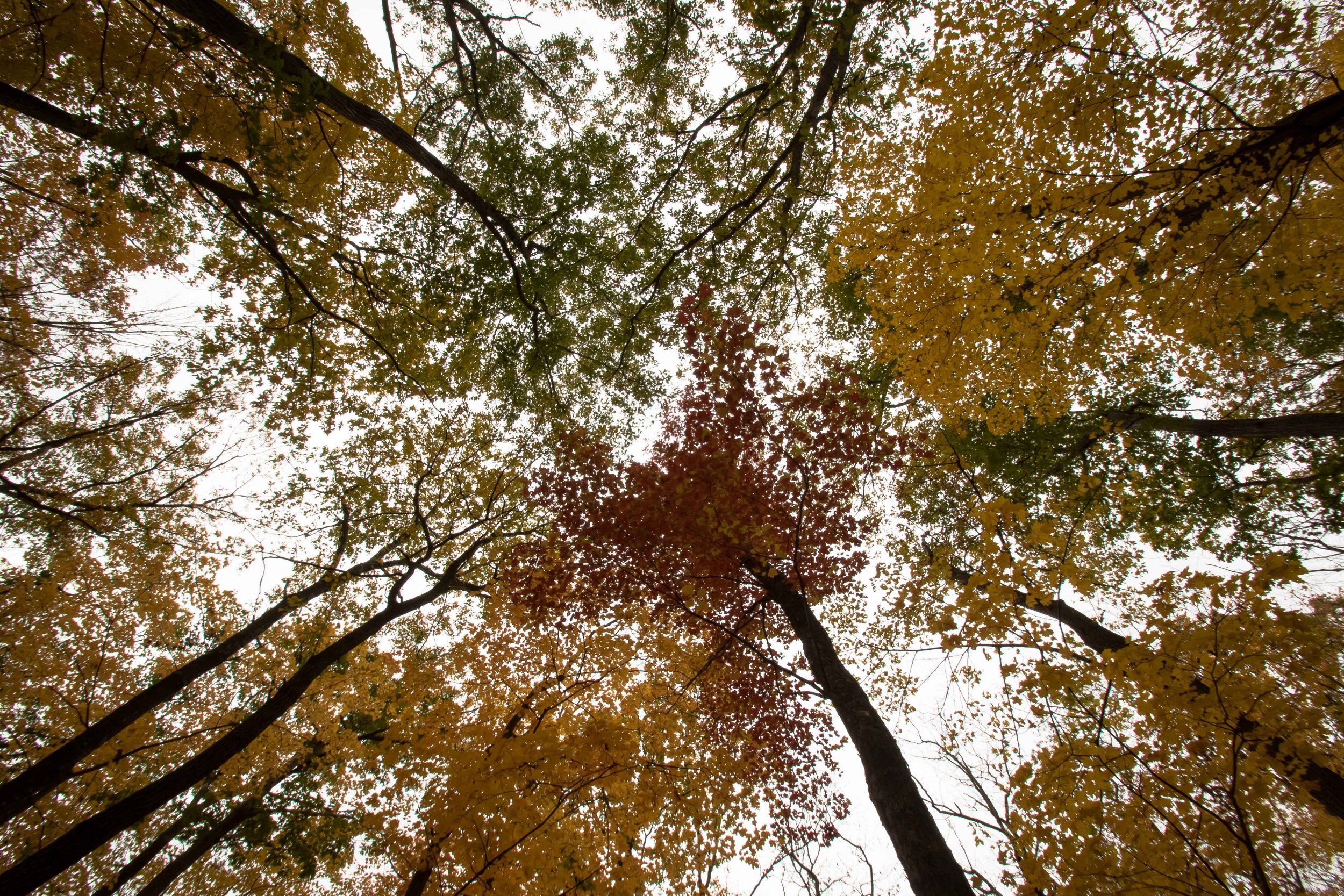
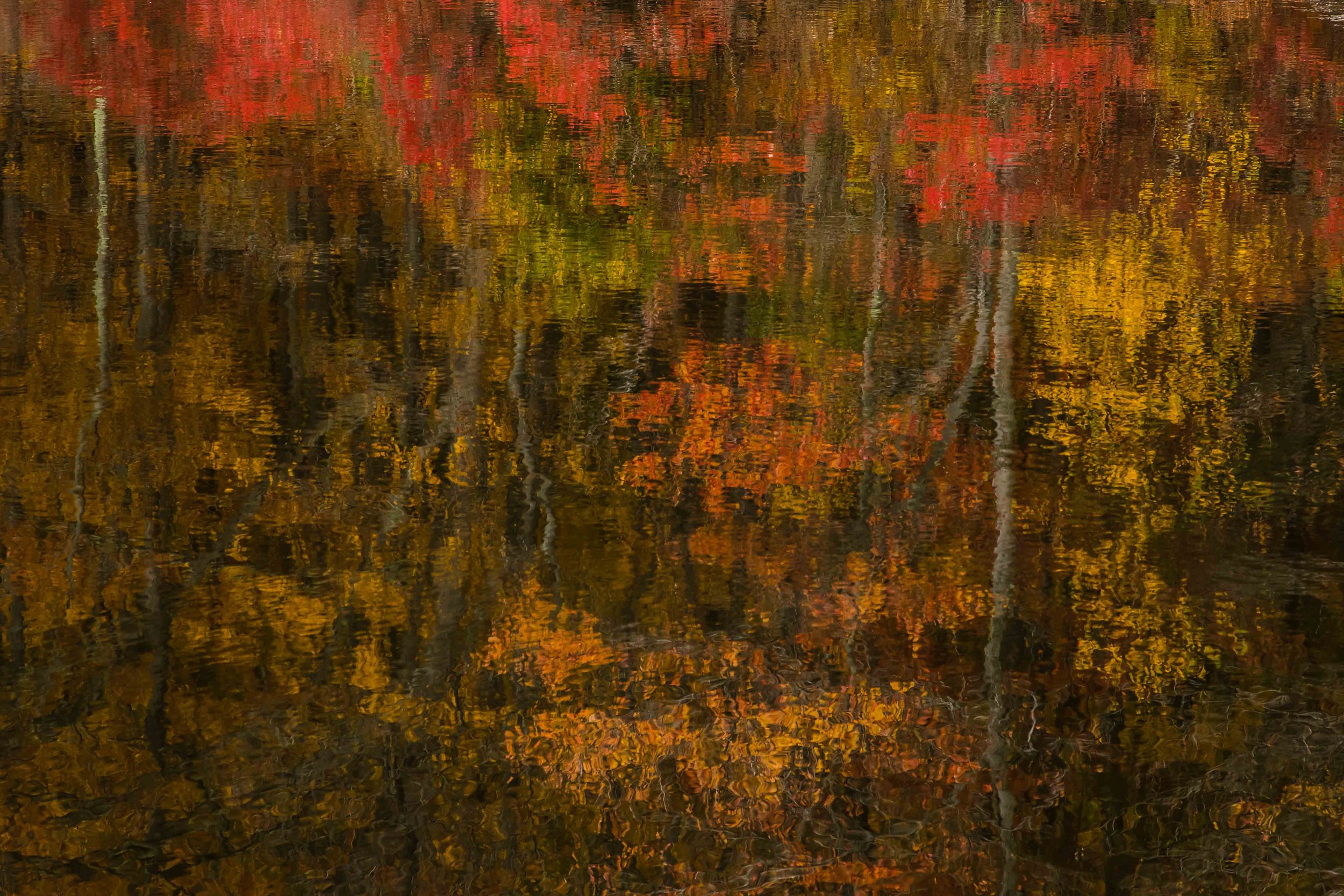
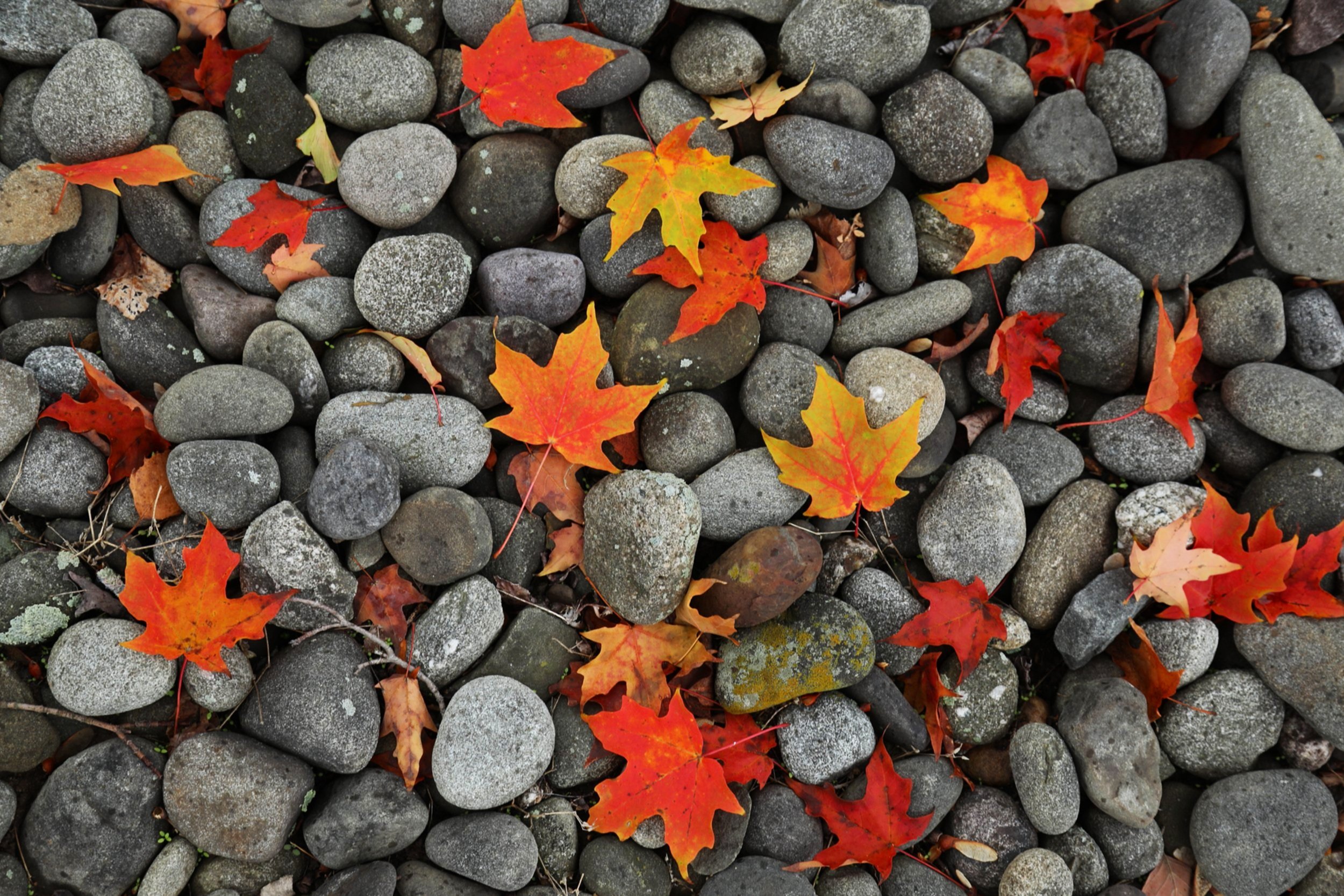
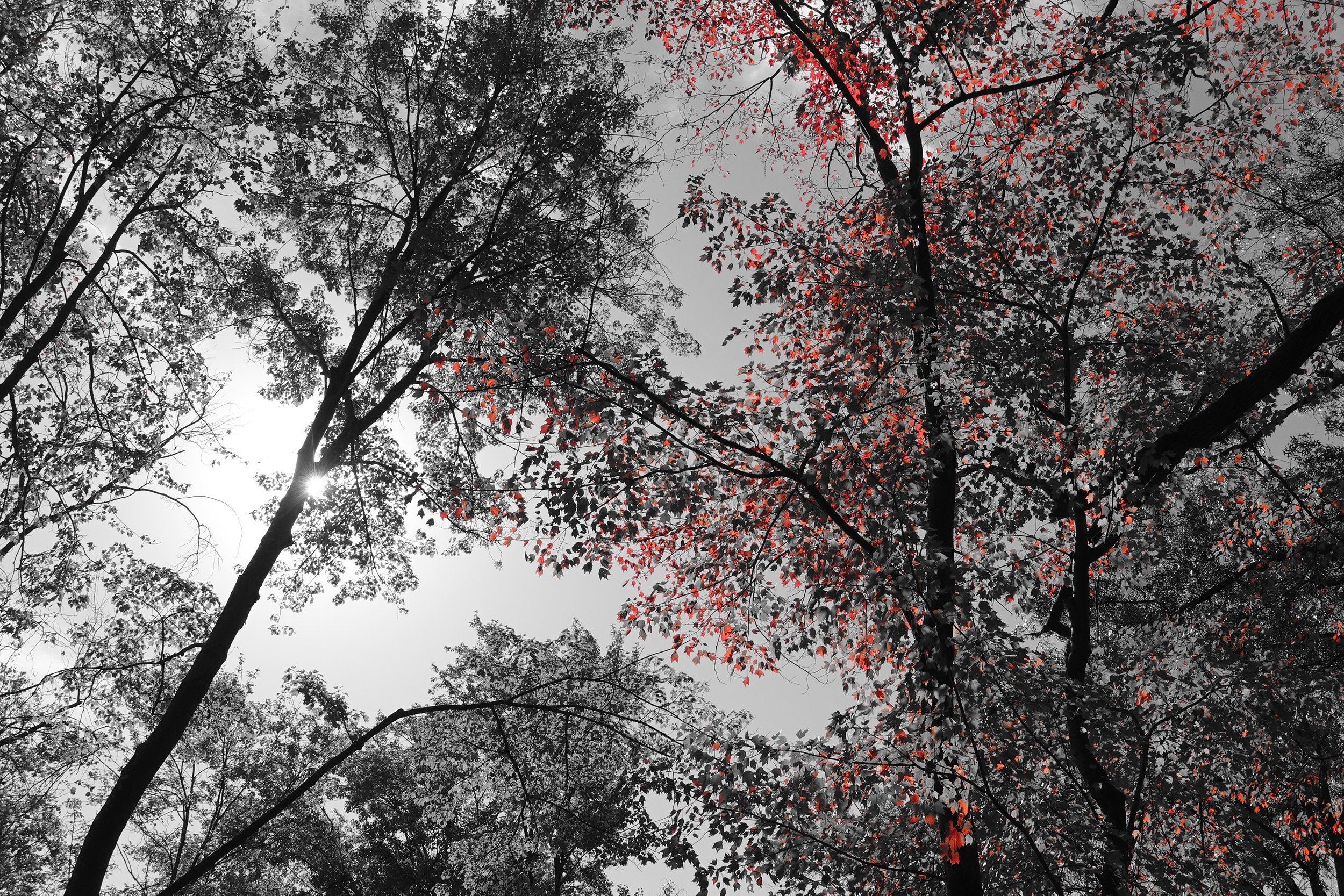
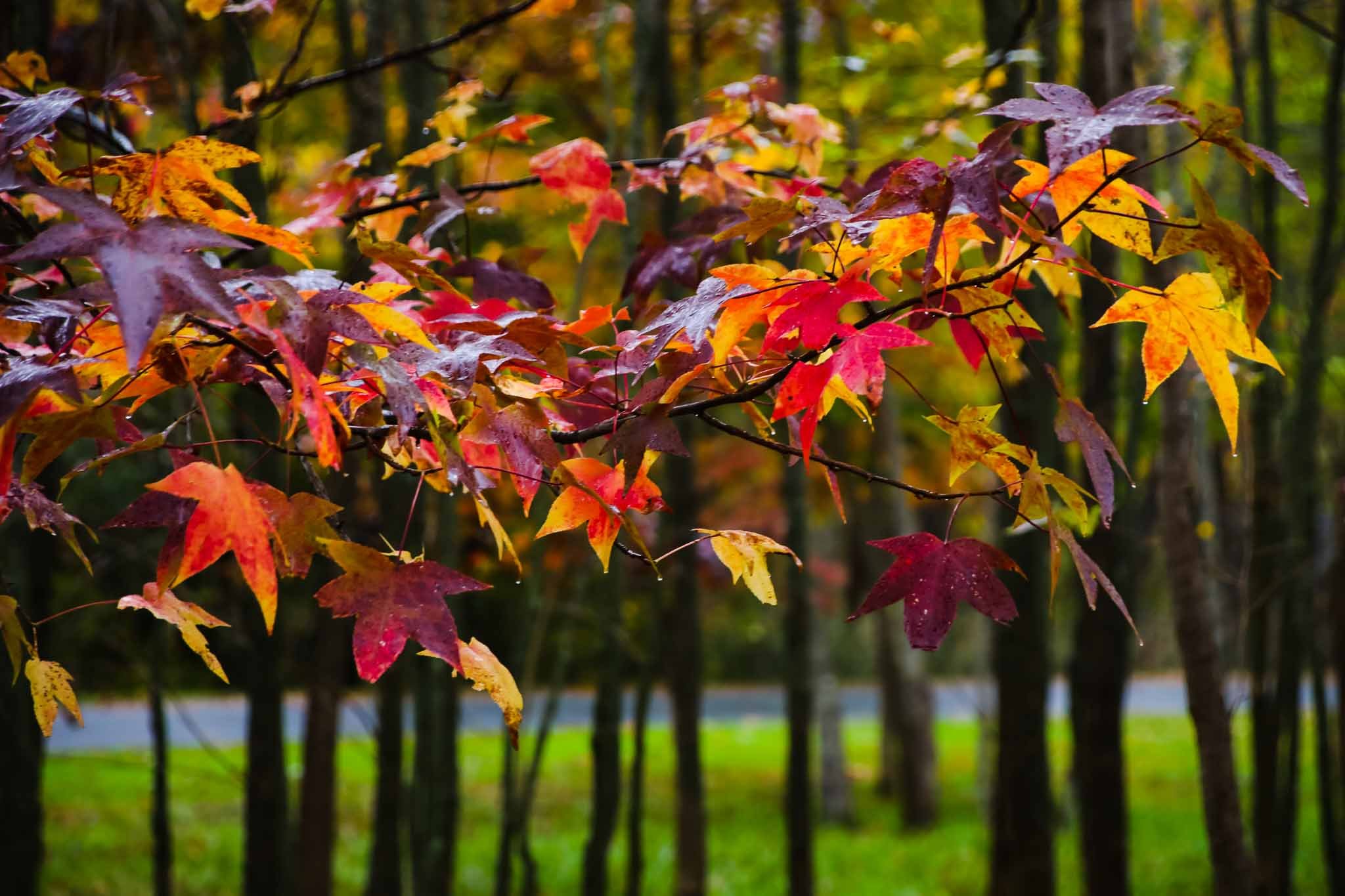
The abundance of color can sometimes be overwhelming. So much so, it can overwhelm your senses and make it difficult to focus on a theme or subject. Have no fear, as you relax and find your bearings, you’ll start living in the moment and everything will come into focus.
Harriman State Park, NY
Until next time…
Cheers.
View from Montparnasse - Paris
The City of Lights...
With a history spanning thousands of years, Paris is vraiment unique et speciale and has the savoir faire to bridge itself into the modern era. So much so, AFAR Magazine ranks it #2 in The World’s 25 Best Cities of 2022.
There has been a plethora of movies & books detailing the allure of Paris. Everything from the romance, culture, bistros, museums, boulangeries, cafes, and boulevards are legendary.
Perhaps Ernest Hemingway summed it up best when he said:
“There is never any ending to Paris and the memory of each person who has lived in it differs from that of any other. We always returned to it no matter who we were or how it was changed or with what difficulties, or ease, it could be reached. Paris was always worth it and you received return for whatever you brought to it. But this is how Paris was in the early days when we were very poor and very happy.”
Having the good fortune to have visited The City of Lights (some call it the City of Love) on two occasions, my trip in September has forever solidified the charm of Paris in my mind. Once again, in the words of Hemingway:
“Wherever you go for the rest of your life, it stays with you, for Paris is a moveable feast.”
Should you wish to read more about Paris, here are a few books worthy of your time. In the meantime, I’ll stick to the photography and share a few images below.
“Tale of Two Cities” by Charles Dickens
“The Only Street in Paris: Life on the Rue des Martyrs” by Elaine Sciolino
“Paris to the Moon” by Adam Gopnik
“Moveable Feast” by Ernest Hemingway
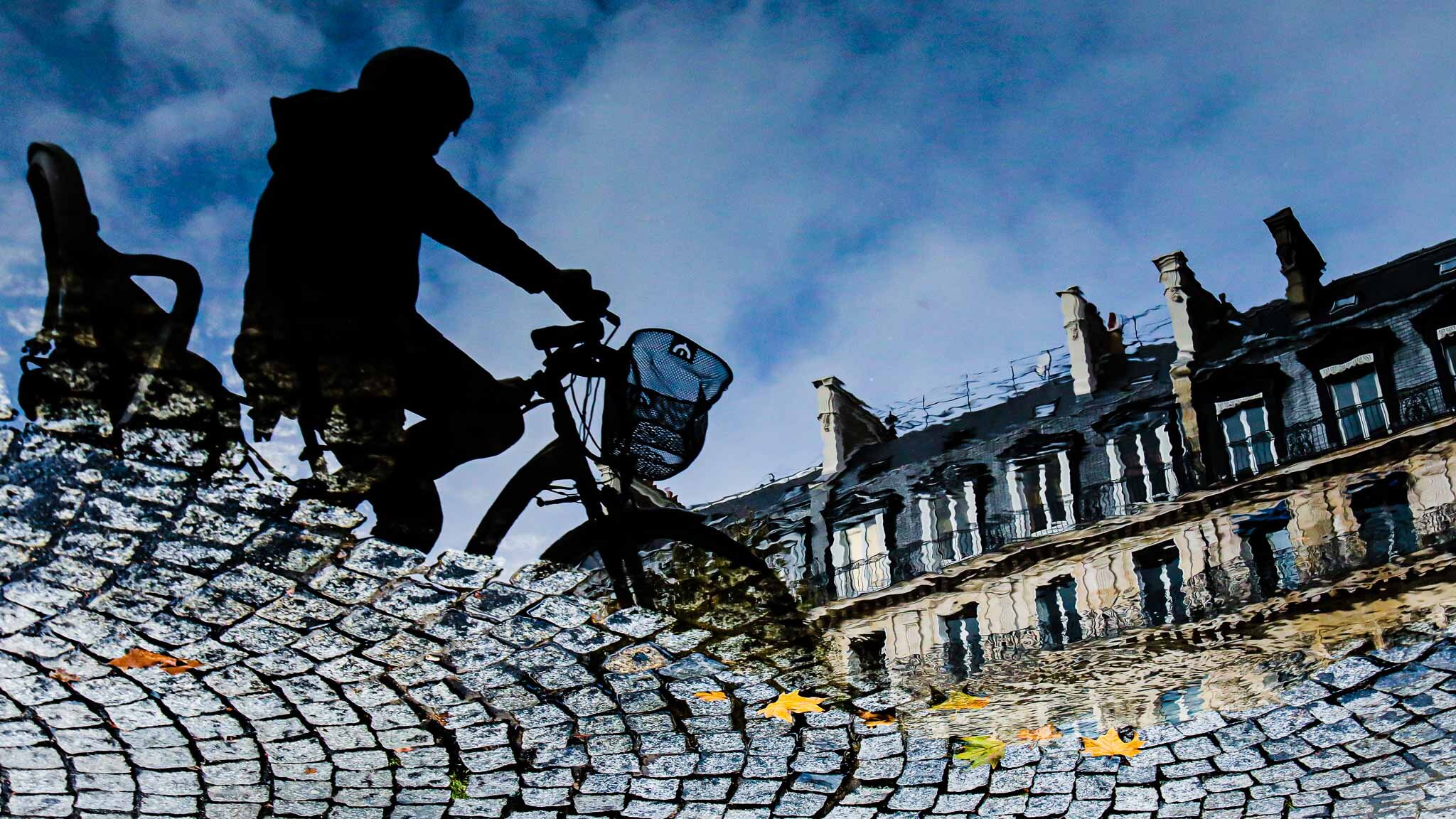

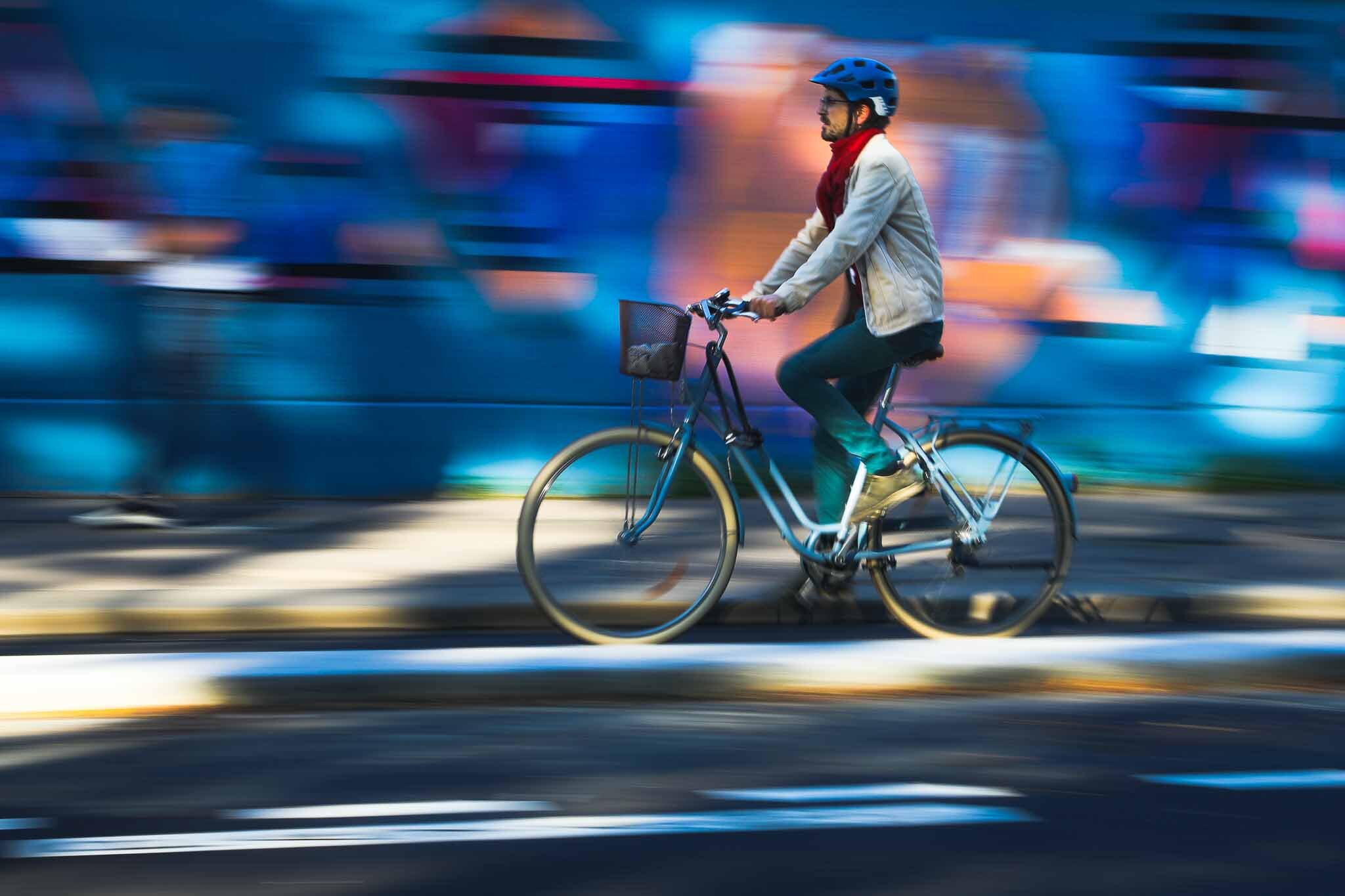
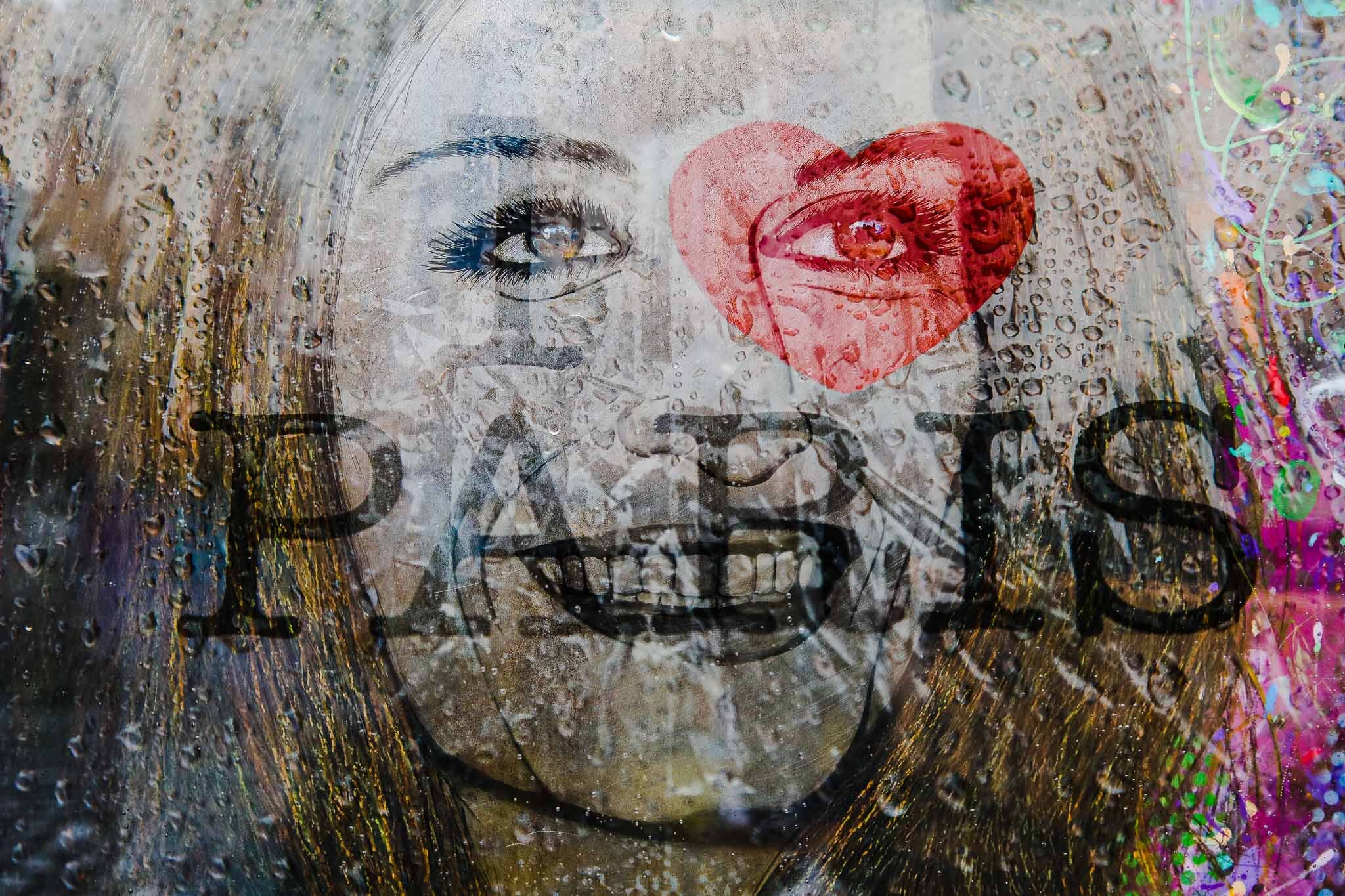
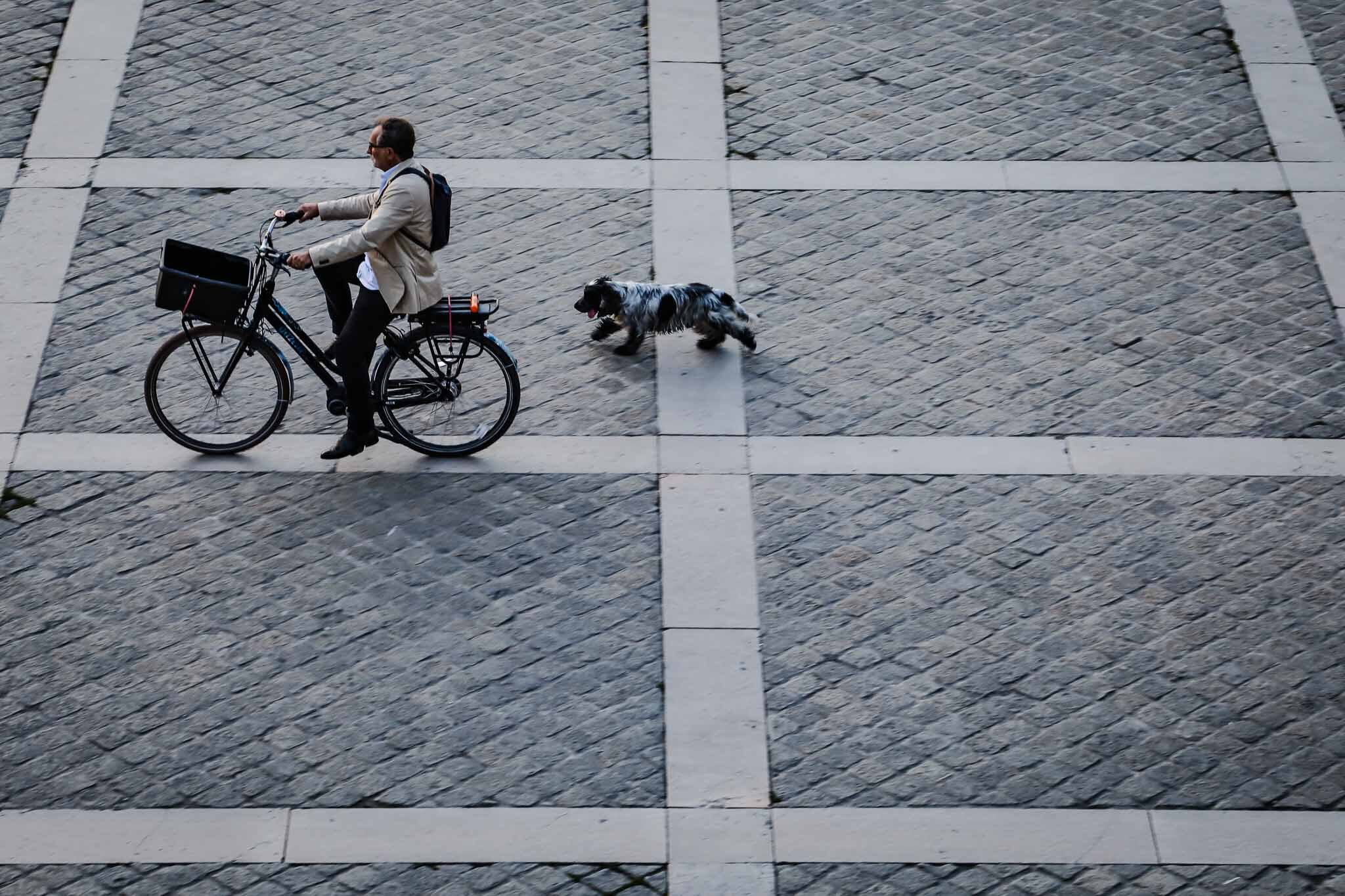
Until next time… au revoir!
Cheers,
Pavilion At 68th Street, Brant Beach, NJ
Life is a Beach - LBI Style
“Anyone who’s grown up or lived on the Jersey Shore
knows the place is unique.”
~ Bruce Springsteen ~
I’ve never been a beach lover… this isn’t to say I don’t like the sun, sand and salty air… quite the contrary… it’s beautiful, therapeutic and oh so relaxing. I simply don’t yearn to get to the shore as quickly as Spring turns to Summer.
However, I think I’m starting to change my perspective. Similar to the fussy kid who doesn’t like brussel sprouts or beets, you wait a few years and your taste buds change. Maybe this is a coming of age or simply a maturity issue? In either case, I’ve seen the light!
Bring on the beach!
Long Beach Township Bay Beach, NJ
Ship Bottom, NJ
Beach Haven, NJ
Relaxing Moments - Long Beach Township Bay Beach, NJ
Beach Haven, NJ
In days of old, getting a suntan was one of the main reasons you went to the beach (some might say a side benefit). Getting your Coppertone tan had a twofold purpose… it made you feel better about yourself and more attractive to the opposite sex. Ironically, a Psychology Today article from 2020 confirms these findings. UV exposure allows your body to release endorphins and you actually do feel better. Who knew?
Some level of sun exposure has always been considered good for Vitamin D absorption. The ‘Sunshine Drug’ as it’s commonly known can be obtained simply by being outdoors in the summer sun. Most Dermatologists recommend 15-20 minutes. Anything beyond that falls into the unhealthy category.
Because the ocean will always have a magnetic pull on the human spirit, a few scientific advancements have led to healthier outdoor living. Most notable pertains to our knowledge of how the sun effects our health. Sun worshippers now go to the beach with an arsenal of sun fighting products … sunglasses (UV protection), suntan lotion (SPF 30+ or higher), UPF clothing (SPF is for liquids, UPF is for clothing), umbrellas and plenty of water for hydration. Oh yea… and a good book to enhance the relaxation part of the equation.
Sandbox Cafe - Ship Bottom, NJ
Beach Badges - LBI
The last two years has afforded me the opportunity to re-discover Long Beach Island in New Jersey (commonly referred to as LBI). It’s an 18 mile slice of heaven and only half a mile wide at its widest point. Barnaget Bay Lighthouse is the beacon on the north shore of the island while the Holgan Nature Preserve anchors the southern most tip of the island. Between these two locations, you will find some of the most beautiful beaches imaginable (Surf City, Long Beach Township and Beach Haven to name a few).
I’ve always been a four season kind of guy, but I’m starting to think my future summer endeavors will include more beach time.
Until next time…
Cheers.
FLA-USA
“In Florida, we salt margaritas, not sidewalks.”
~ Anonymous ~
Naples, FL
Around the time Ponce de Leon was floundering on the ocean in search of the Fountain of Youth, I was sashaying around Ft. Lauderdale in search of my next margarita… with salt of course. In short, we were two lost souls in search of destiny while traveling in parallel universes. His journey was circa 1535 while I was more the Spring Break variety of 1985.
Florida continues to attract people from around the world. It offers a vast array of geographical diversity; however, not in the traditional sense. Proving the world is flat could be achieved after one visit to the Sunshine State. Most of the state is at sea level with a mean elevation of 100 feet. The highest elevation is Britton Hill (border of Alabama) at 345 feet (oxygen not required).
Most visitors find the warm weather and miles-and-miles of coastal scenery a thing of beauty. To be exact, FL boasts 1,359 miles of stunning coastline, 200+ days of sunshine, and as a bonus… no state income taxes. It’s no wonder Florida is attracting 1,000 new residents every day and obtained another congressional seat earlier this year as a result.
Key West, FL
St. Augustine Beach, FL
The true diversity of the state is found in its history, culture and people. The shrimp fishing of Amelia Island is legendary and dates back to the early 1900’s. Miami is alive and well and continues to recognize its roaring ‘20’s past with the vibrant colors of the art deco district. NASA and the Kennedy Center are rooted in Cape Canaveral. The Florida Keys are a subculture in itself and are comprised of 800 keys stretching more than 180 miles with 42 bridges connecting the various islands… the longest of which is the 7 Mile Bridge connecting the middle keys (Knight’s Key) to the lower keys (Little Duck Key).
All of this would not have been possible without the entrepreneurial spirit of Henry Flagler. An original partner in Standard Oil (along with John D. Rockefeller) , he’s credited with having the biggest industrial impact on the Atlantic Coast. Building a single railroad system from Jacksonville to Key West was an ambitious endeavor not to be denied. Despite four hurricanes disrupting the building of the railroad in the Keys, he arrived in Key West on the first train in 1912. The Labor Day Hurricane of 1935 was another deadly storm that washed away sections of the tracks and various viaducts. The train was never to run again and the state decided to use the existing bridges to later build a highway.
Hollywood, FL
Ernest Hemingway followed his larger-than-life sportsman persona and arrived in Key West in 1928. Perhaps the most famous resident of the region (President Harry S. Truman and Jimmy Buffet also resided here), his house on Whitehead Street and six-toed cats continue to be tourist attractions to this day.
The denizens of Florida run deep and I’m merely scratching the surface. The state is a fascinating place and will continue its historic journey. Global warming may alter the landscape in years to come, but rest assured the Floridian lifestyle will persevere.
Until next time…
Cheers.
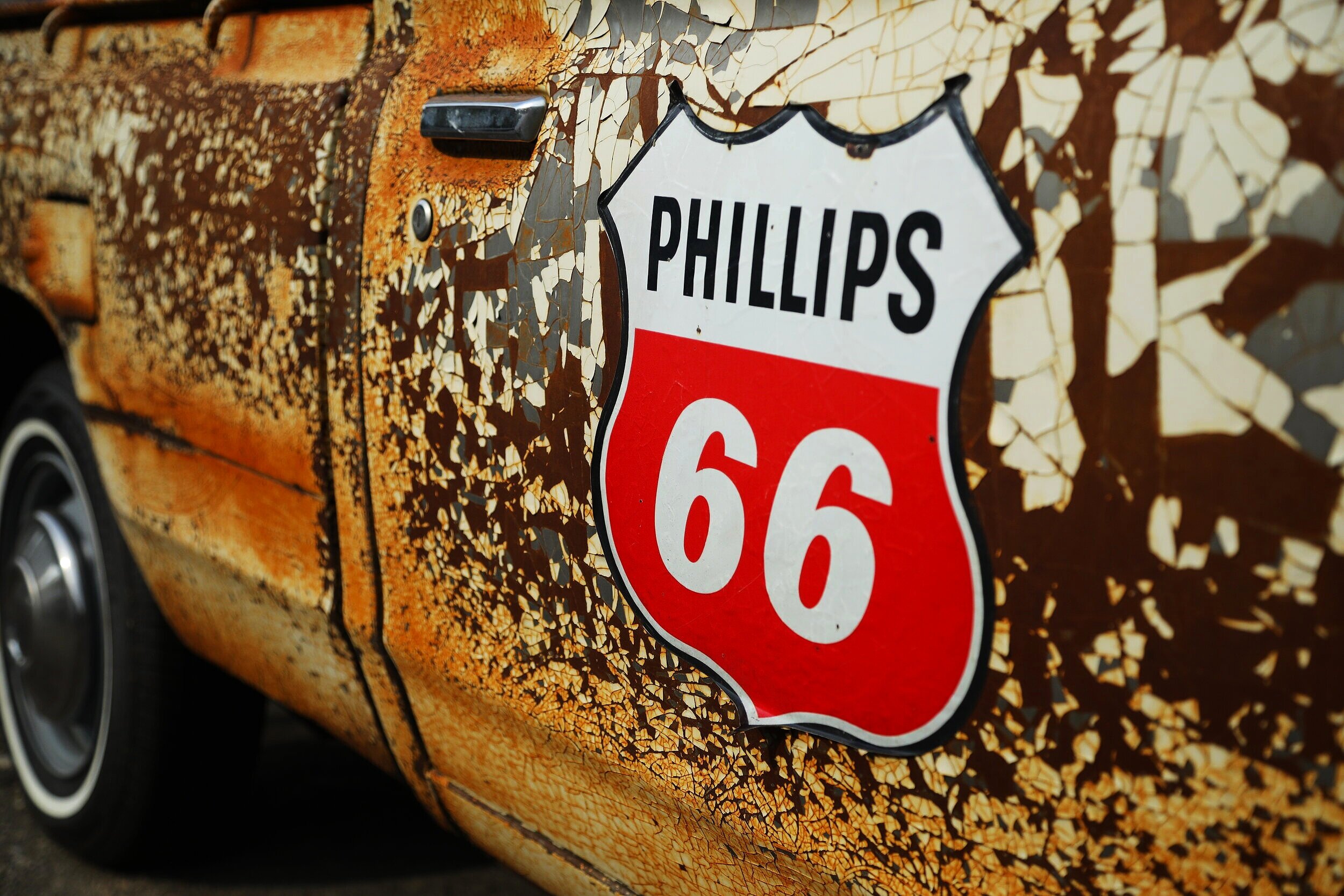
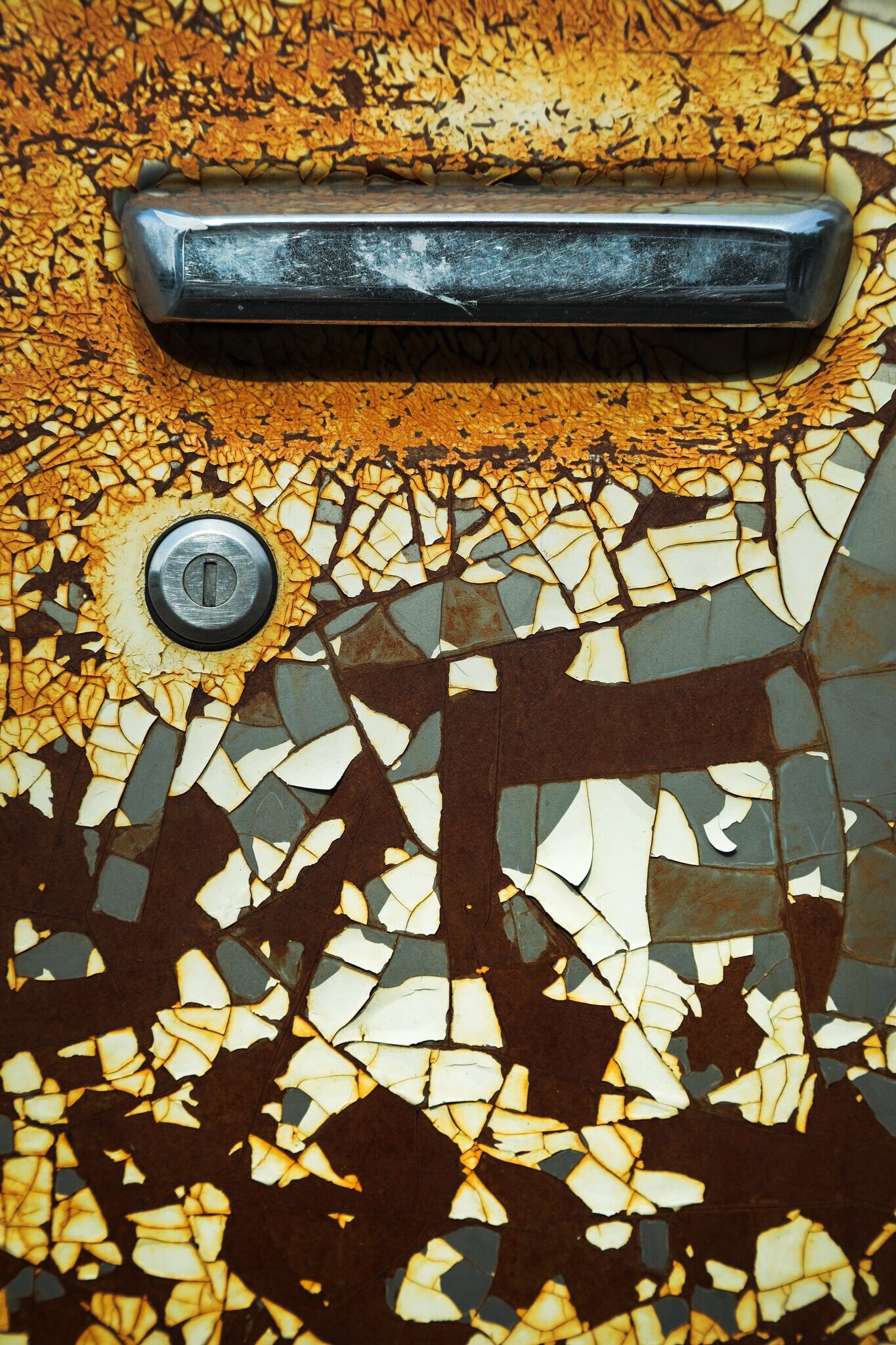
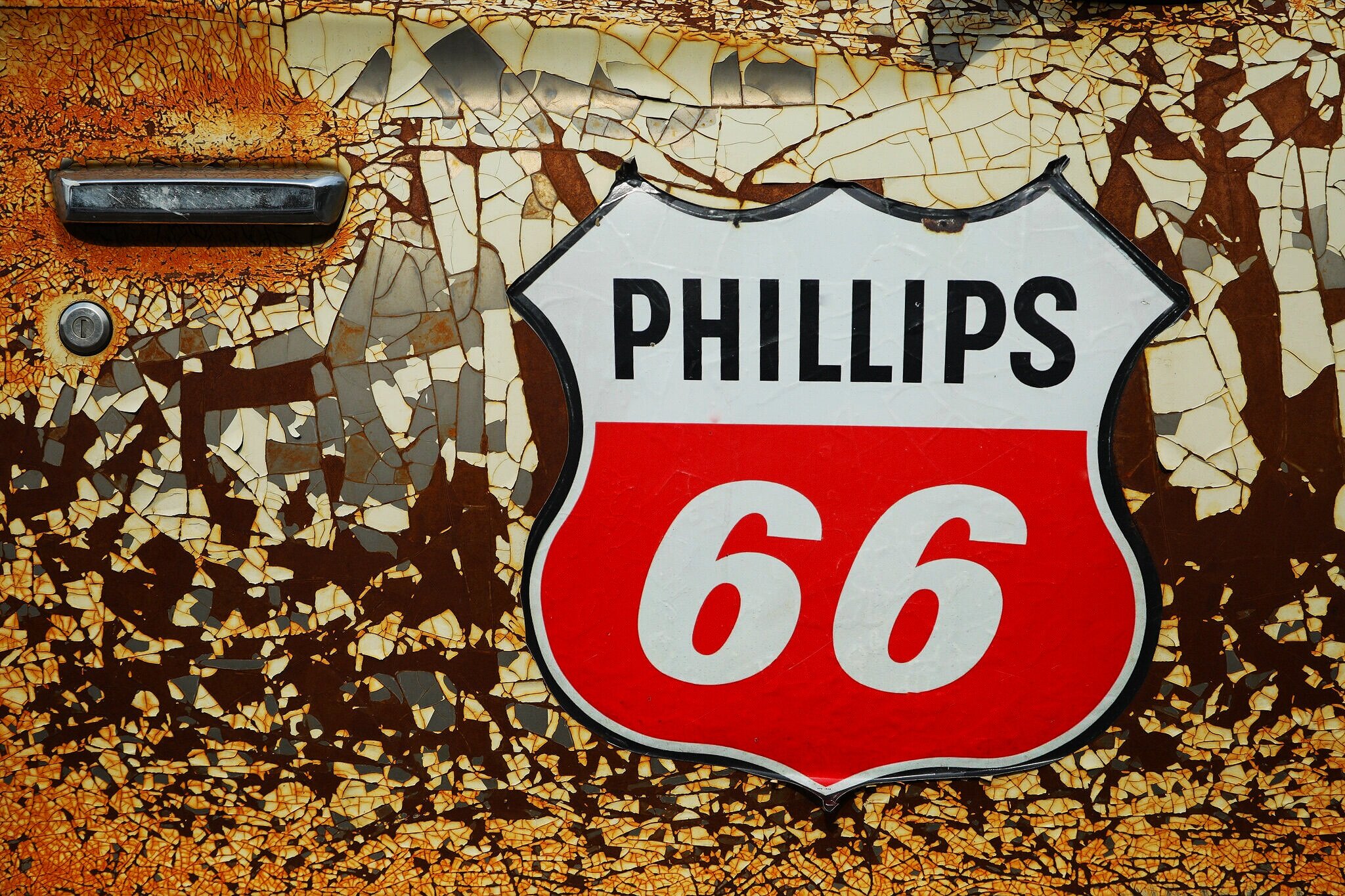
Photography as Art
”It’s not what you look at that matters, it’s what you see.”
~Henry David Thoreau ~
The definition of art is as broad as the political divide in the United States today, and sadly there is no definitive answer accepted by all - rather a myriad of possibilities.
According to Wikipedia …
Art is a diverse range of (products of) human activities involving creative imagination to express technical proficiency, beauty, emotional power, or conceptual ideas.
There is no generally agreed definition of what constitutes art, and ideas have changed over time. The three classical branches of visual art are painting, sculpture and architecture. Theater, dance and other performing arts, as well as literature, music, film and other media such as interactive media, are included in a broader definition of the arts. Until the 17th century, art referred to any skill or mastery and was not differentiated from crafts or sciences. In modern usage after the 17th century, where aesthetic considerations are paramount, the fine arts are separated and distinguished from acquired skills in general, such as the decorative or applied arts.
As you can see, photography is not specifically mentioned above. Perhaps it could be included with interactive media(?).
US Open 2017 - Kevin Anderson
If we Google ‘Well Known Artists’ we get a plethora of names… Picasso, Van Gogh, Monet, Rembrandt, Matisse and so forth. Once again, you don’t see Henri Cartier-Bresson, Ansel Adams, Dorothea Lange, Yousuf Karsh, Robert Capa, Margaret Bourke-White and other photographic legends.
I think the abyss can be explained in simple terms.
US Open 2015 - Women’s Champion - Flavia Pennetta
Photographers use science & technology to create their end product and this isn’t considered in the classical definition of art. Artistic vision is often the main ingredient for photographers, but suffice to say, technology plays a vital role in creating a masterpiece.
Conventional painters on the other hand, don’t utilize technology to create the finished product; they simply combine artistic vision with raw materials… paint brushes, canvas, oil, water color, etc… It’s an old school process that hasn’t really evolved over the last century.
As such, I don’t believe photography falls into the classic definition(s) of art.
If I had to come up with a modern day definition, it would be more like the following:
“A form of communication whereby an individual conveys feelings,
mood and energy through a creative vision to invoke
emotion, interest or curiosity.”
If I could expand upon this further, it would ideally include some element of exclusivity or uniqueness. I won’t go as far as saying ‘one of a kind’, but something in this vein comes to mind. The more rare the image, the higher the realized or perceived aesthetic value.
I tend to think this is because painters create… dare I say… exclusive pieces of art. For example, there is only one Femme au Chapeau (aka Women with a Hat) by Henri Matisse. Other painters may attempt to replicate or copy his style, but everything from brush strokes, colors, materials and the presentation of Matisse is unique to him. His soul is in the painting. I’m not sure this can every be duplicated(?).
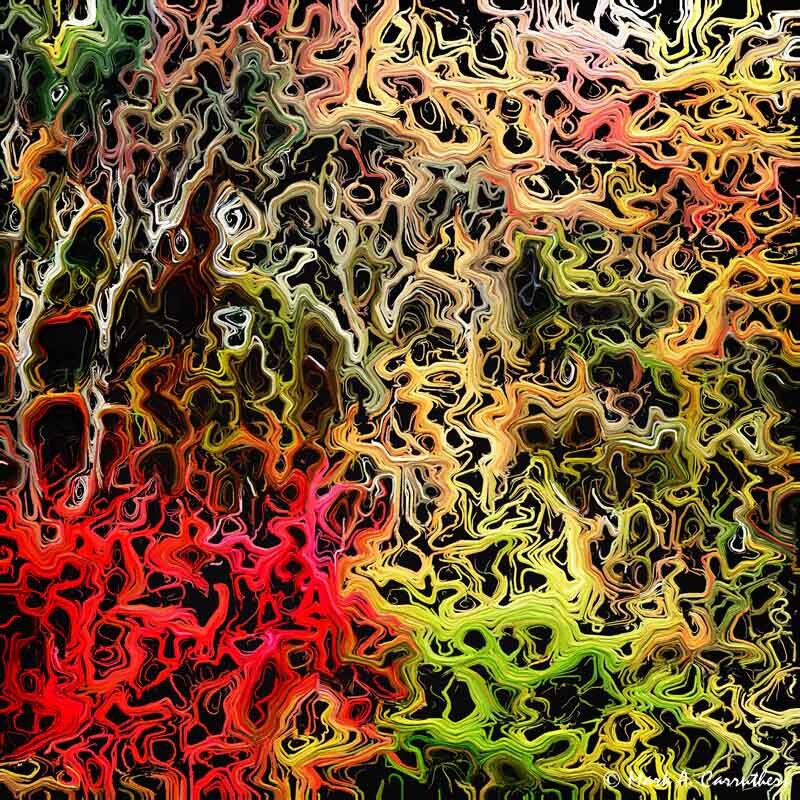
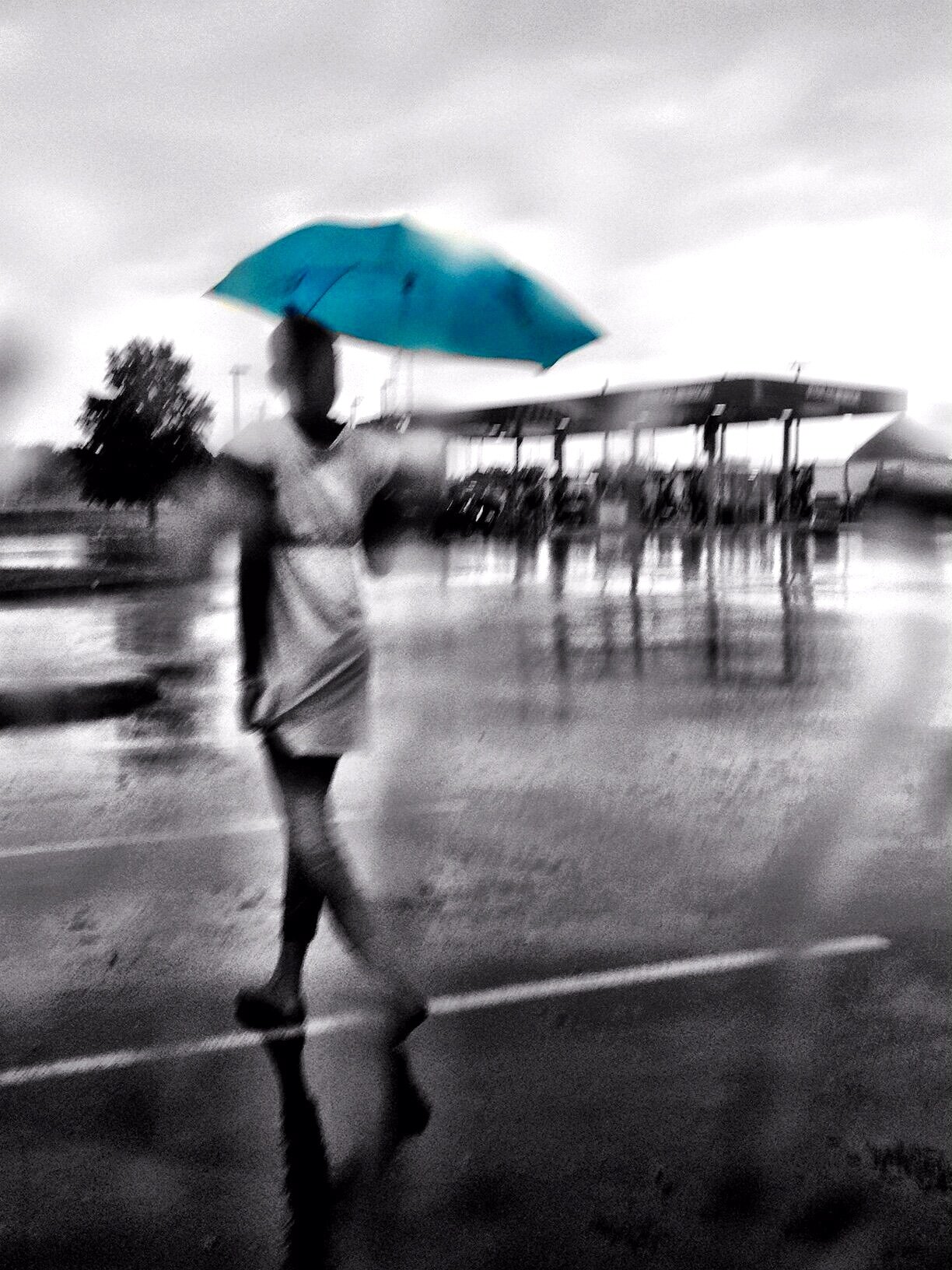
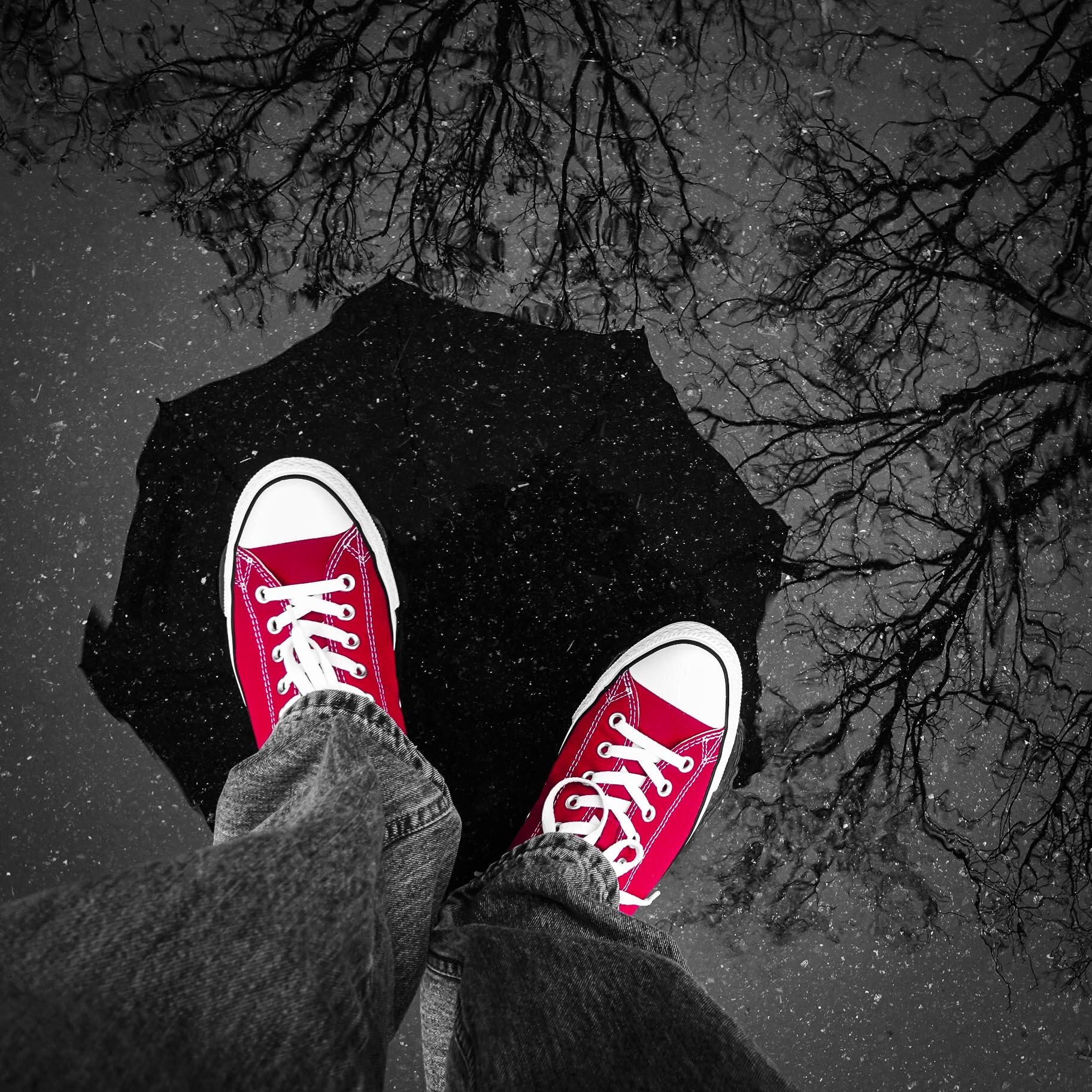
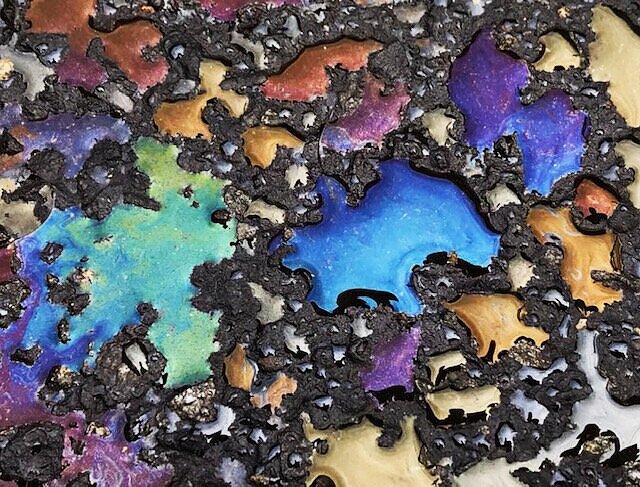
I’ve photographed various travel destinations and perhaps a few classic sporting events (see above) in my lifetime. To say the image(s) recorded an exclusive or unique moment would be a stretch. They may be unique to me and hang on my living room wall, but anyone standing next to at the time may have captured a similar or identical image.
To expand further… shooting the US Open tennis tournament with dozens of other photographers next to you results in a plethora of similar images. New technology in the form of mirrorless cameras can shoot up to 50 frames-per-second and insure more likelihood of duplicated images.
You can separate yourself by style, lens choice, panning and so forth, but it takes a concerted effort. Developing your personal brand takes time and perseverance. Let’s be honest… your cameras technology is remarkable and will be doing the heavy lifting. You will need to dig deep and find something extra (let’s call it the “It” factor) to stand out.
The opening quote by Henry David Thoreau rings true for me… don’t just look at things, but record what YOU see! Separate yourself from the photographic herd and become an artist.
In conclusion… I try to challenge myself each day to find my inner voice and capture something special. I fail more than I succeed, but the pursuit is endless. Fortunately, every day offers a fresh start and another chance at creative greatness.
Until next time…
Cheers.
7 Hot Tips for Better Summer Photography
“Smell the sea, and feel the sky. Let your soul and spirit fly.”
~ Van Morrison ~
Okay, okay… my Aquarius origins dictate I’m a child of winter. Born in late January, I often yearn for the slopes of some distant ski field. The wide open spaces affords a spiritual reckoning and the lack of color this time of year (some say life), provides a palate any photographer would adore.
This isn’t to say I don’t like summer. Quite the contrary… I LOVE summer! What’s not to like? Long days, warm nights, summer vacations, BBQ’s and the sound of the ocean are all good for the soul. It’s a photographic wonderland with an abundant amount of daylight for capturing images.
So, regardless of your level of expertise… or what type of camera you may use… here are 7 hot tips to improve your photography this summer.
Misquamicut State Beach… Westerly, RI
Brant Beach (LBI), NJ
Life is a Beach… There’s nothing that defines summer more than the ocean. Get to the nearest beach and soak up the energy. I completely understand you’ll want to dig your toes into the sand and sit for a while. A good book is a great idea as well, but when the urge to take photos hits you, there are an endless amount of subjects to photograph: seagulls, lifeguard stands, surfers and colorful umbrellas to name a few. Using the Hipstamatic app on your iPhone can add a unique rendition as well.
Clarkstown North High School… New City, NY
2. Silhouettes… The contrast of light & dark can be a thing of beauty. A dark shape and outline of a person or object against a lighter background can make for a wonderful image. These are often some of my favorite shots.
Rockland Lake State Park… Valley Cottage, NY
3. Early to bed, Early to Rise… The peacefulness of early morning is undeniable. Set your alarm for 5:00am or so and get out and capture the magic. If early mornings aren’t your thing, you’ll be surprised to learn how alive the world is at this time of day. It’s worth your while.
Freedom Causeway… Congers, NY
4. Chase the Light… More people take sunset than sunrise images. Sad, but true. Should you be in this group, you already know the 30 minutes just before sunset is called the golden hour. The sun transforms into a delightful light source and casts its warm hues for all to admire.
Burlingame State Park… Charlestown, RI
5. Get Outside Your Comfort Zone… Dare to be different. Experiment. Try something new. Panning an image with a slow shutter speed doesn’t have to be East/West endeavor… try going North/South. Anything goes when it comes to creativity. Even trees take on an artistry of their own. For mobile phone users, check out the Slow Shutter app for motion effects.
The Harbors… Haverstraw, NY
6. Flower Power… I would be remiss if I didn’t tell you to shoot the rainbow of colors found in every flower bed. Isolate a flower or two and perhaps blur the background to allow the viewer to focus on the main subject. Summer is the antithesis of winter and here’s your opportunity to join the seasonal celebration.
Rockland Lake State Park… Valley Cottage, NY
#7 Have Some Flare… We often avoid sunlight hitting the front element of our lens as it’s hard to control the end result. Lens flare as it’s often called can be fantastic and screams summer is here! Experiment with/without the sun in the frame as well. This effect also works really well on portraits. Give it a shot.
Summer officially starts on June 20th this year.
Until next time…
Cheers.
A Place Called West Point
The United States Military Academy (USMA) at West Point has intrigued me for decades. Growing up 30 minutes south of the military base, it was a place you visited as a child for sporting events, theatrical productions and the 4th of July celebration at Trophy Point.
History class taught us about the importance of the Hudson River during the Revolutionary War and how George Washington thought the strategic location of West Point made it one of the most important military posts in America. To this day, West Point is the oldest, continuous military base in the country.
The institution itself was envisioned in 1802 when President Thomas Jefferson signed legislation establishing the military academy as a place to train future officers. Over the course of 200 years, many well known cadets have walked through these hollowed corridors and became part of the Long Gray Line. Some familiar names would include;
Robert E. Lee
Ulysses S. Grant
Dwight D. Eisenhower
Stonewall Jackson
George S. Patton
George Armstrong Custer
Omar Bradley
William Westmoreland
Mike Krzyzewski
Ann McClain
Norman Schwarzkopf
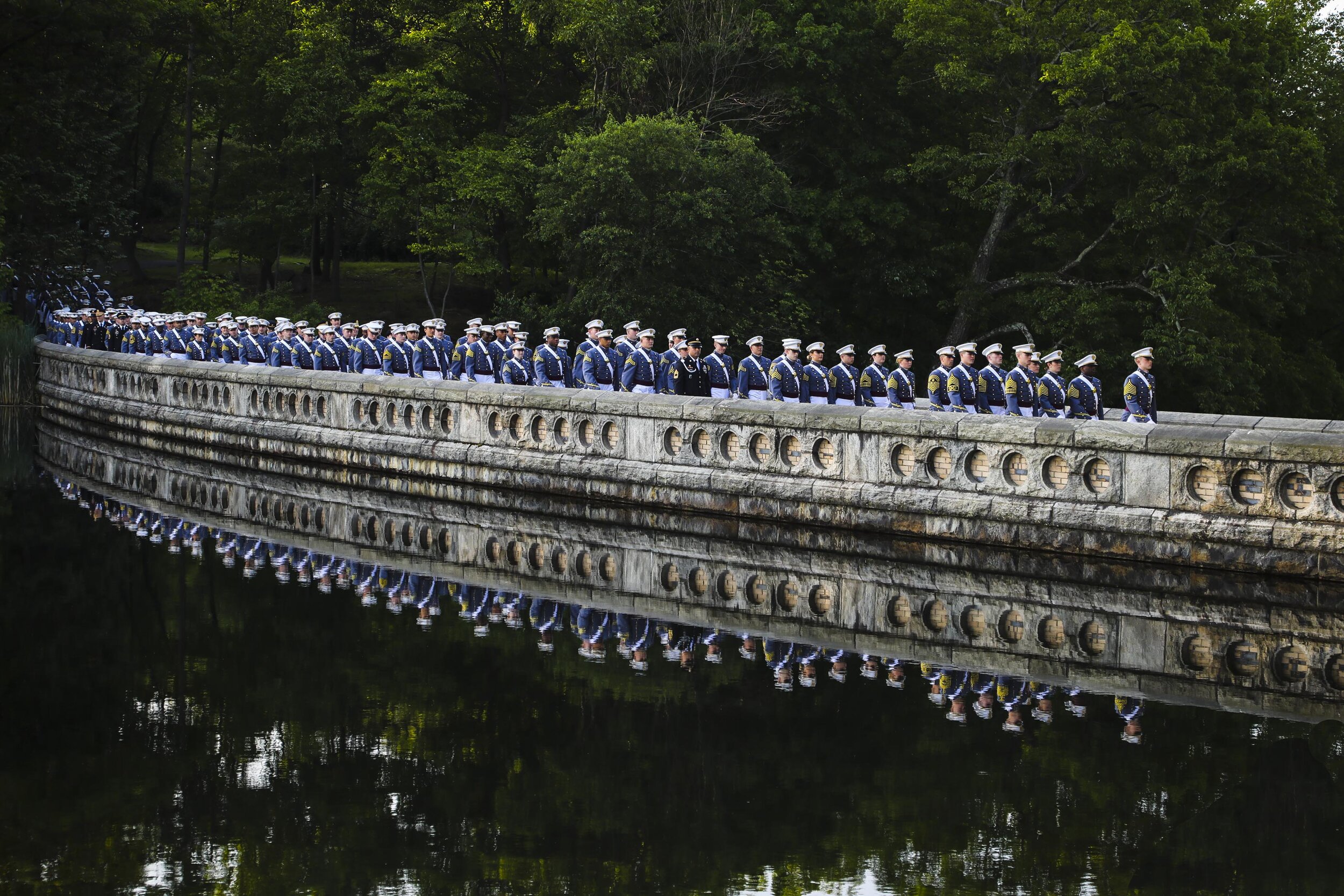
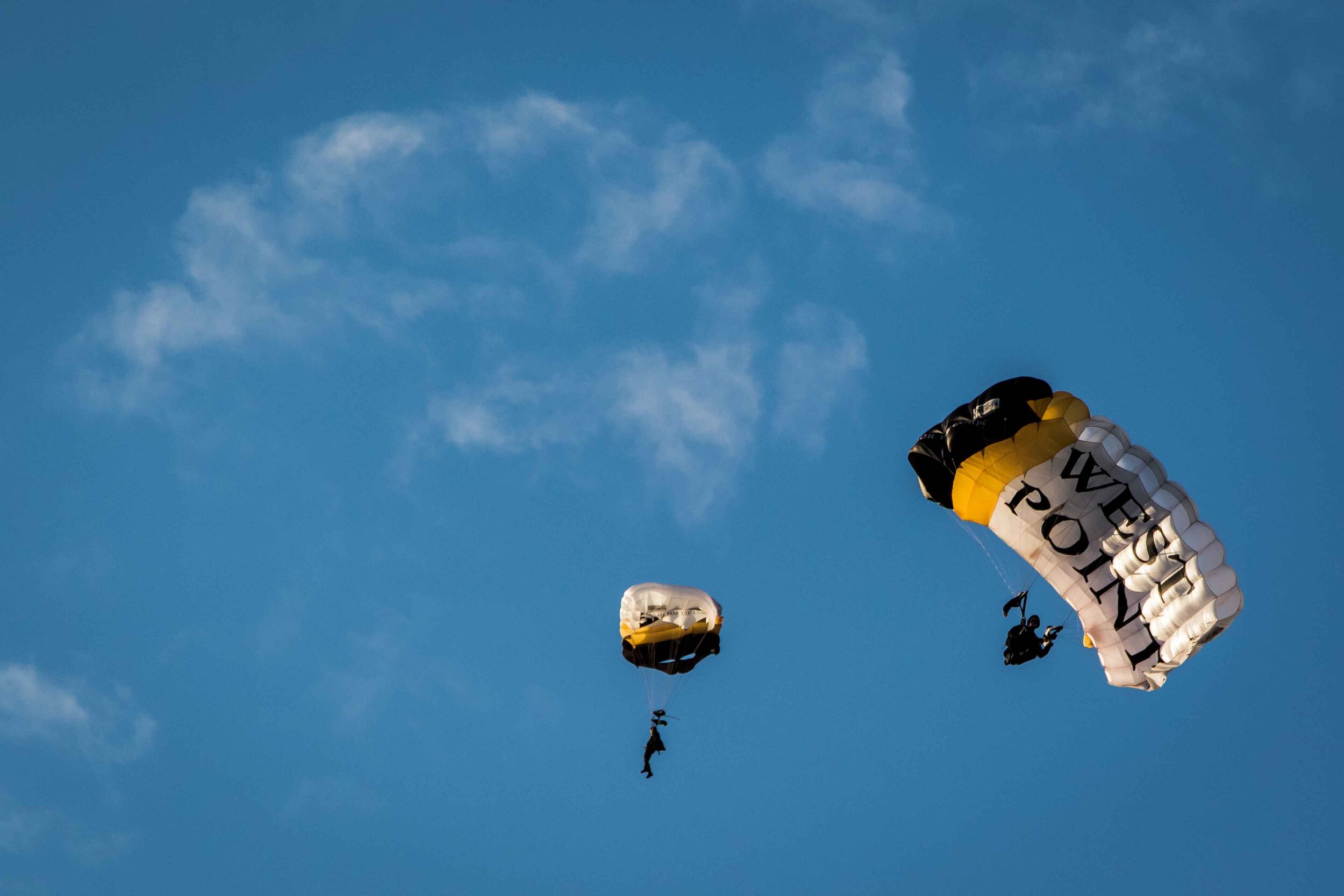
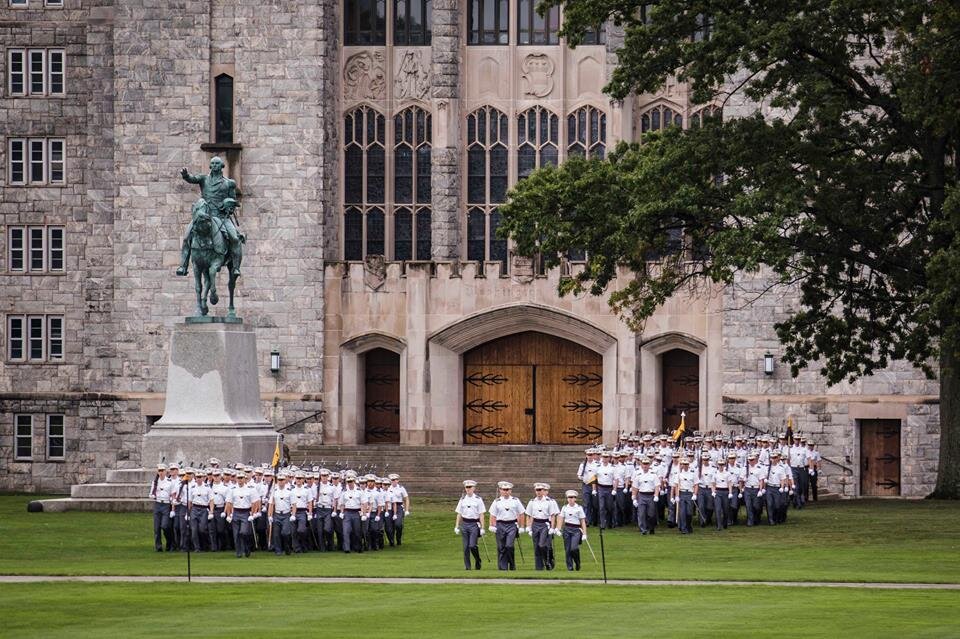
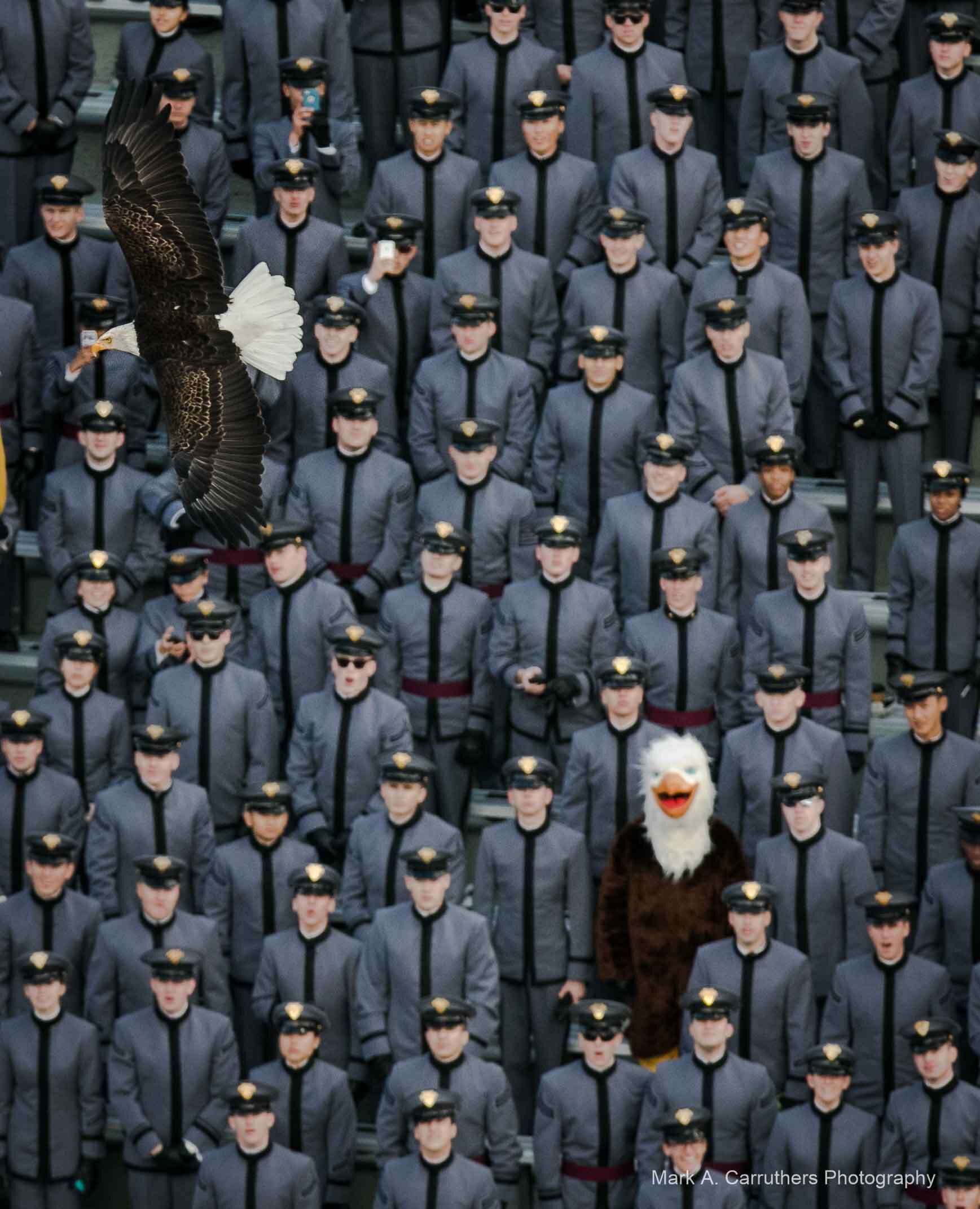
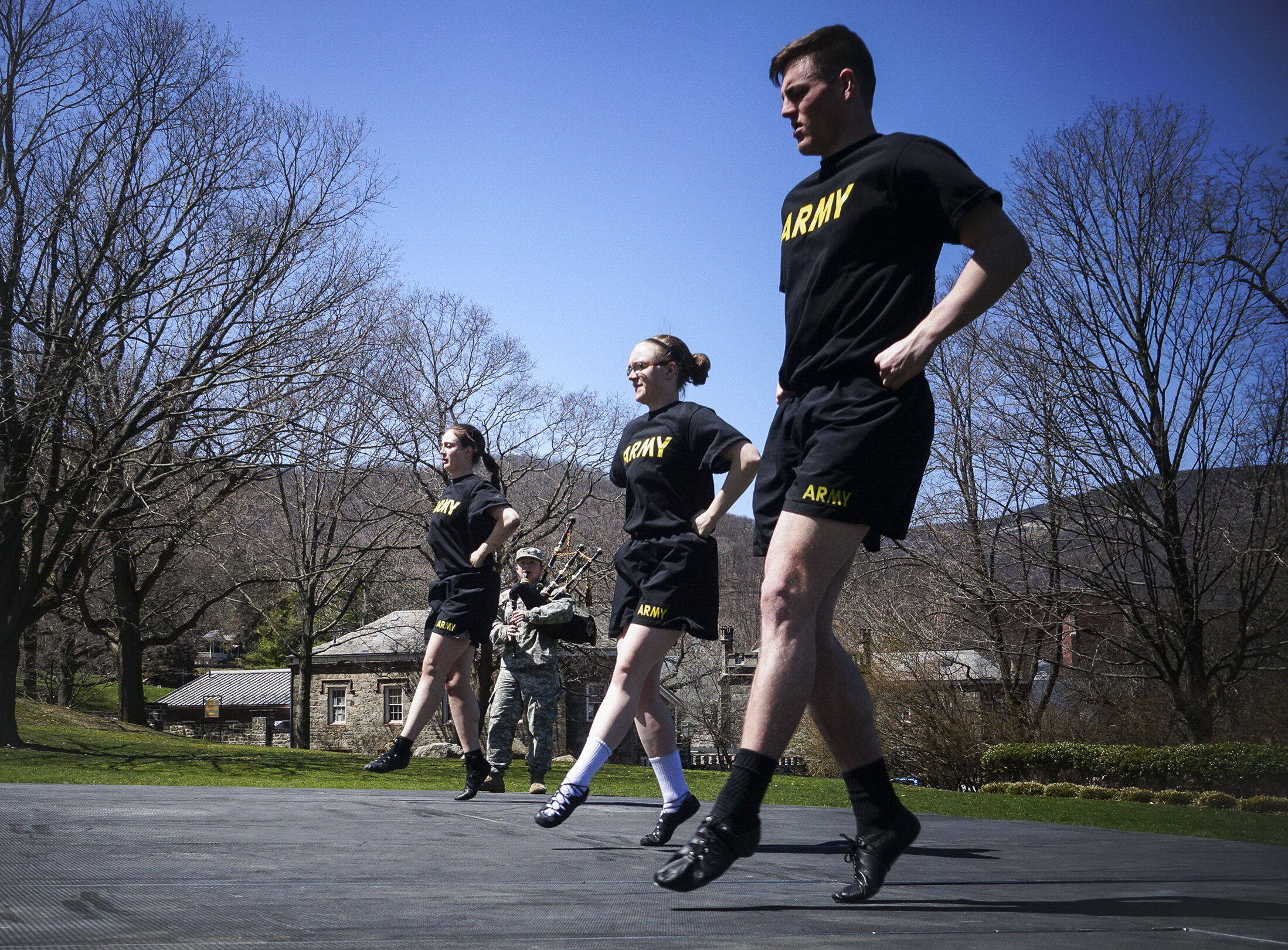
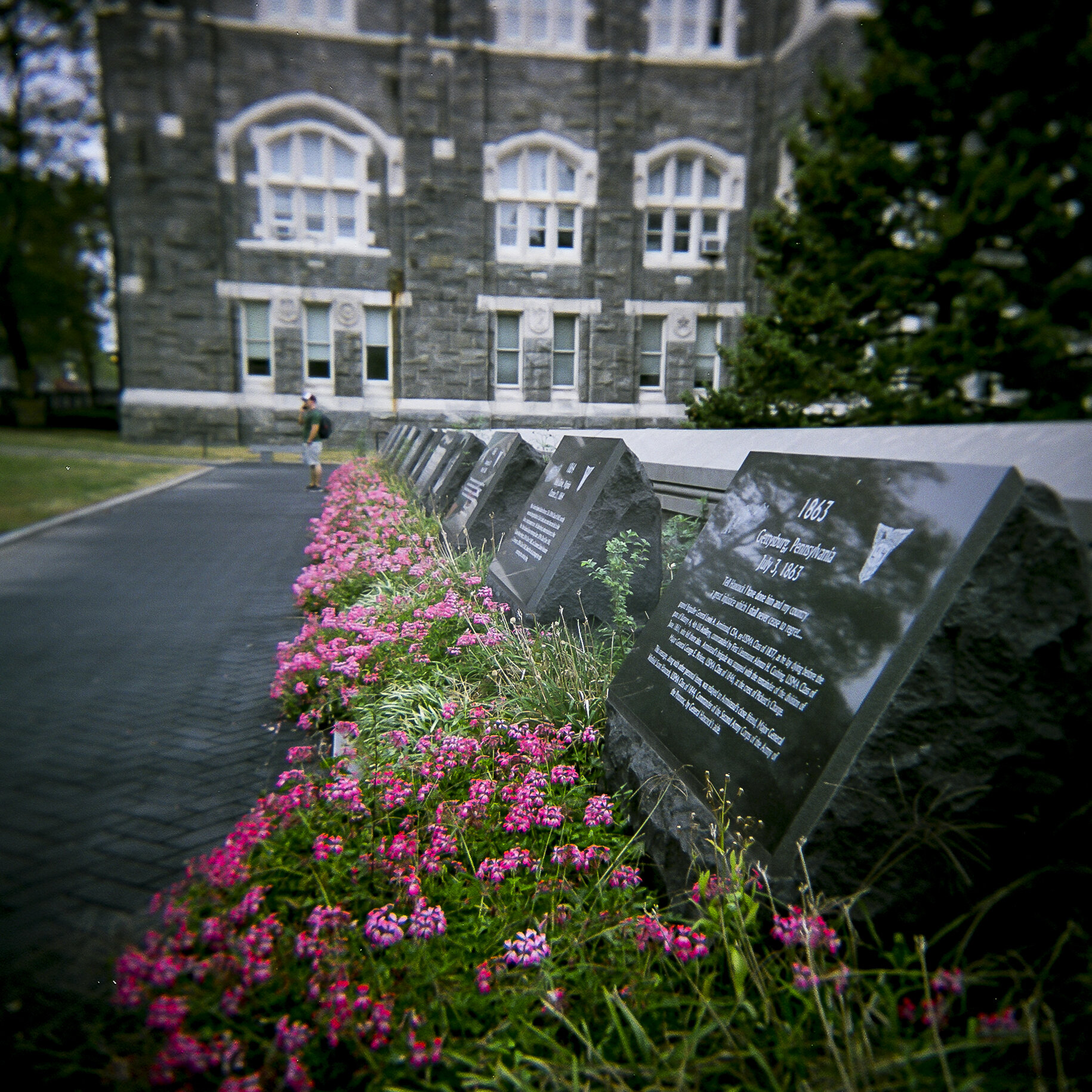
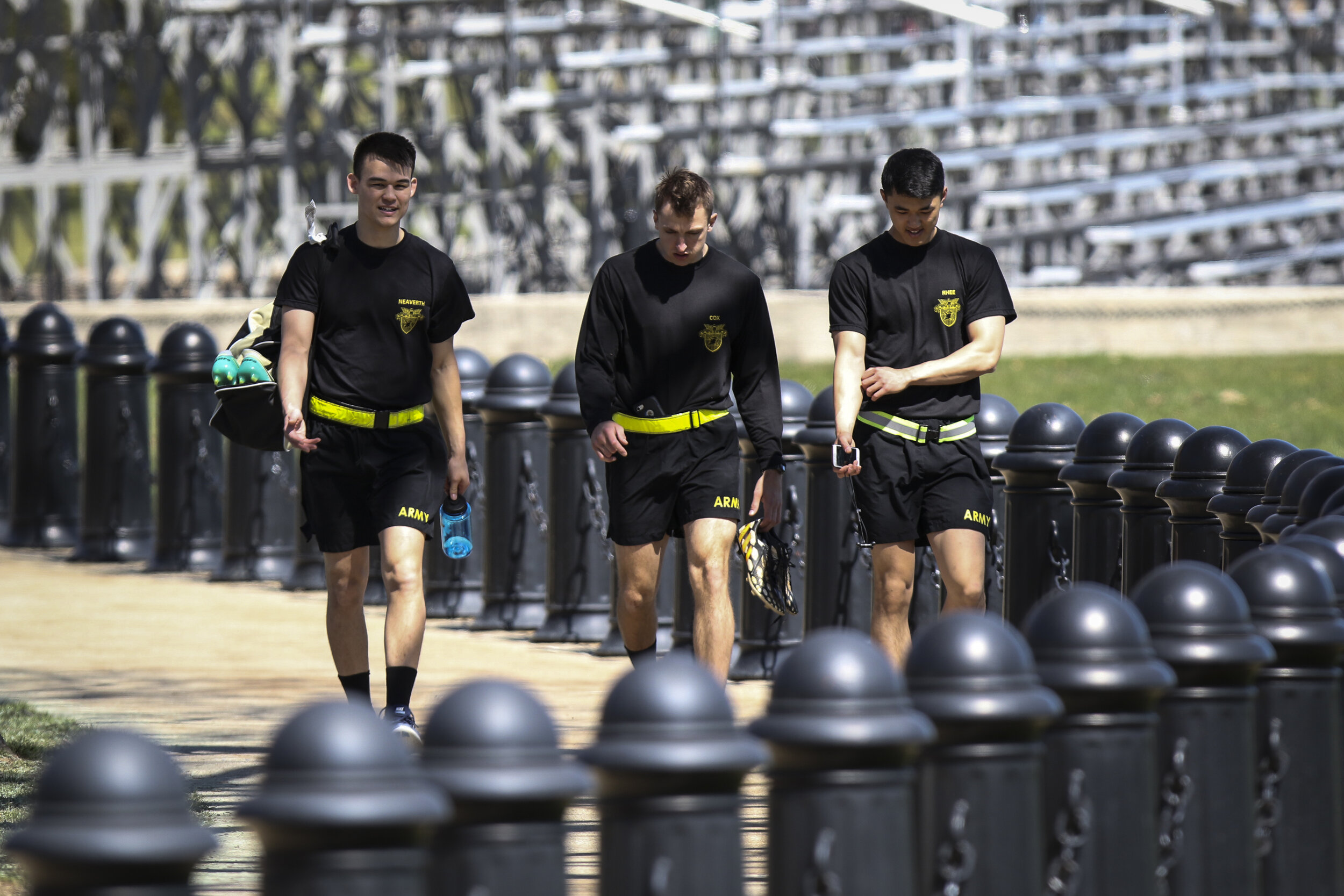
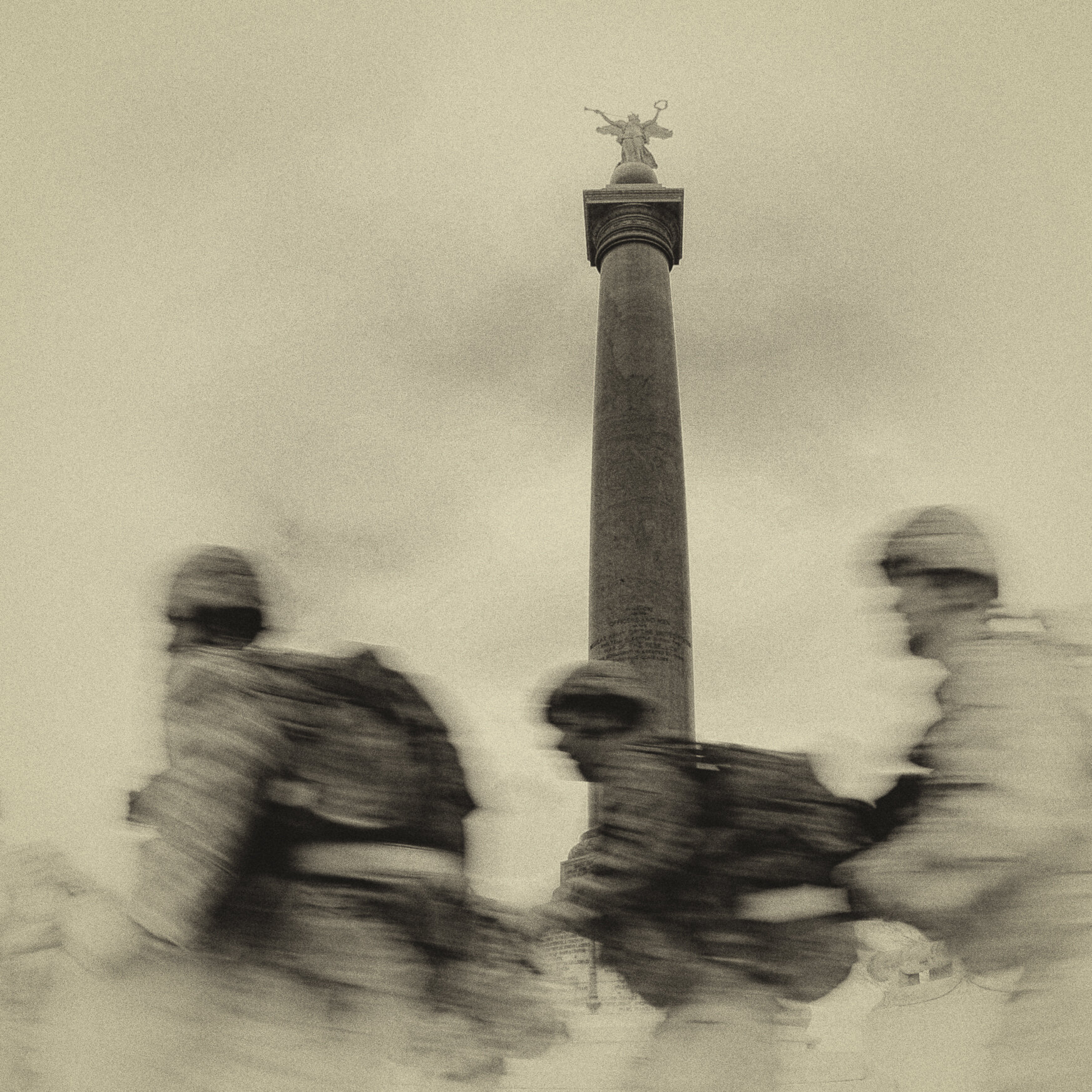
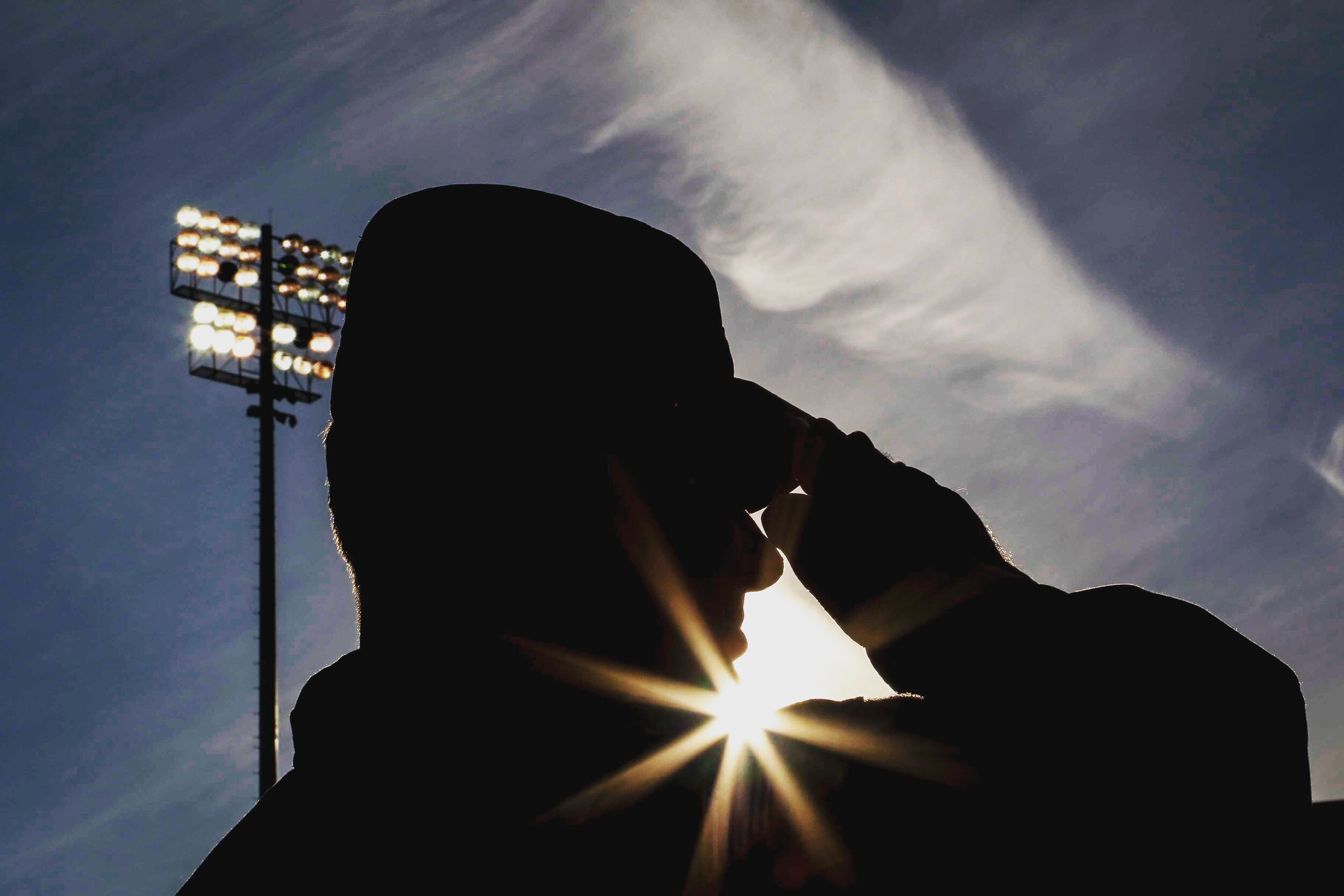
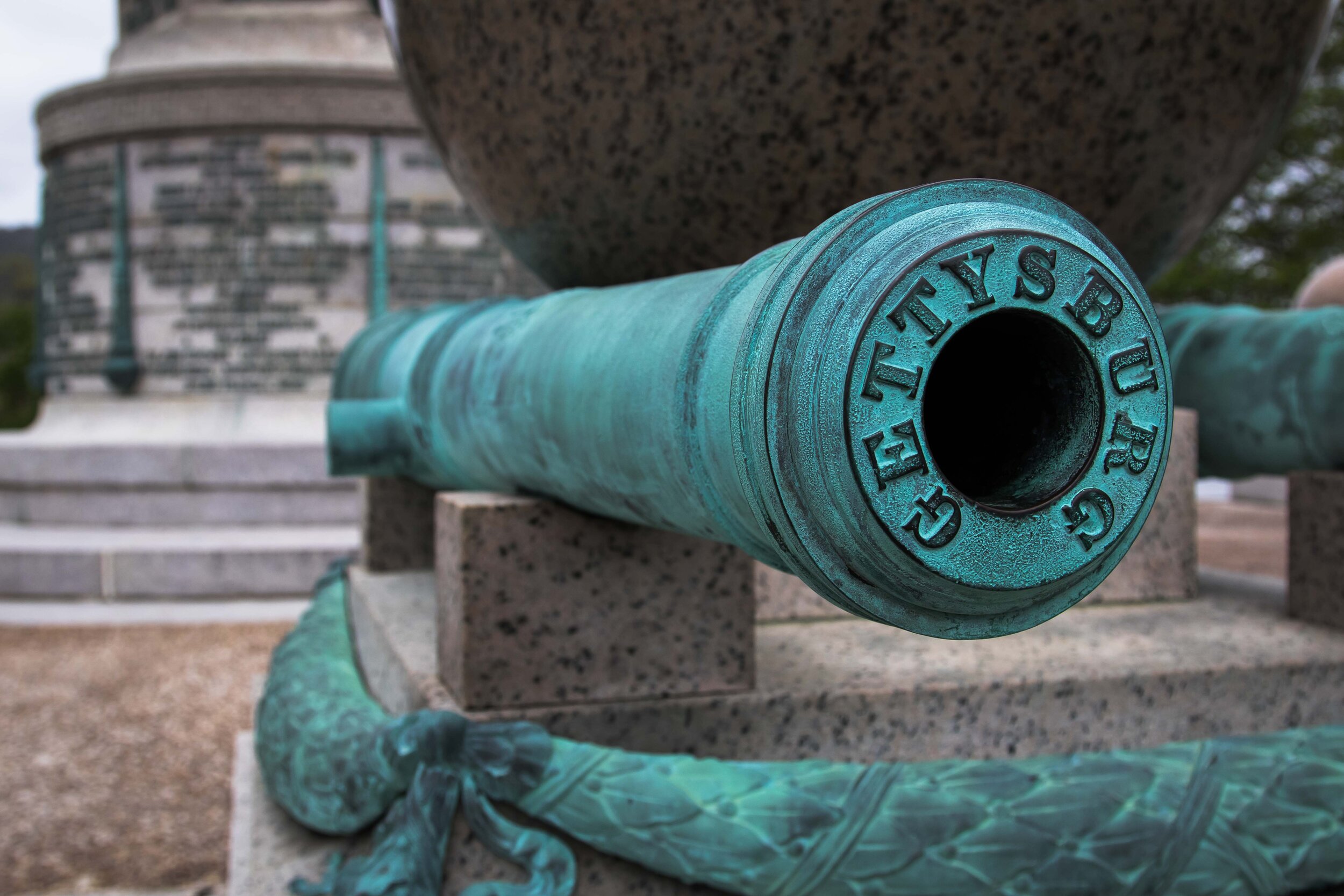
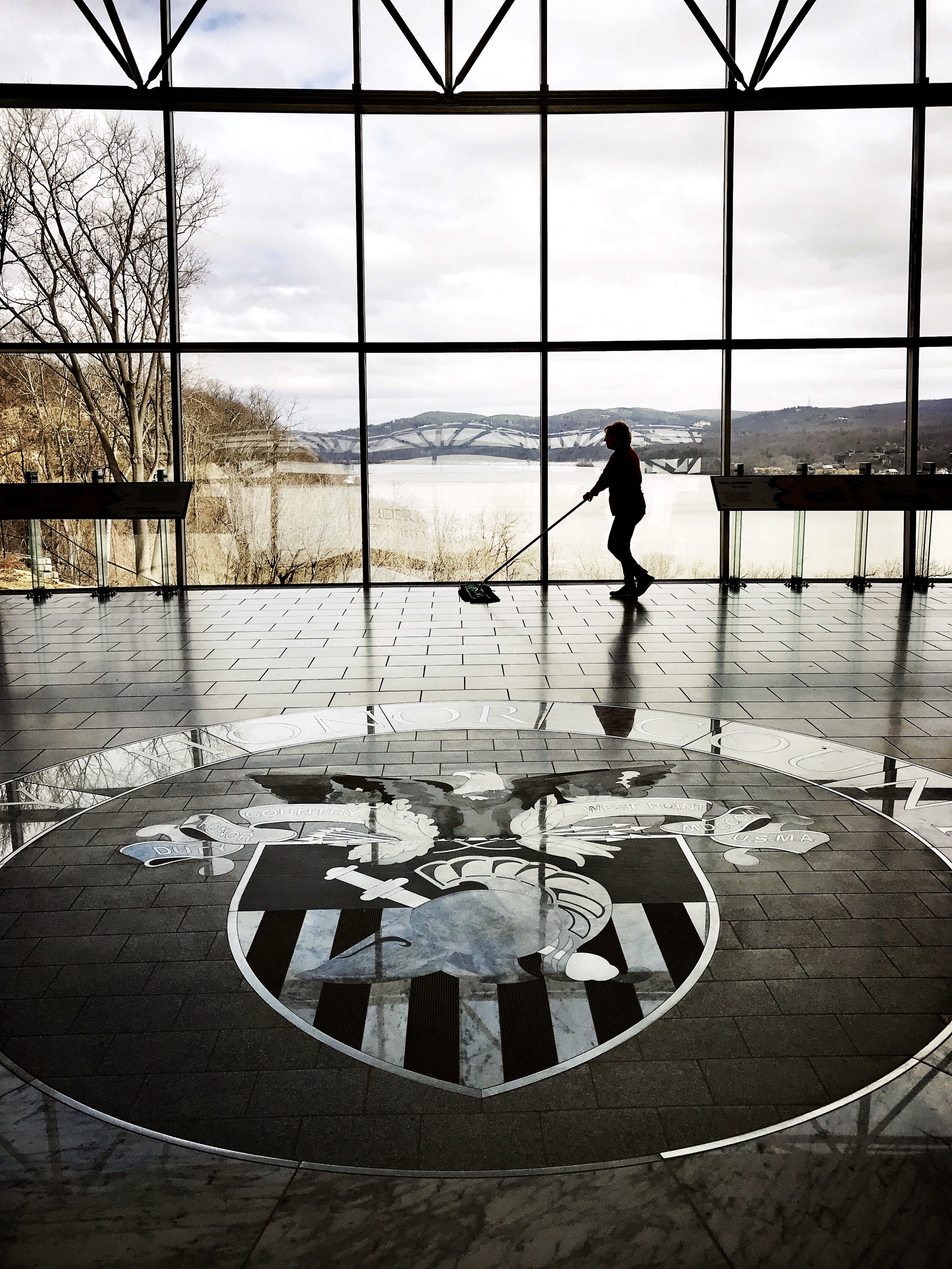
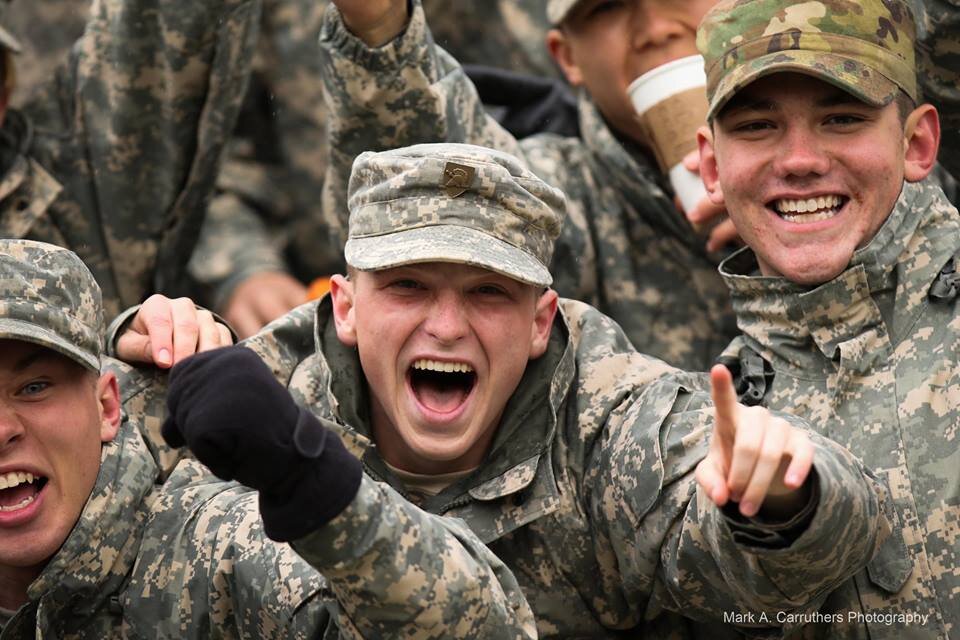
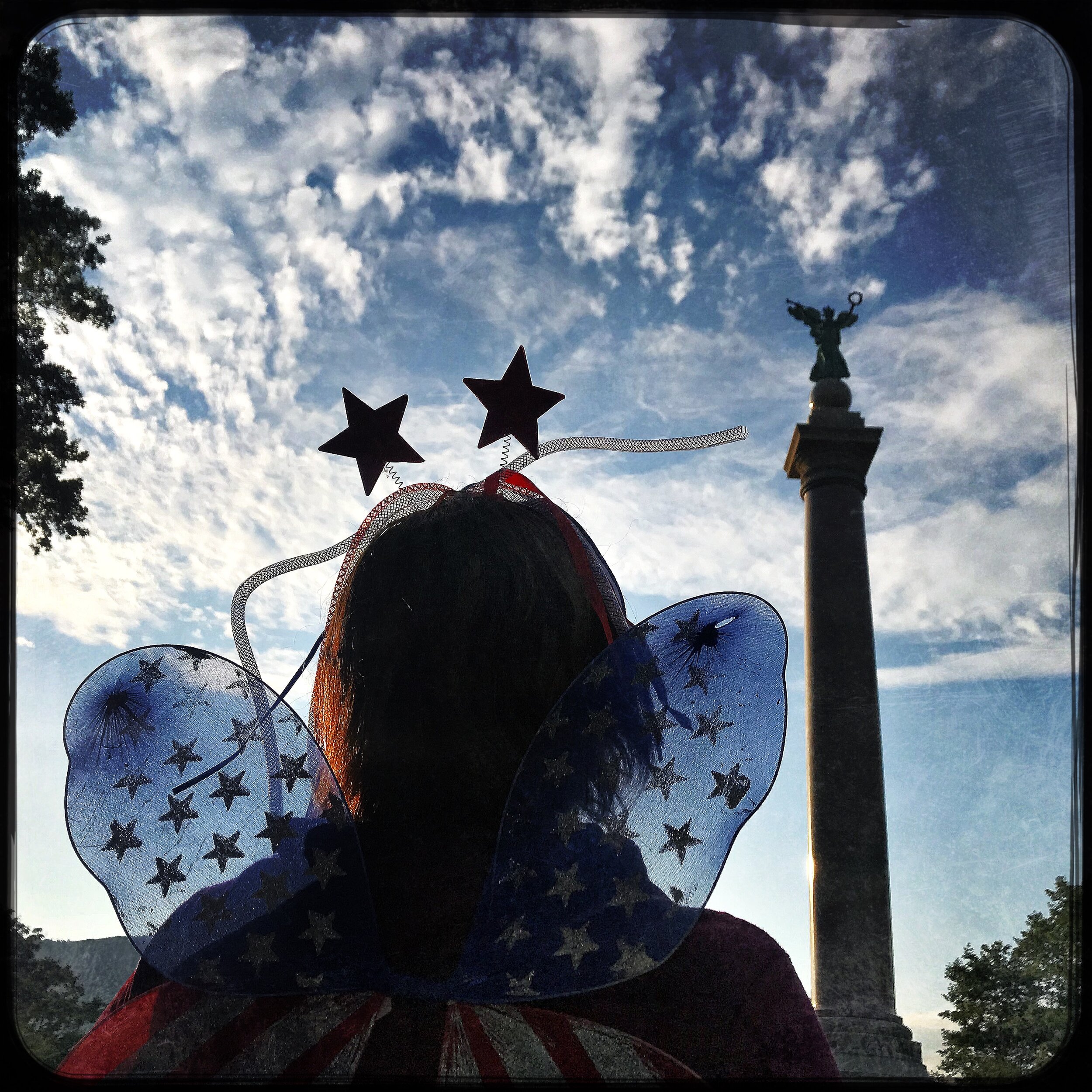
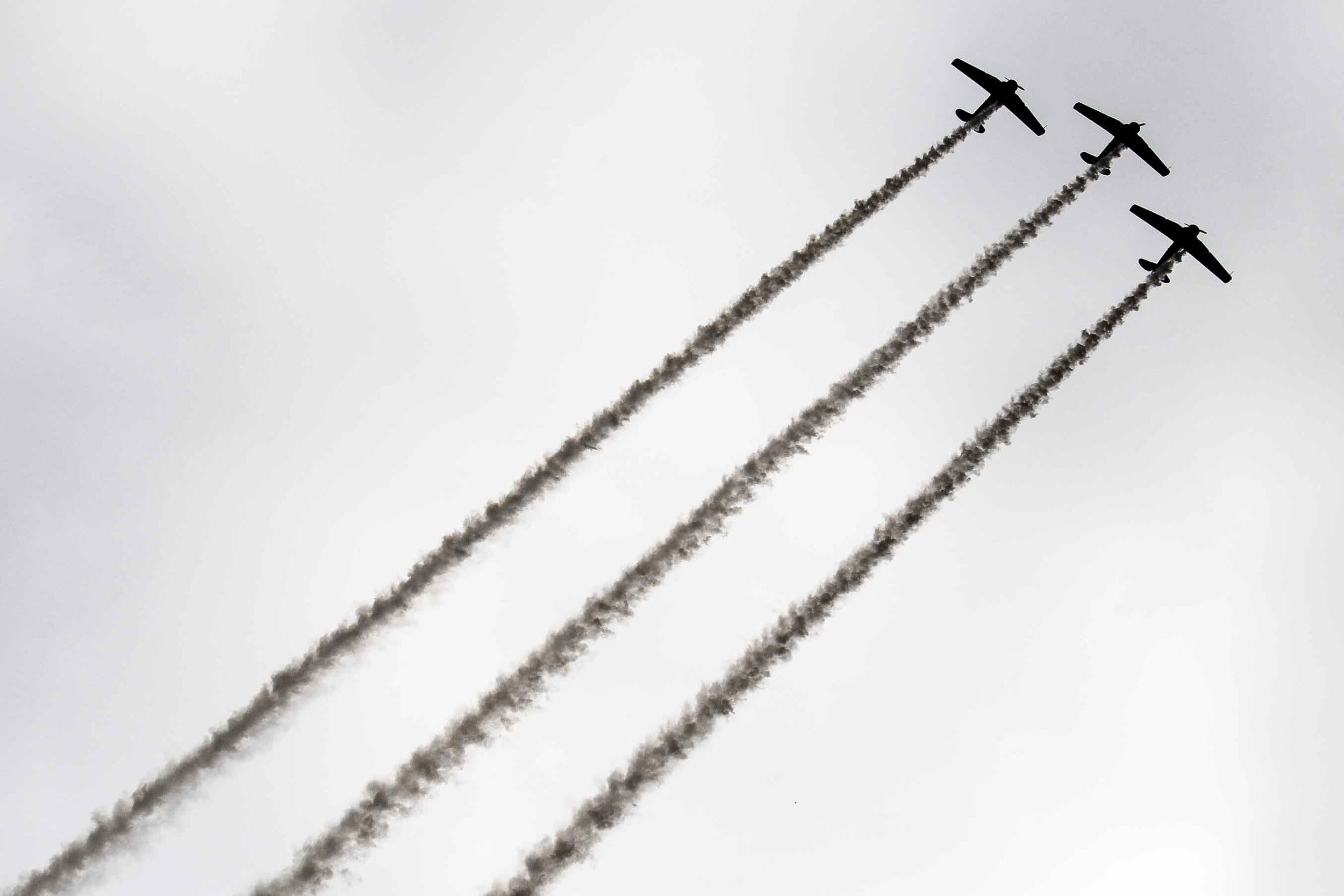
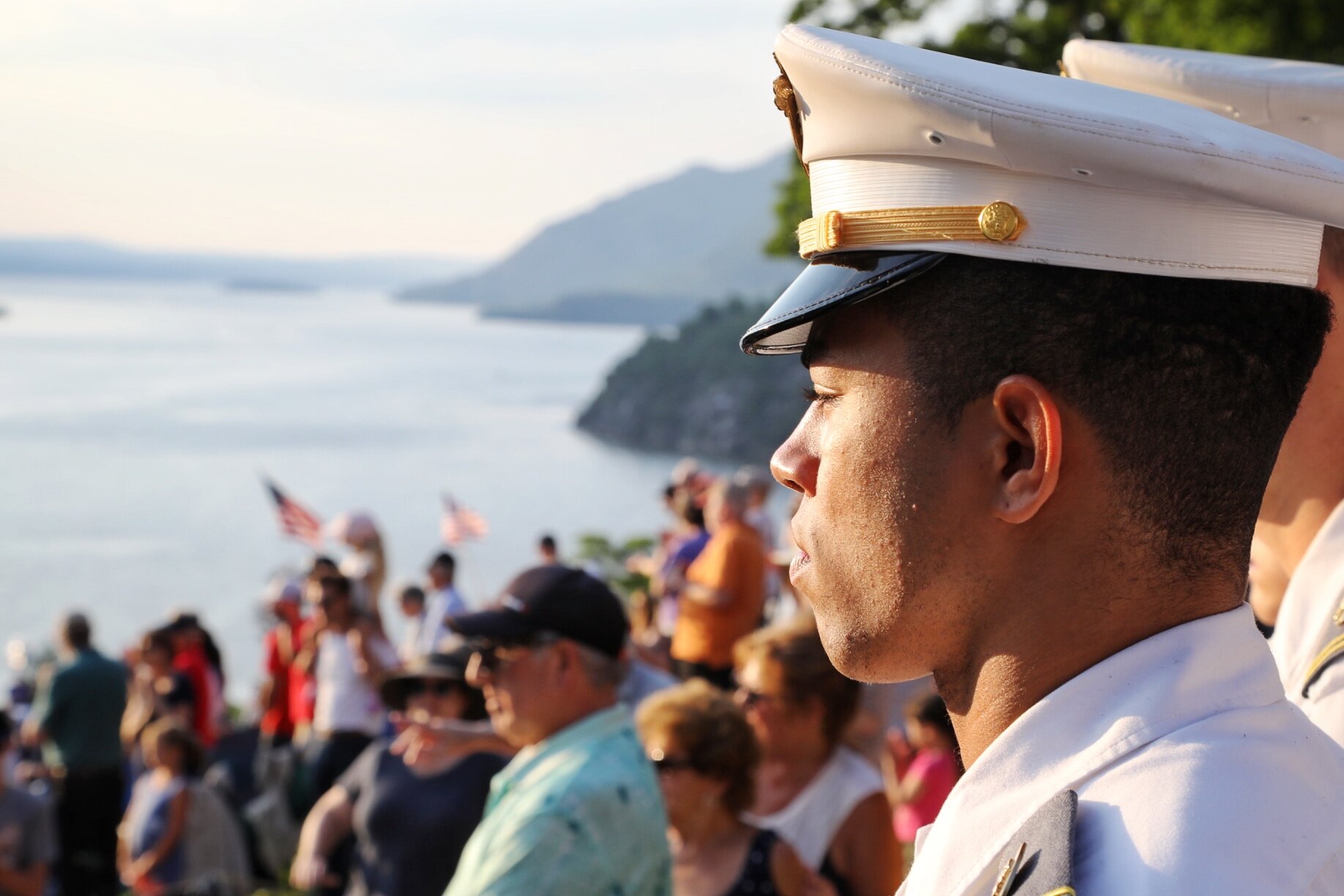
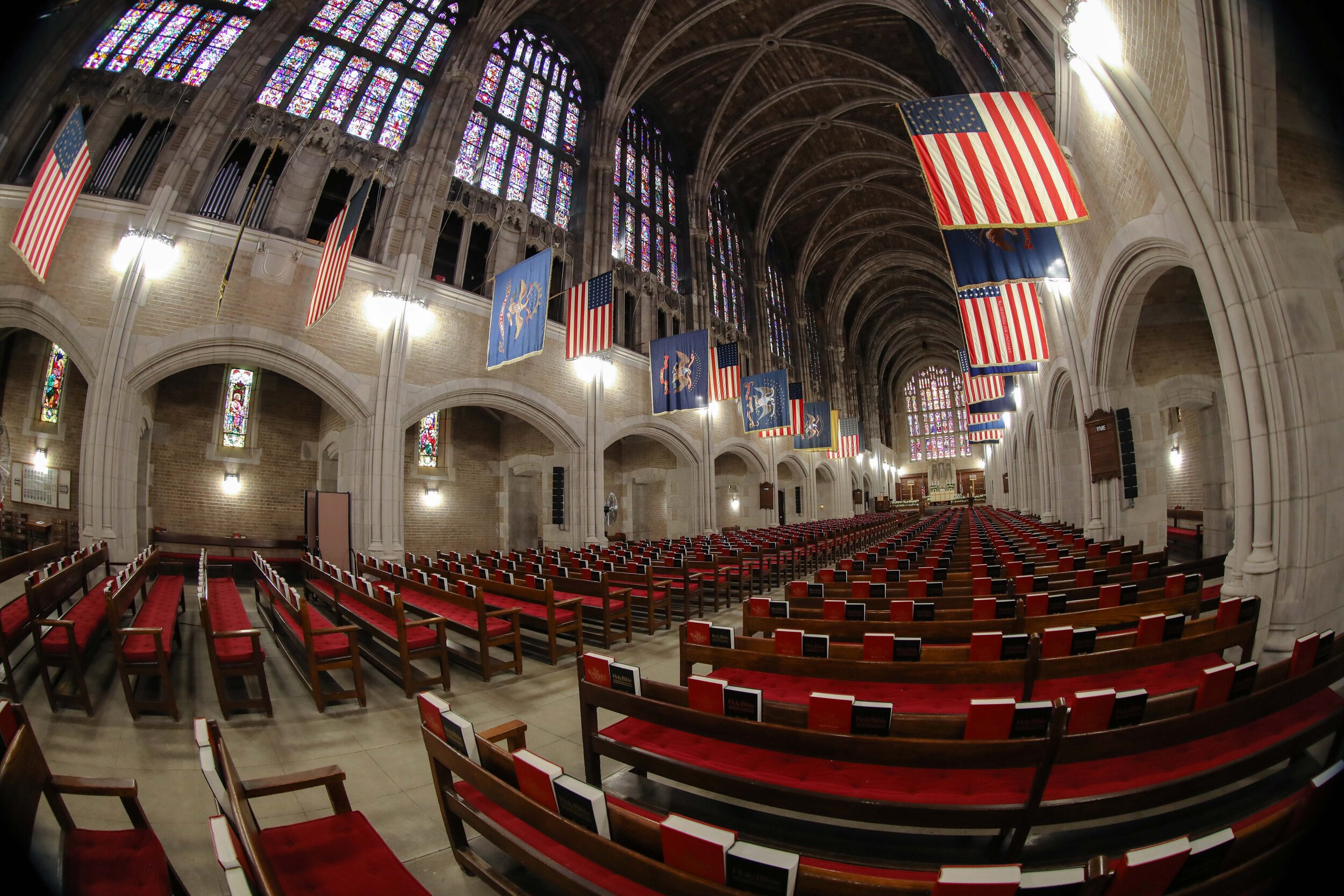
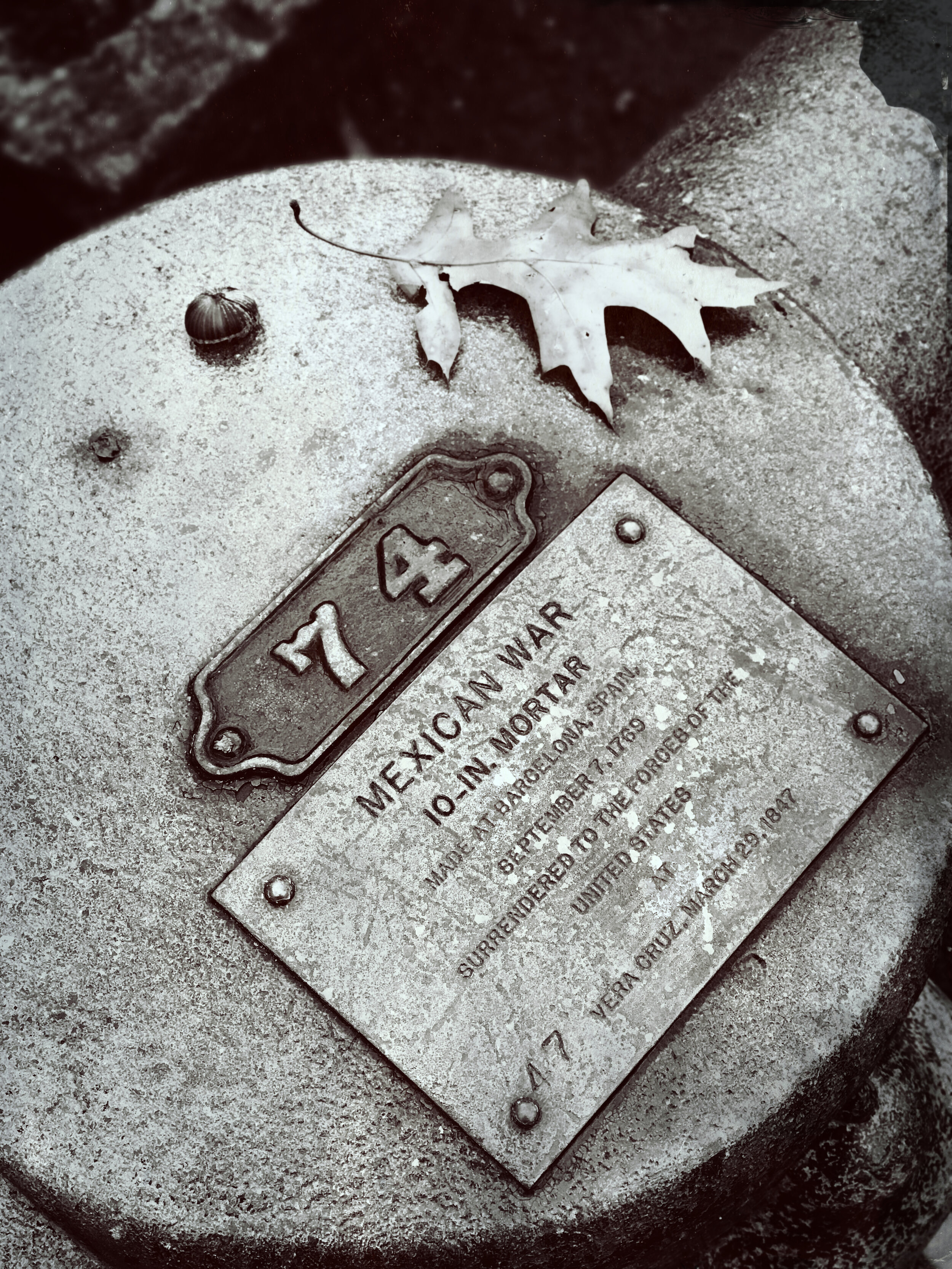
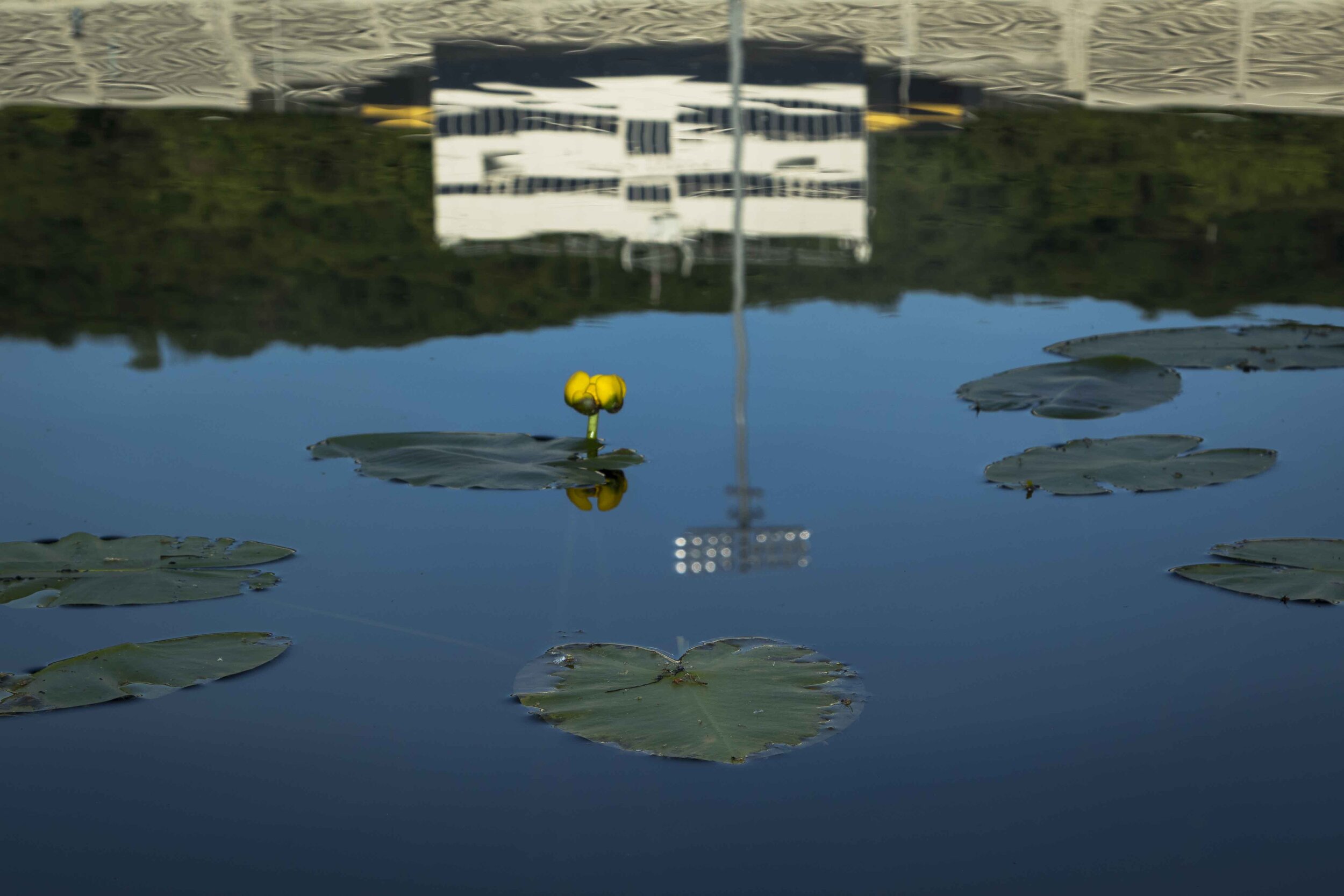
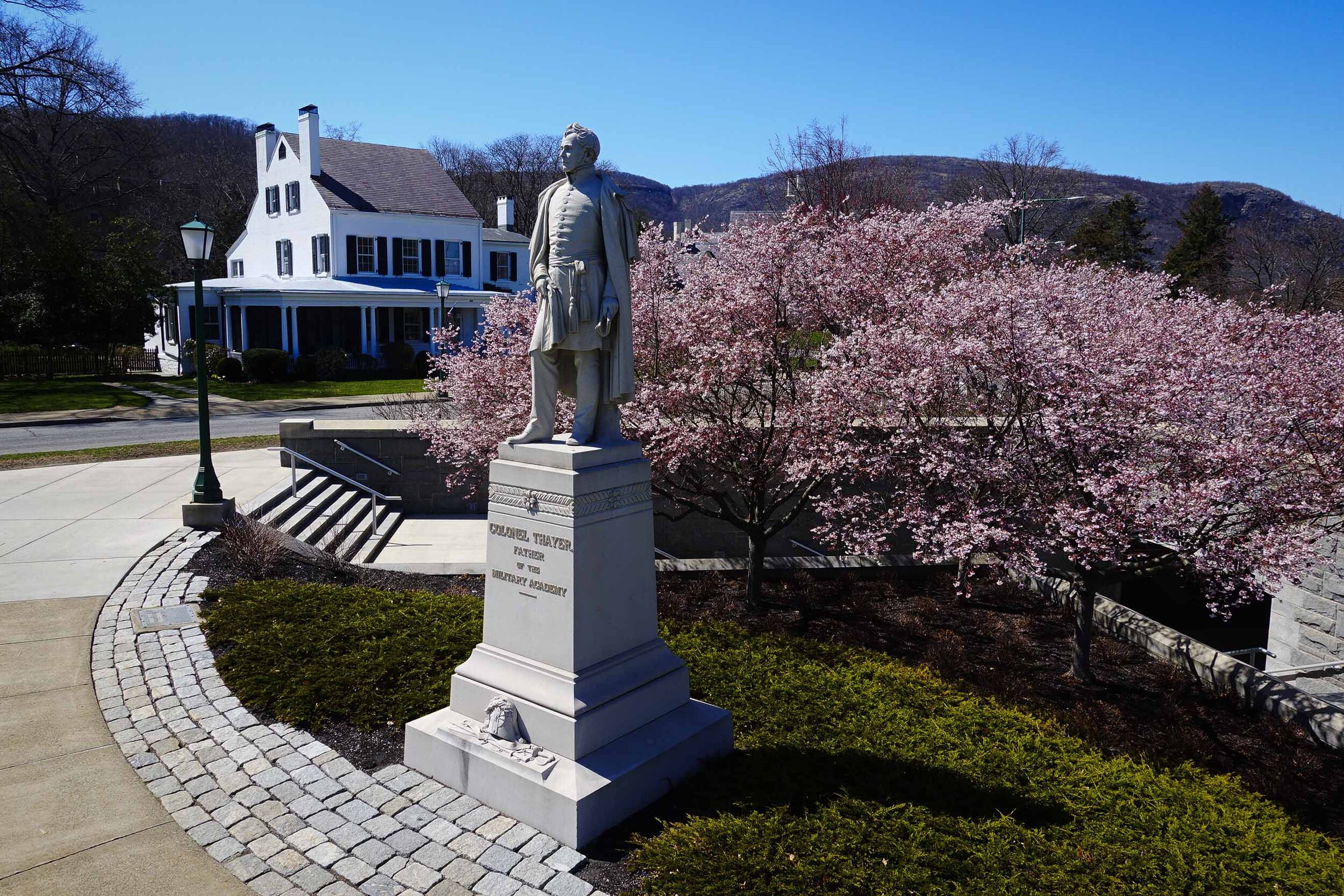
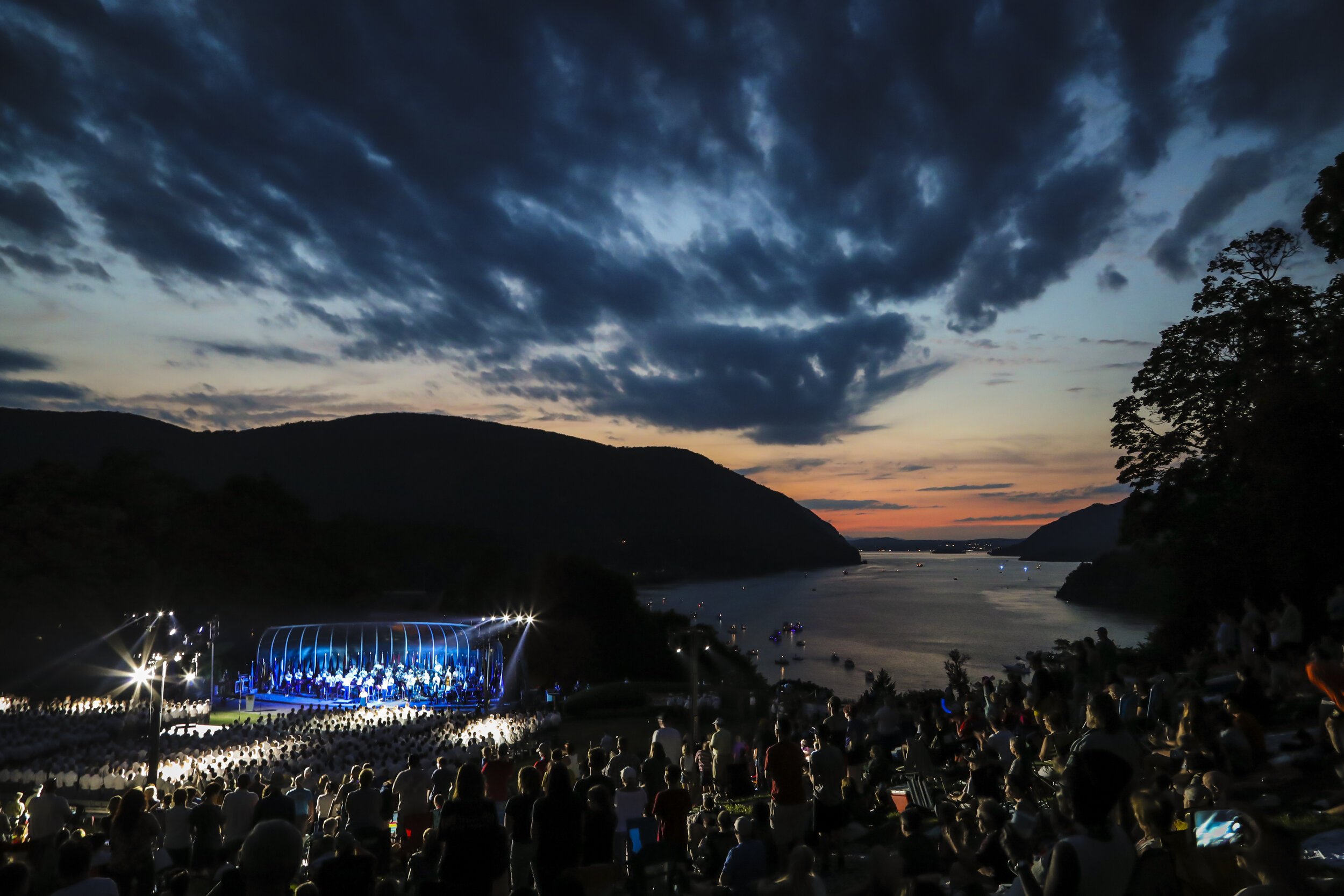
Only time will tell what happens over the next 200 years. Safe to say, many men & women will graduate from this fine institution and change the world. I’ve met many cadets over the years and have never been disappointed. They are some of the most respectful, courteous and ambitious young adults you will ever encounter.
Until next time…
Cheers.
Life Isn't To Be Hoarded...
“If you look at what you have in life, you’ll always have more. If you look at what you don’t have in life, you’ll never have enough.”
~ Oprah Winfrey ~
St. Patrick’s Cathedral - NYC
It shouldn’t come as a surprise when economists predict the 2nd half of 2021 may resemble the roaring ‘20’s. A time of unprecedented jubilation… Henry Ford ushered in the Model-T… the Charleston took over the dance floor… and jazz music was the genre of choice at the Savoy in NYC.
Perhaps what’s old is new again?
As much as I don’t think flappers are coming back anytime soon, I am thinking the pent up energy of the last 12+ months coupled with the yearning for some degree of normalcy is about to explode.
Last week the airline industry reported occupancy is back to 50% (a far cry from the low of 10% at this time last year). Summer rentals in the NY/NJ/CT area are completely sold out. And, a friend recently told me they rented a summer house in the Hamptons for one week for the paltry sum of $10,000 (note to self: You could buy 2 or 3 new cameras for this amount of money!). Regardless how you reach your summer destination this year, suffice to say, people are on the move.
We’ve all experienced some level of anxiety during the pandemic. I’ve been very fortunate in many regards. Although I managed to contract Covid in April 2020 and coughed/wheezed for 10 days, most elements of my personal & business life weren’t effected. I’ve worked from home for 25 years; thus, various forms of technology were already in place. The idea of quarantining wasn’t new to me either as I work by myself. Even getting out to take pictures didn’t vary much. Photographers are lone wolves by nature and do their best work roaming at their own pace. A short drive to Harriman State Park and I can wander in the woods for hours.
Many friends and family members weren’t so lucky. They dealt with heartache, loss of jobs and/or reduced income, mental stress & loneliness and in many cases, the challenge of working from home while simultaneously educating their children. God bless all of these people for their courage & resiliency.
Park City, Utah
The vaccine rollout seems to be gaining in America and adding hope as we approach Easter Sunday. Our brothers and sisters in Europe aren’t as lucky and continue to struggle with another wave of this terrible virus as vaccine availability isn’t quite up to par. Hopefully, the world can band together and help all nations control this pandemic. Time seems to heal all wounds, but some level of teamwork seems to be in order.
As I put the finishing touches on this post, the sun is radiating through the office window on what looks to be a another glorious day, and the daffodils out front are dancing to the light of a new day.
Until next time…
Cheers.
Simple Pleasures
“I wish he looked at me the way I look at coffee.”
~ Anonymous ~
Our love affair with coffee is undeniable. It’s the morning drug of choice and its intoxicating effects are celebrated around the world on a daily basis.
Some might say, it’s a warm hug on a cold morning… a social moment shared between friends… or simply a relaxing pause during the day.
However, you look at it - it’s pure magic.
More than 400 billion cups of coffee are served around the globe each year and this figure continues to rise at an annual clip of 1.3%. Coffee is also the most widely served beverage on the planet… surpassing even tea.
According to 2019 statistics, Europe is the largest coffee market and consumes 34% of world production; followed by Asia/Oceania at 22% and then North America and Latin America at 19% each.
Here in the USA, the celebrated bean is consumed by 64% of Americans with the average person drinking 3.1 cups per day. Our on-the-go culture reveals New York, Washington and California as the leaders in consumption.
Europe on the other hand, has a passionate relationship with coffee and prefers to stop time when coffee is being celebrated. Everything from the brewing to the sipping is done in a tender, caring manner. It’s a loving time out during the day not to be compromised.
I’m sure many of you have also experienced coffee, cappuccino or expresso being served in porcelain cups in Paris, Madrid, Rome (insert your favorite city) to maintain temperature… and as a gentle reminder to live in the moment.
A couple of years ago on a trip to Portugal, we were rushing to catch the metro in Lisbon on a Monday morning (8:00am) and floundering with the ticket machine. After losing patience, we opted to find the ticket booth and a live person. To our surprise, we quickly discovered there was nobody in the booth. This seemed odd considering it was rush hour… albeit European style. A kind stranger noticed our tourist desperation and pointed to a gentleman across the way in a coffee shop standing at a side counter. His colored vest signaled a metro employee and I gently approached him to ask a question. Without hesitation, he politely showed me his ‘stop now’ hand and pointed to his expresso and stated in broken English, “I’ll be back in 5 minutes.”
Coffee is serious business.
Former Starbuck’s CEO, Howard Schultz, discovered this fact decades ago and wanted to bring the European coffee lifestyle to the States. He’s done a remarkable job promoting the romance and ambiance and has certainly branded the Starbuck’s name and culture (next to Nike, McDonalds & Apple, the Starbucks logo is one of the most recognized corporate logos on the planet). However, having experienced both the US and European coffee vibe, I can safely say, it’s more enjoyable on the other side of the Atlantic. It always seems to add a peaceful element to the day.
If we’ve learned anything in the past 12 months, it’s focus on the essentials in life and live in the moment. This may be easier said than done, but should be a key component to every day life.
Sometimes the simple pleasures are the most delightful.
Until next time…
Cheers.
St. Moritz, Switzerland
Winter Photography Tips...
“Oh the weather outside is frightening…” but, it doesn’t have to be when it comes to winter photography. A little planning and some common sense can go a long way this time of year. A little guidance can turn a cold weather endeavor into a most enjoyable adventure.
Let’s start with the basics.
Clothing: Keep your core, feet & head protected. I realize most people are simply shooting winter landscapes in their backyard or local park. Should you travel, ski or hike to your destination, your body temperature starts with your core. Multi layers is best and affords the opportunity of adjusting as temperatures rise. Note to self: Weather changes quite a bit in the mountains! Don’t underdress… you can always lose a layer if need be.
If you’re going to be doing any type of outdoor activity, a base layer of polypropylene or any type of moisture wicking clothing is a must. The old expression, “Cotton kills” is trite to a certain extend, but does have merit. Getting the moisture off your body is key to staying warm & comfortable.
A good pair of waterproof or water resistant boots can never be understated. I don’t know about you, but if my feet get wet… I’m done. I can no longer concentrate on the task at hand. Because feet perspire more than you realize, a good synthetic sock consisting of wool, isowool, fleece, shearling, etc. is required for warm, dry feet. Some people still like the multi-sock approach. I’ve personally never found much use in this strategy as more isn’t better, but rather “Better is better.” Use technology to your advantage.
As for your head… keep it simple. I don’t have as much hair as I use to, so I find a nice wool blend is best. Hats come in different sizes, blends and so forth, so it’s a personal choice. I’ve had some comfortable hats over the years that were great until a windy day came along and I quickly realized a thicker hat was needed. Trial & error… and perhaps more than one hat for different types of weather may be the best approach.
A few extra items to consider: Don’t forget your suntan lotion, sunglasses and perhaps a few hand warmers. Snow is similar to water and reflects more light than you might realize. Protect your skin & eyes on sunny days. Also, I’ve never found the perfect glove for shooting in winter. Heavy gloves, light gloves, fingerless models… they all have pros & cons. I usually take my gloves off for bursts of time as I like to feel the camera & control the dials on the camera(s). Once I snap a few frames, they go back on. On bitterly cold days, a couple of hand warmers come in handy.
Camera: Depending on the severity of the weather, cameras do get finicky in cold temperatures. Fortunately, the digital age has eliminated the concern of yesteryear when film would sometimes rip when advanced. For anyone old enough to remember these fond memories, God bless you. It’s nice to now have digital technology for cold weather photography. One thing everyone should be conscious of is mirror and lens fogging. It doesn’t happen often, but too extreme a temperature change can be problematic. Try to let your camera gear acclimate to the temperature change. A lens cloth will also help remove moisture from the exterior of your lens.
Keeping an extra battery close to your body (i.e. inside pocket) is also advisable. Batteries are much improved these days, but still subject to cold weather fatigue. If it hasn’t happened to you yet, they will fail at the worst possible moment.
As for type of camera(s)… that’s up to you. I remember ski photographers in Lake Tahoe back in the ‘80’s who carried a full backpack with them on powder days. I’d venture to say, they had 20-25lbs consisting of two bodies and multiple lenses. Some people may still follow this mantra today as they want various tools at their disposal. I don’t tend to fall into this camp. I’m more of the “Match the tool with the job” kind of photographer. If I’m doing something local and my car is near by, I’ll carry my tripod, full camera bag and lenses. If I’m skiing and/or hiking, I cut down the size and weight for simplicity. I should also add… I’m no longer 25 years old, so less weight = less work = more energy!
What’s in my bag you might ask? These days I find myself shooting with a Canon 5D IV, Canon 7D Mark II, Sony RX100 IV and my iPhone 7s (yes, yes… time to upgrade!). I tend to use what strikes my fancy given the situation, but will admit to thoroughly enjoying the smaller Sony model. It’s not perfect for every situation, but has plenty of muscle for skiing or action/adventure activities.
There you have it… no excuses for not shooting winter activities. It’s a beautiful time of year and the pictures you capture will be well worth your time & effort.
Mountain Creek, NJ





